I never thought that I could visit a Shinto shrine in Taiwan. “Shinto” or the way of the Gods is the religion of Japan. When the Japanese made Taiwan their colony, they also brought in their religion and culture. The Taoyuan jinja or Taoyuan Martyr’s Shrine was one of the “jinja” or Shinto shrines that were built during the last period of Taiwan’s Japanese colonization (1895-1945). In Shintoism, nature is worshiped as well as the people’s ancestors. One of the gods worshiped here is “Amaterasu” or the celestial sun goddess which is considered as an ancestor of the Japanese royal family.
 |
| “nagare-zukuri” architecture in the temizuya |
 |
| “nagare-zukuri” in the honden |
The shrine was designed by Haruta Naonobu and was built in 1938. The architecture of the buildings follows the flowing style or “nagare-zukuri” which is very evident in the curves and slopes of the roofs. “Nagare-zukuri” is a traditional Shinto shrine architecture. The buildings are made of cypress and I was amazed with the woodworks especially the areas underneath the roofs and the connections of the roofs to the pillars.
 |
| The entrance to the Taoyuan Martyrs' Shrine |
I made a research on the internet about this historical site. News articles and bloggers who had been here already posted a story about this place. A fellow blogger said that there was a time that the Taiwanese government ordered the destruction of Shinto shrines. It was either the shrines were totally destroyed or were converted to suit Taiwanese religions. It was said that the Taoyuan County government never heard of such rule to destroy Shinto shrines and that could be the reason why this shrine was preserved. Today, it is the most intact and completely preserved Shinto shrine in Taiwan and it houses the memorial tablets of Taiwan’s heroes.
 |
| I was walking in Section 3, Chenggong Road until I found this staircase. |
 |
| The stone lanterns or the “ishi-doro” |
 |
| a large ishi-doro |
 |
| Even this smaller version is too tall for me. Haha! |
 |
| “torii” gate |
 |
| Entering the gate means going to the realm of the Shinto |
I boarded a local train from Nangang Station to Taoyuan Station and then transferred to Bus 105 at Tonlin Department Store. After ten to fifteen minutes, I alighted Taoyuan Veteran’s General Hospital. I walked for about 5 minutes until I found a Chinese marker for the Taoyuan Martyr’s Shrine. I climbed the stairs until I was greeted by the “torii” or shrine gate and stone lanterns or “ishi-doro”. There were four small similar stone lanterns and two large ones near the “torii”. It was my first time to see such structures. The “torii” is not only a gate. It also represents the boundary of the ‘human world’ to the ‘spirit world’. Entering the gate means that I just entered the world of the deity being worshiped for.
 |
| "temizuya" |
 |
| Cleanse your soul in the temizuya |
 |
| The roof of the temizuya |
 |
| "shamusho" |
 |
| The roof of the facade |
 |
| The whole structure looks like a helmet of a samurai. |
The pathway I was walking is called the visiting road or “sando” and in visiting a Shinto shrine in Japan, one must cleanse himself by going to the “temizuya” or the water-house. The act of cleansing the mouth and hands will purify the mind and soul of the worshipper. It was located on the left side upon entering the “torii”. Walking straight, I passed by the shrine’s administration building or the “shamusho”. The building’s roof structure is very similar to what I see on Shinto shrines in Japan on the internet.
 |
| bronze horse |
 |
| sitting on the "sando" staircase |
 |
| lion-dog or "komainu" |
 |
| "mizugaki" |
 |
| The Main Hall or the "haiden" |
 |
| The Imperial Seal of Japan or the Chrysanthemum Seal |
 |
| inside the Main Hall |
 |
| This side room contain tablets for Taiwan's heroes. |
 |
| The view from the tablet room |
 |
| From the tablet room, you can see "honden". |
 |
| The Main Hall as seen from the tablet room |
 |
| The "honden" or the Deity Hall |
 |
| A "tamagaki" prevents visitors from going inside the honden. |
 |
| free-flowing style architecture |
 |
| I was really impressed by the design of the building. |
 |
| The "kami" or the Shinto god is housed in the honden. But when I zoomed my camera, what I saw were tablets. |
 |
| design on the door |
I climbed again another staircase and I noticed two lion-dogs or “komainu” that acts as guardians of the shrine. A middle door with a “suigai” on both sides and a see-through fence called “mizugaki” acts as a fence of the Shinto shrine. The Main Hall or “haiden” is the place where people worship the gods while the Deity Hall or “honden” is the heart and soul of a Shinto shrine and contains the “kami” or the Shinto gods. It is constructed higher than the “haiden” and one must climb the stairs. I could not enter the “honden” as it was protected by a wooden fence called a “tamagaki”. In Shinto shrines, only certain people can enter the “honden” and most people worship in the “haiden”.
Exploring the Taoyuan Martyr’s Shrine place was like taking some units in Asian History specifically in Asian Religions. There are still other surviving Shinto shrines in Taiwan and I will visit and explore them someday. Until the next lectures of Shinto 101, "Class dismissed".
Sakura Series - Taiwan

2026 Forecast
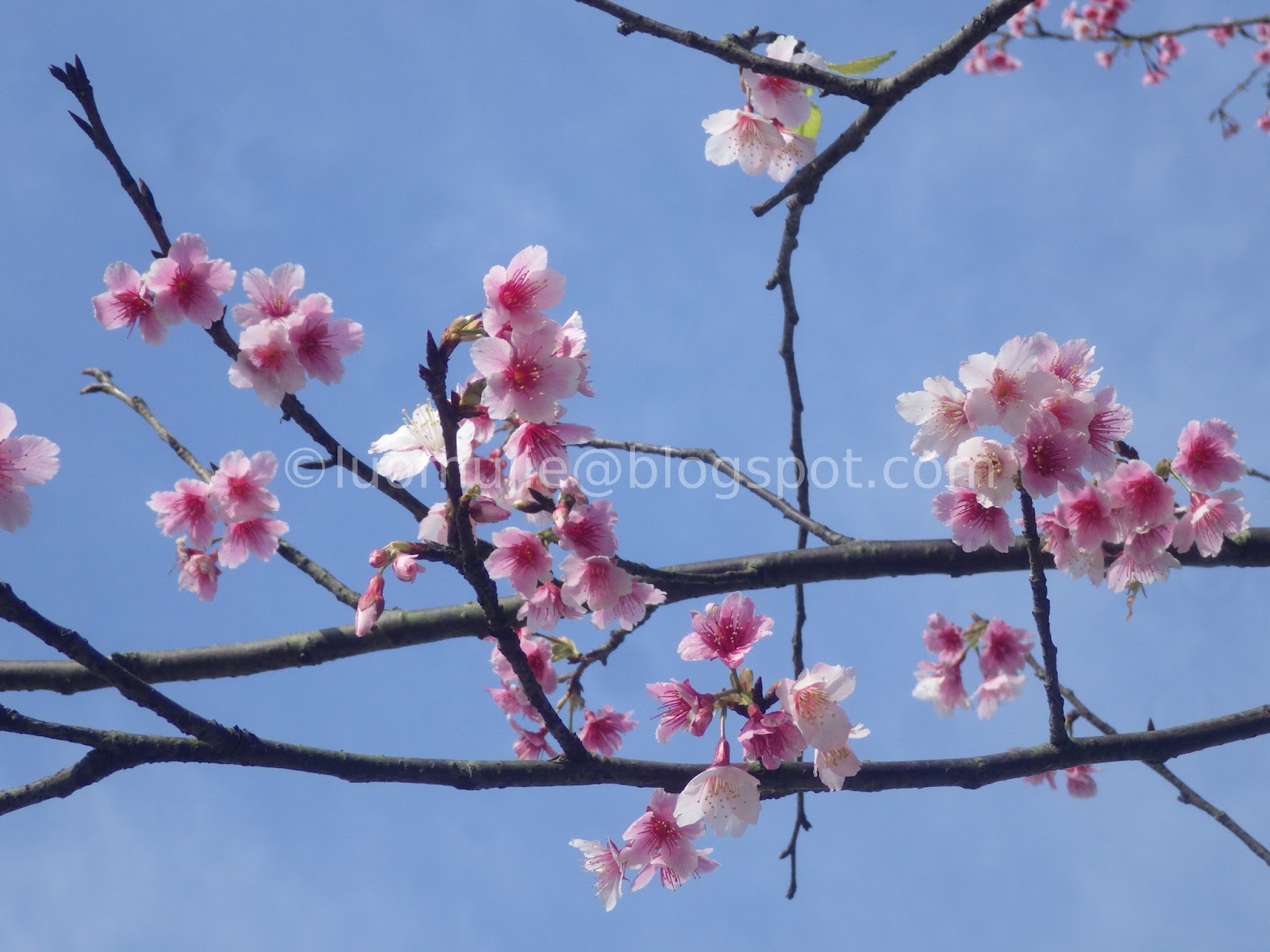
Taipei 101 first flowers
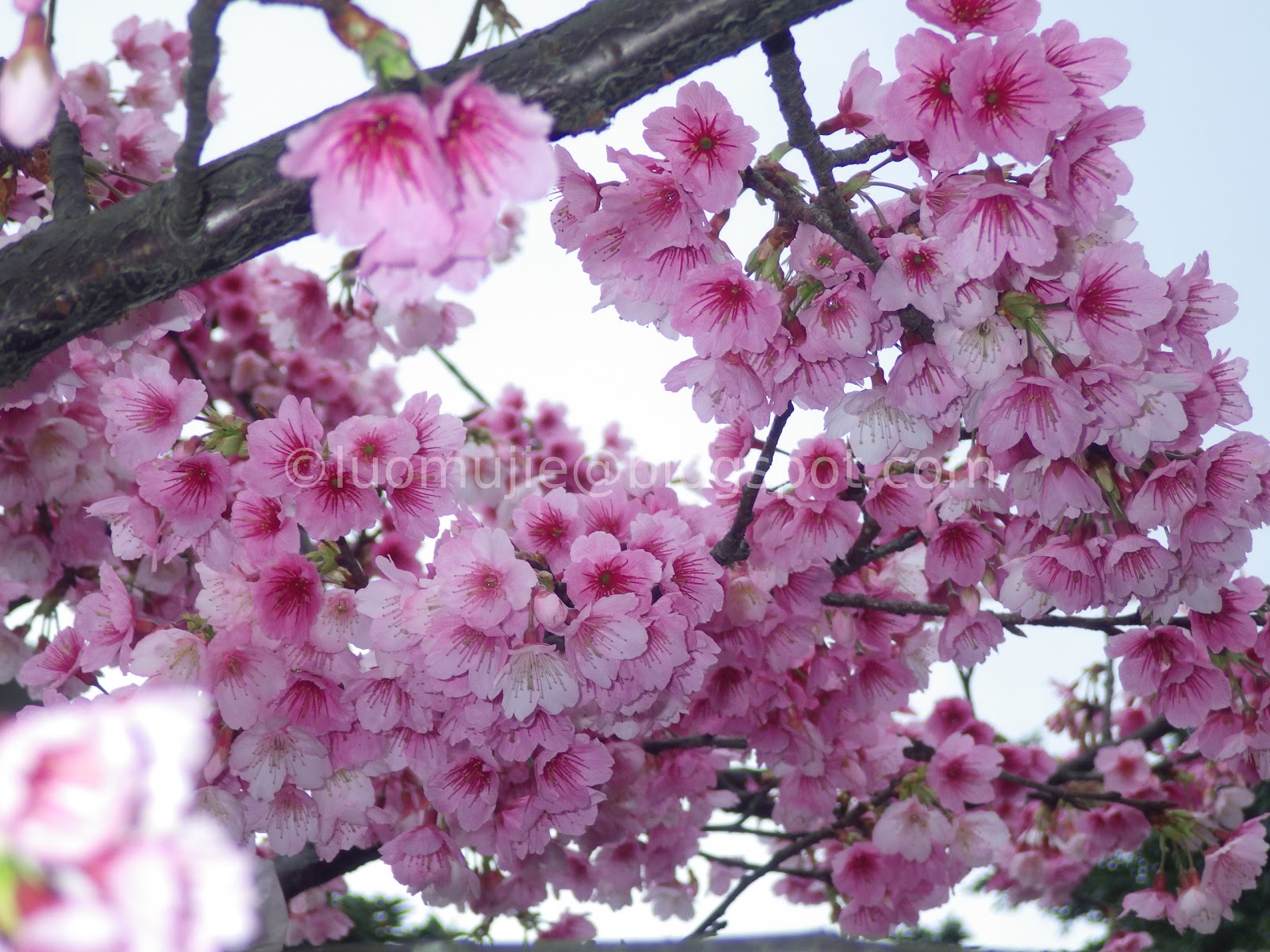
Tianyuan Palace backyard

Taipei Flower Test Center
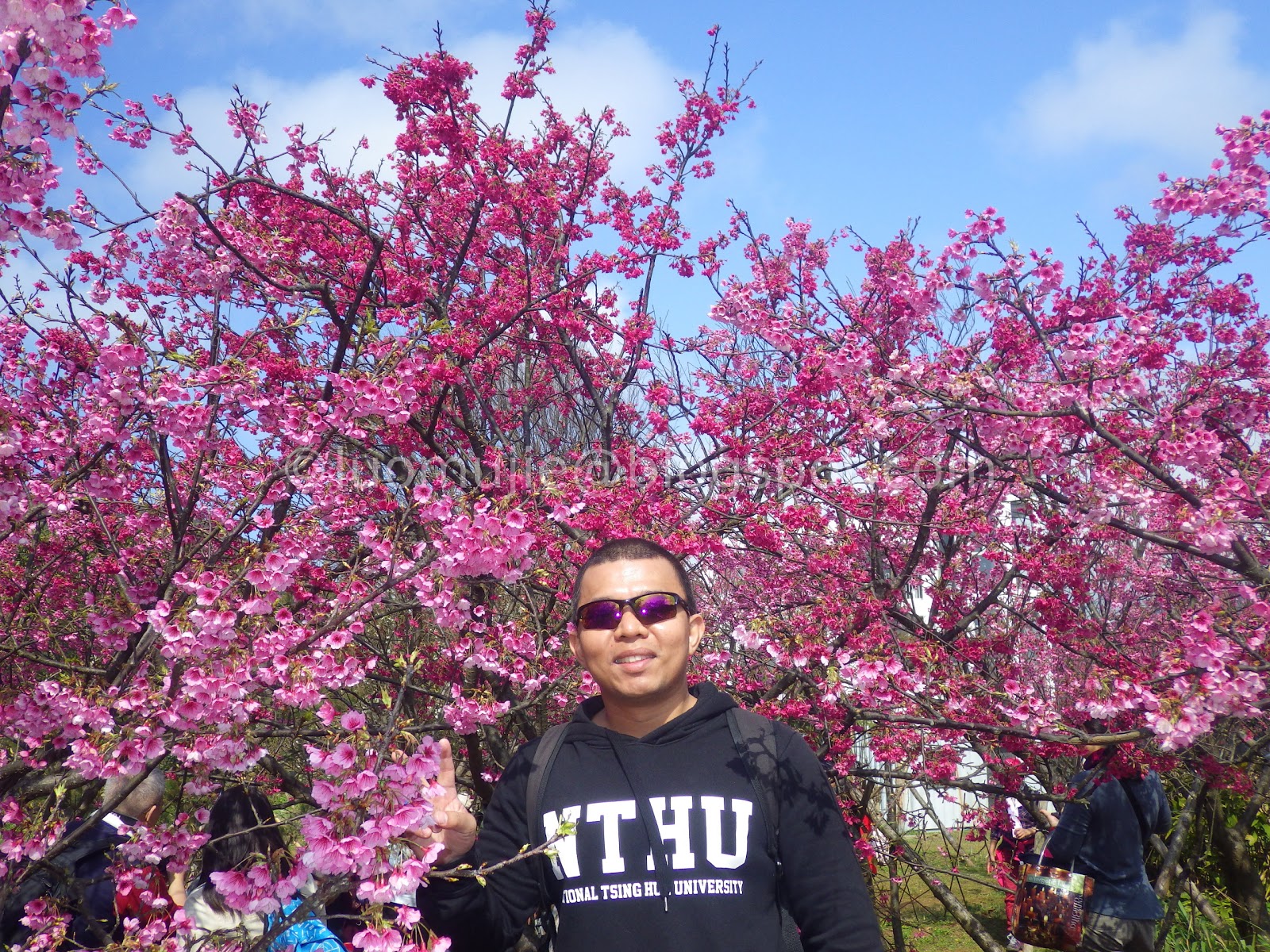
Pingjing St. Lane 42
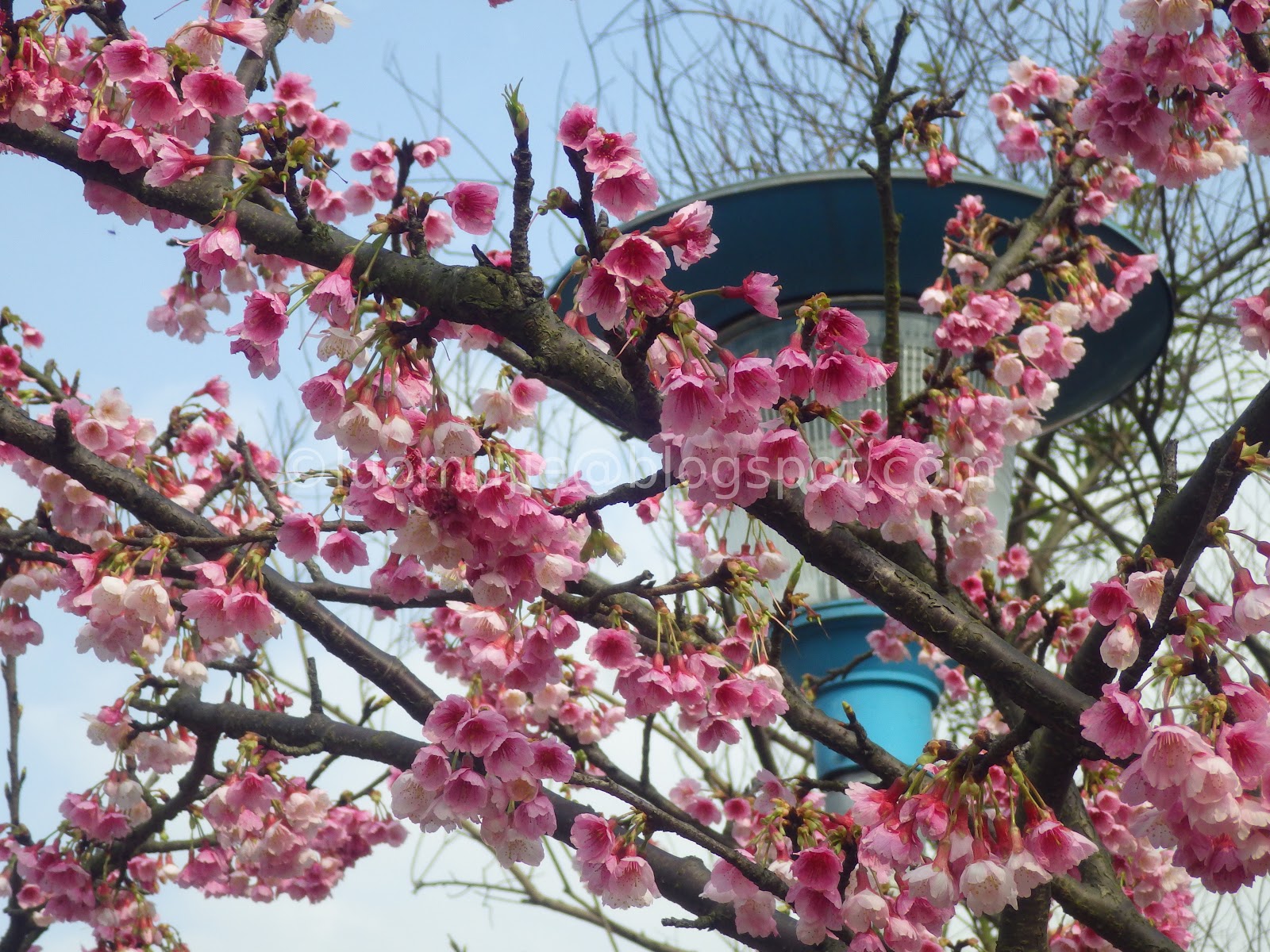
Broadwood Park

Sunshine Sports Park kawazu sakura

Wuling Farm (武陵農場)

SYS kawazu sakura

Formosan Aboriginal Culture Village
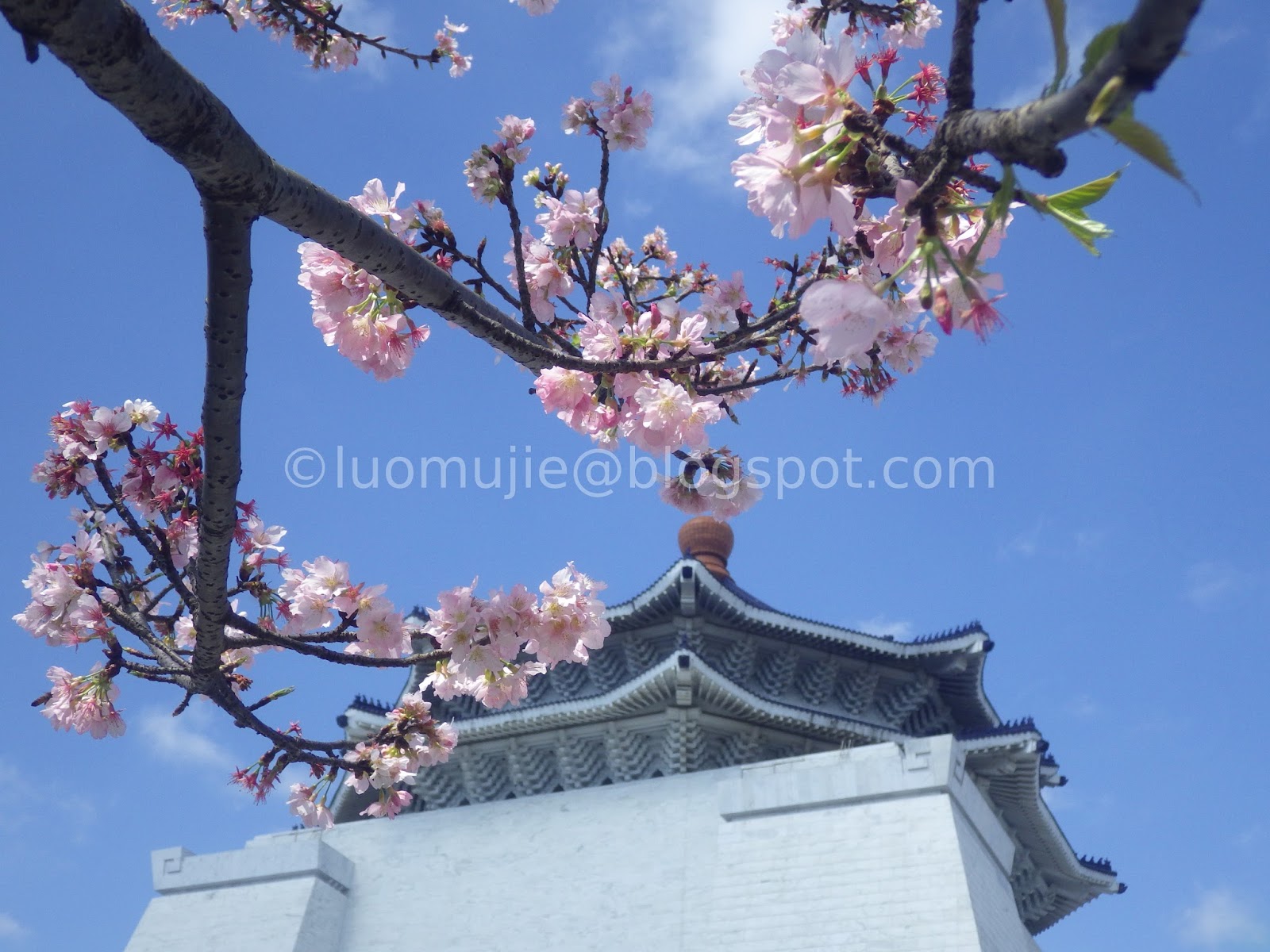
CKS Memorial Hall

Shibafen Yoshino Sakura

Hope River

Dongfang Temple

Tianyuan Palace

Neicou Stream Trail
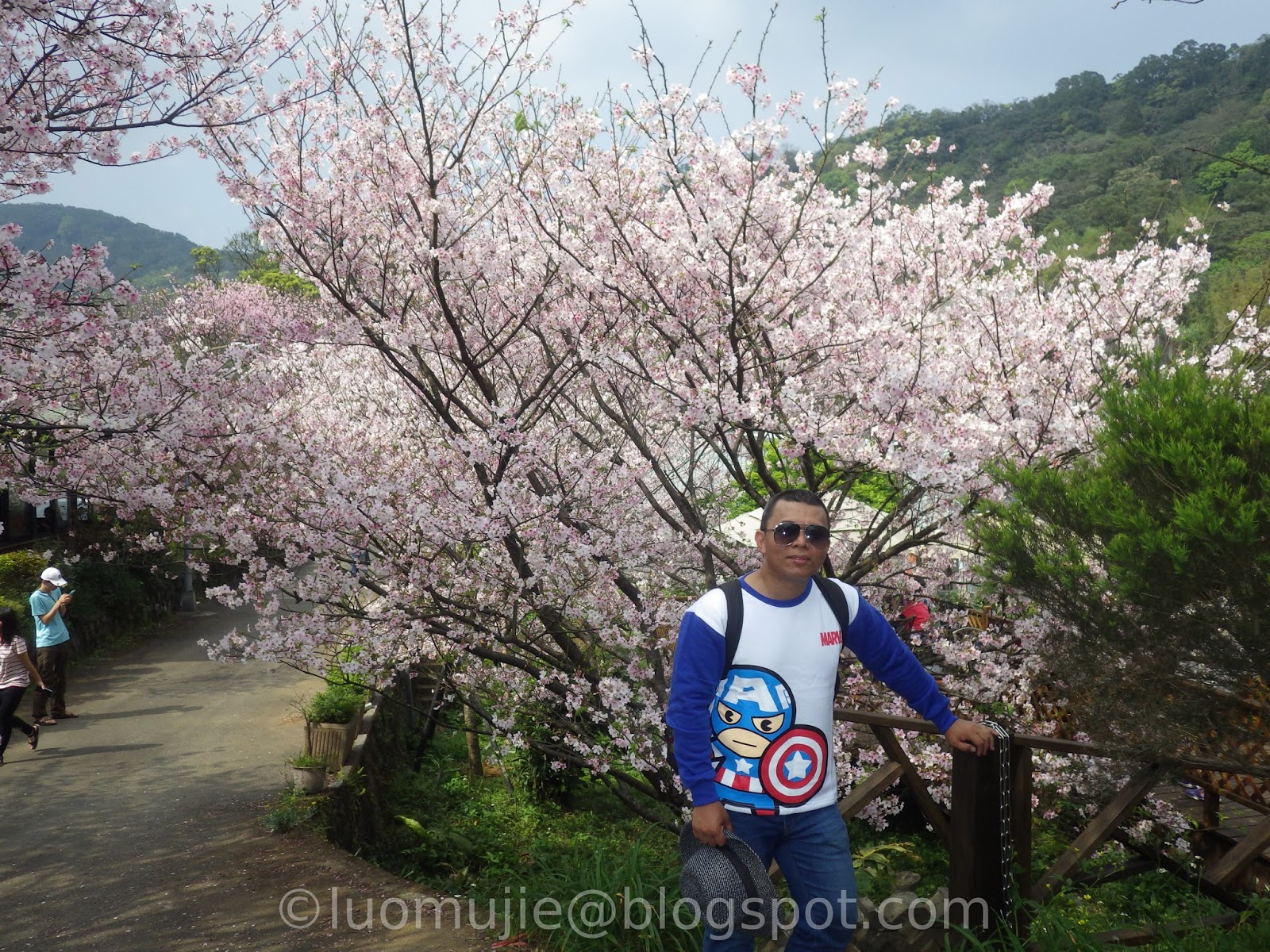
Orange Garden Cafe

Yangming Park Visitor Information Center

Yangming Park Service Center Bus Stop
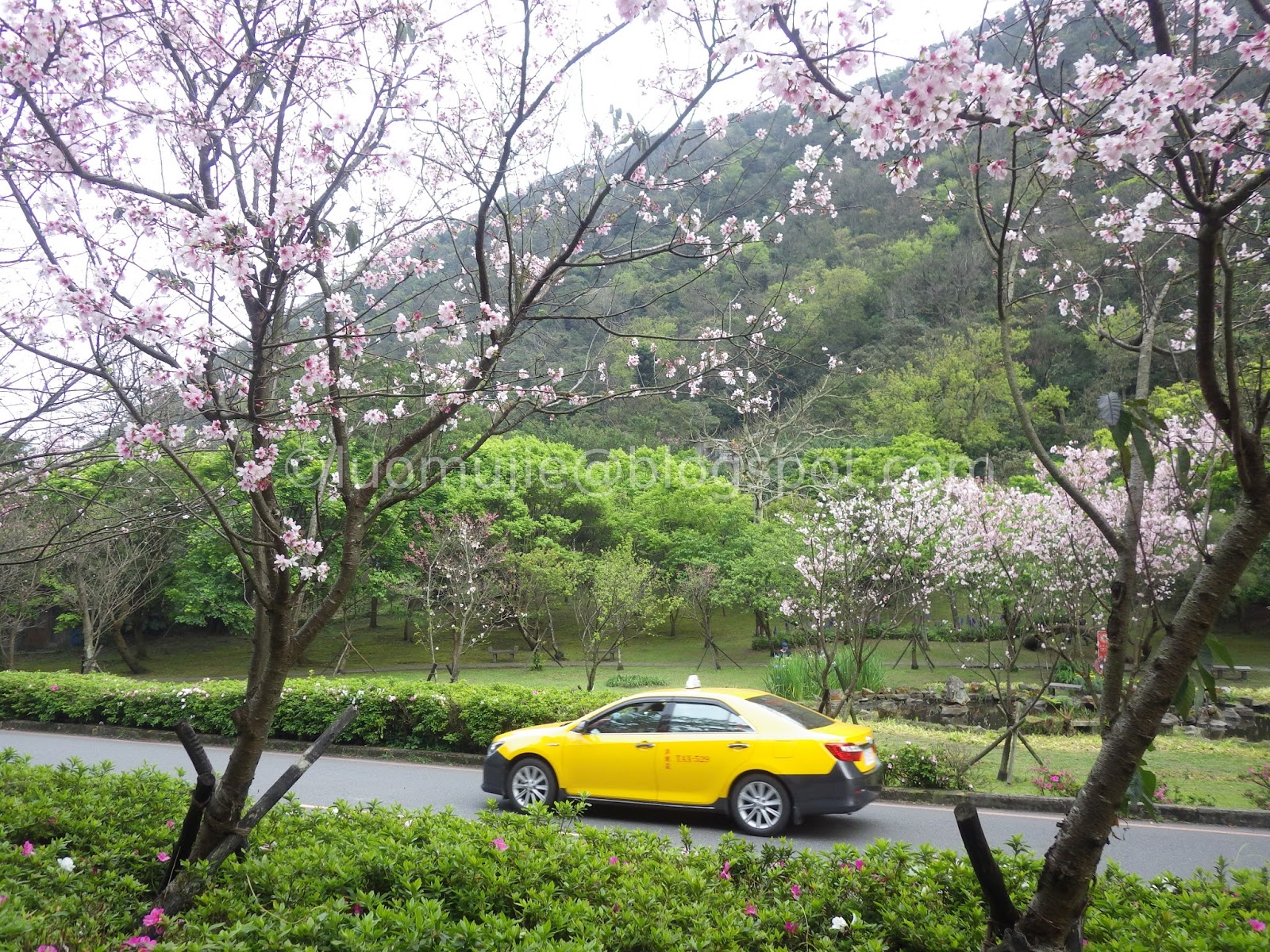
Huashan Road

Qianshan Park

Zhongshan Hall Entrance

Tenglong Sakura Farm
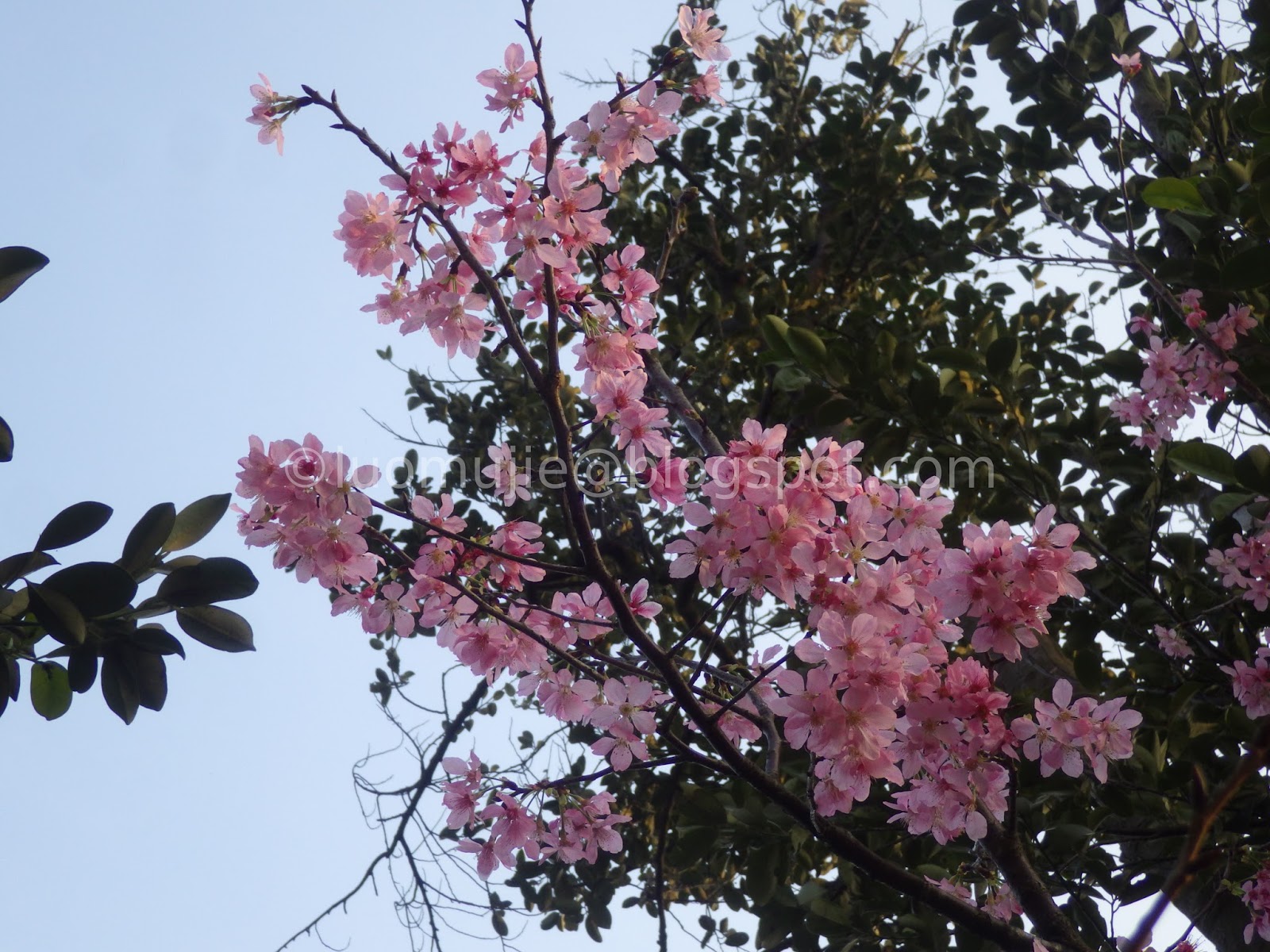
Flower Test Center Shōwa Sakura
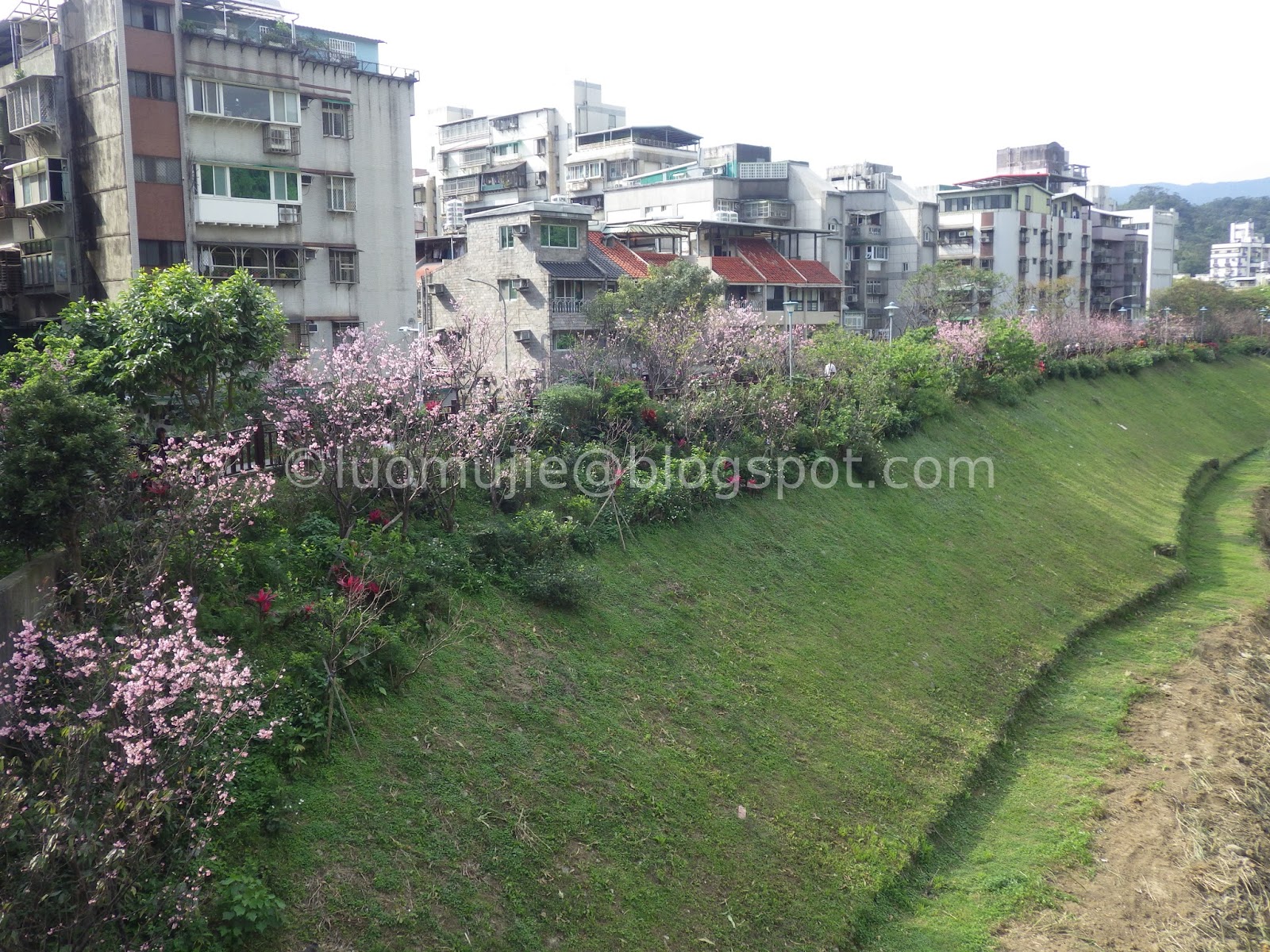
Neihu Creek Trail
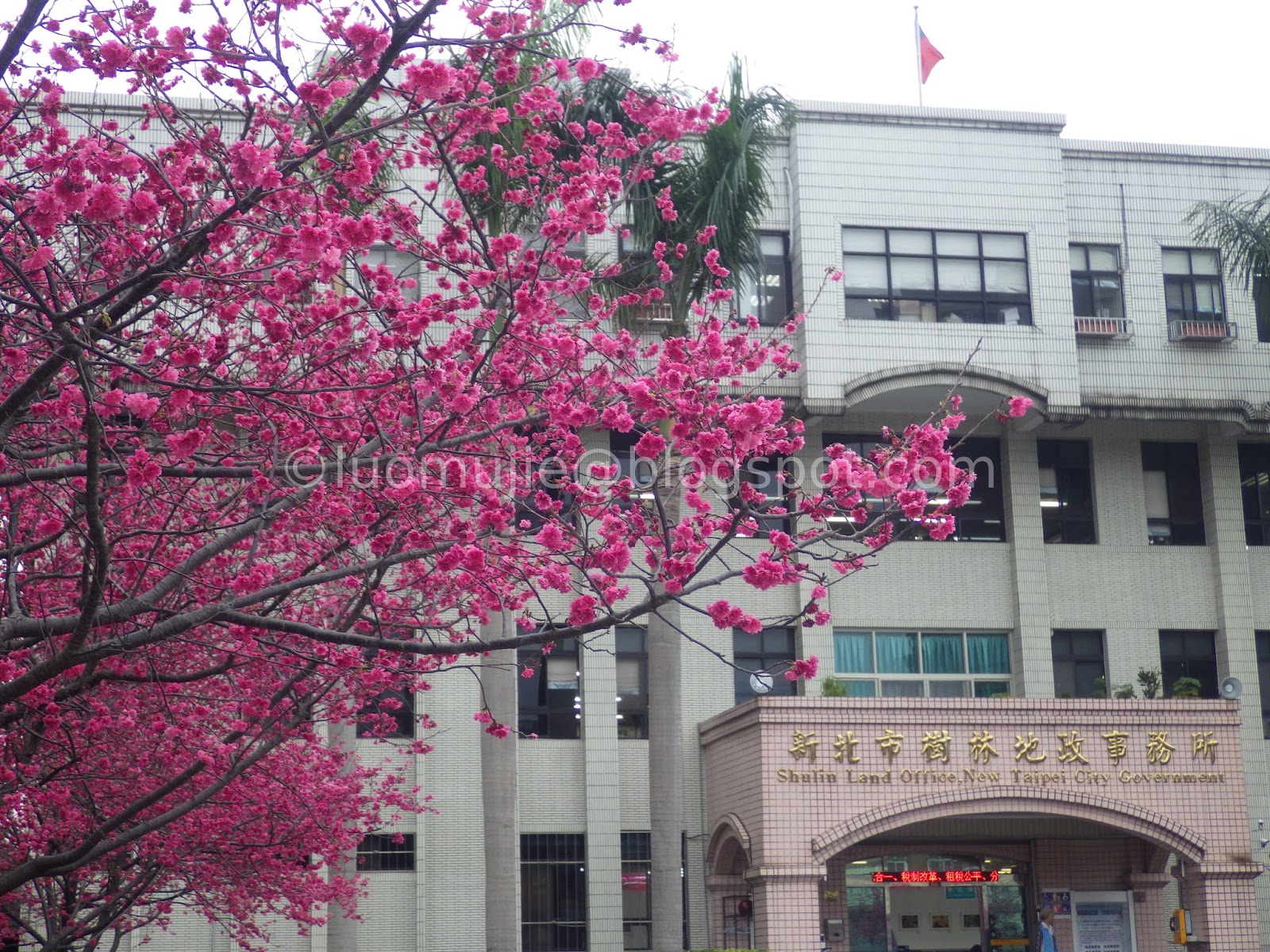
Shulin Land Office
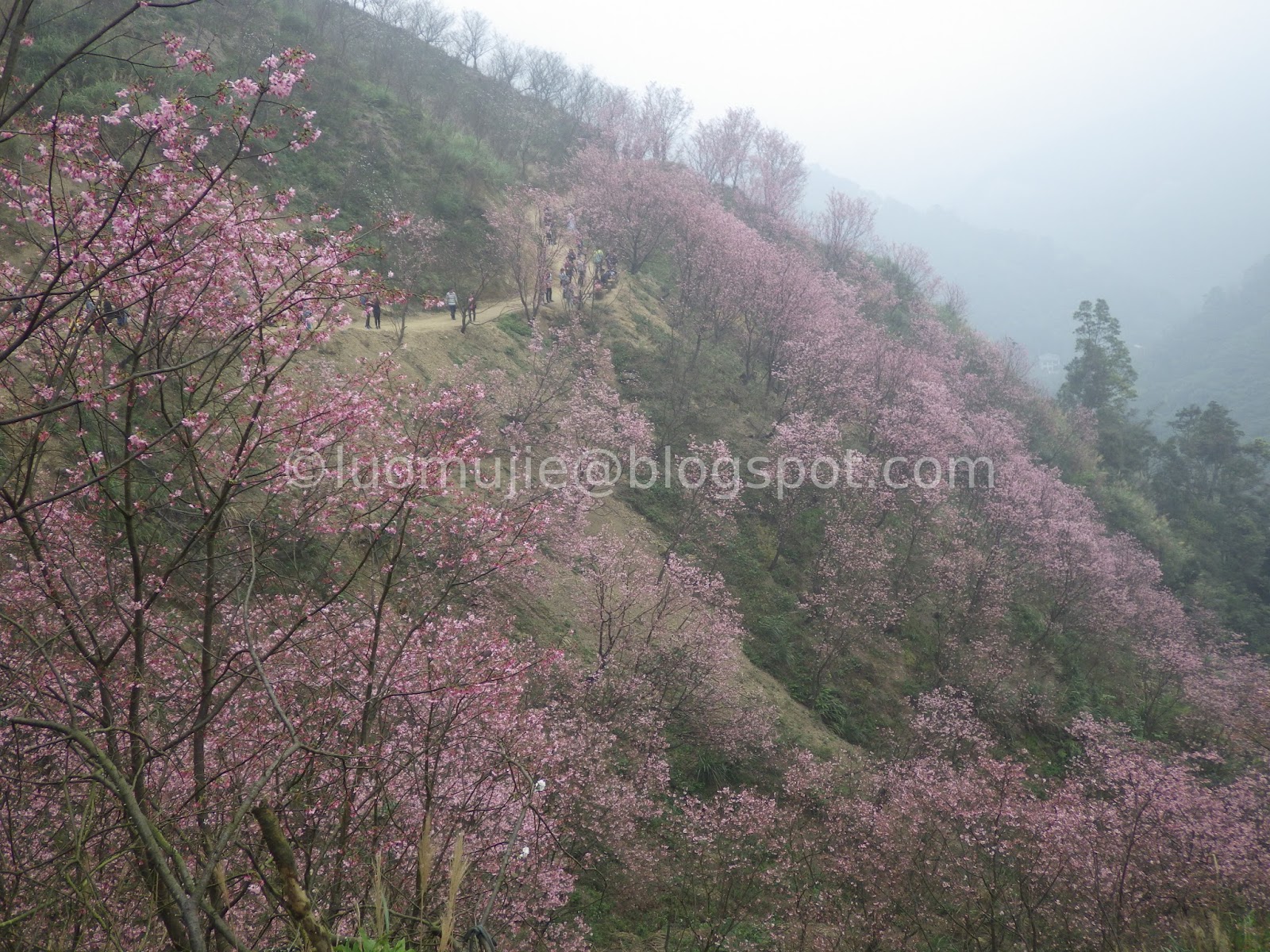
Xióng Kōng Cherry Blossom Forest

Lung Yen Sakura Forest

Yangming Park cherry stream
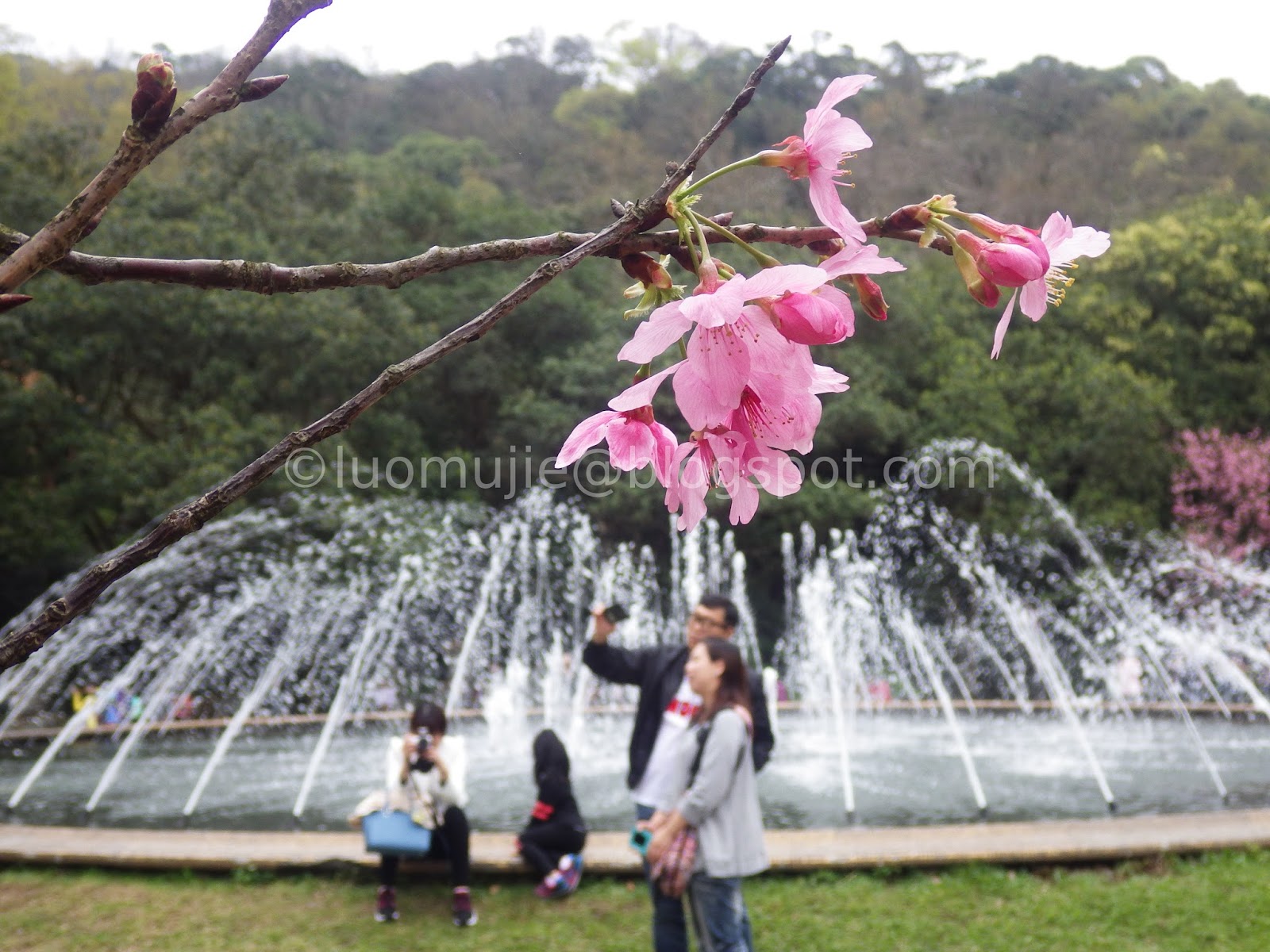
Yangming Park fountain
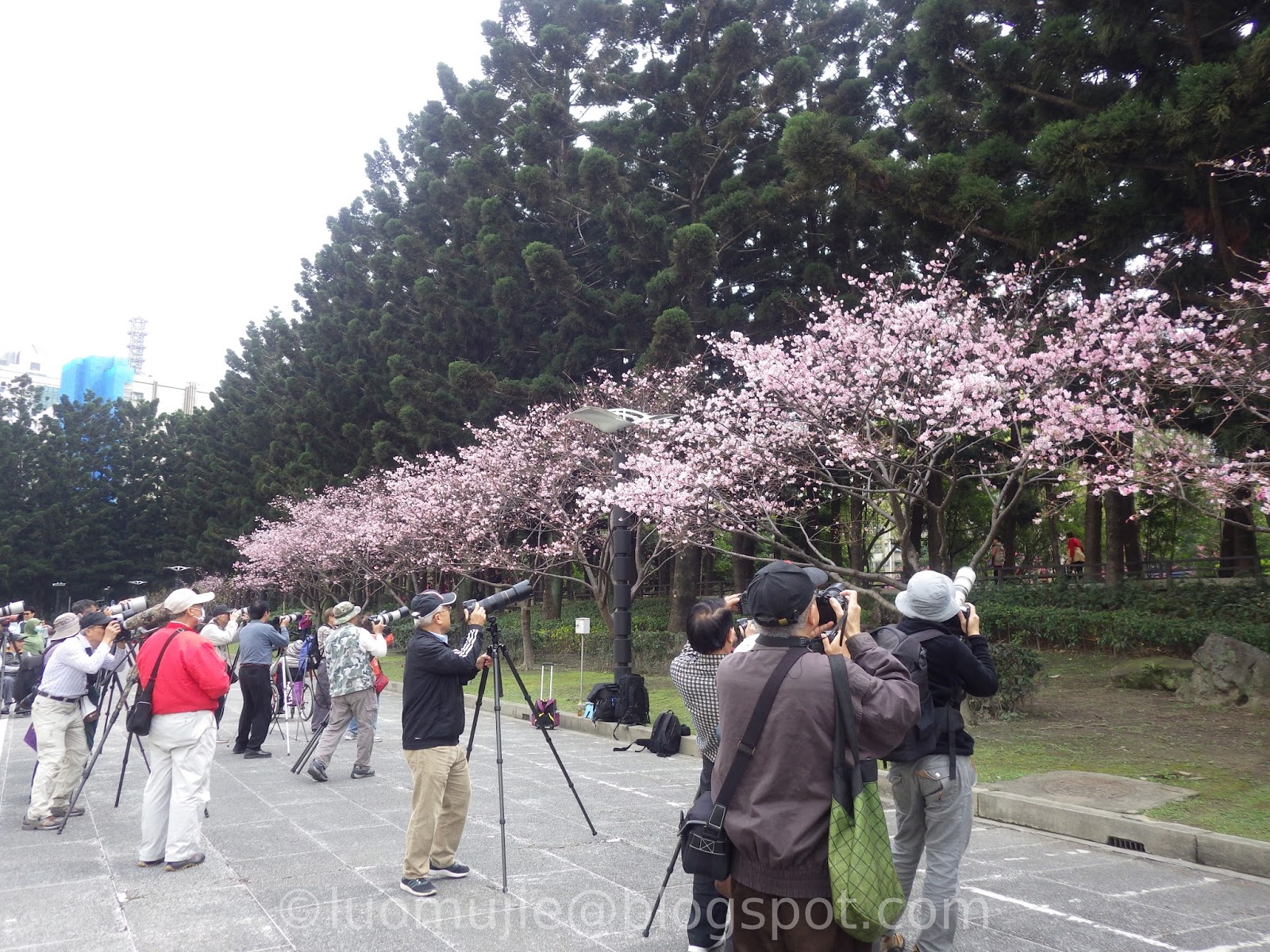
CKS Memorial Hall Tairyō sakura

Wugu District Tianyi Road

CKS Memorial Hall yaesakura

Loving Farm

Yong Long Farm

Zhongbaling Sakura Road

Sun Link Sea
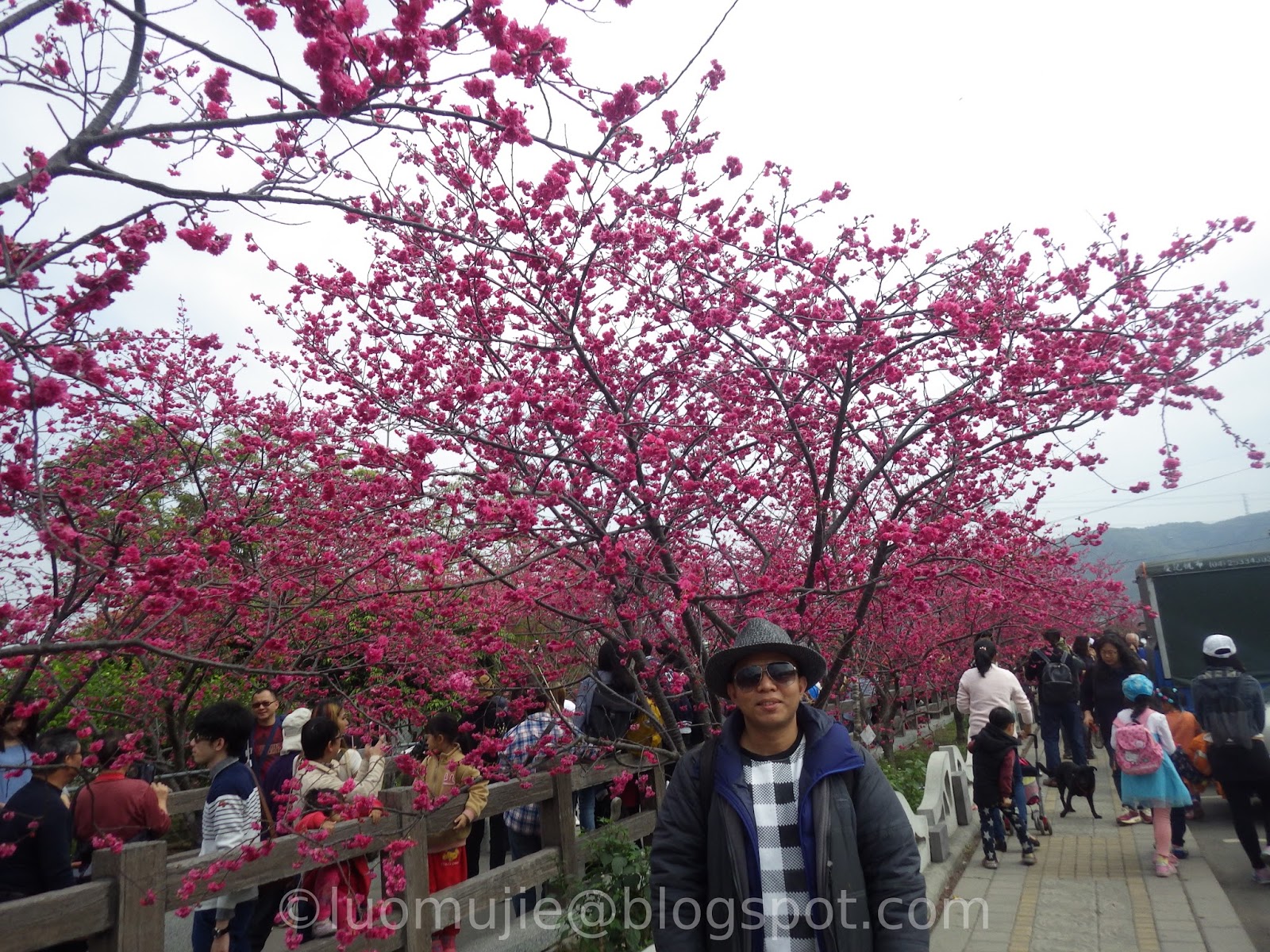
Tai'an Police Station

Cherry Hill Slope

Hsinchu Park

Taipei 101

Kāng Gào Kēng Creek
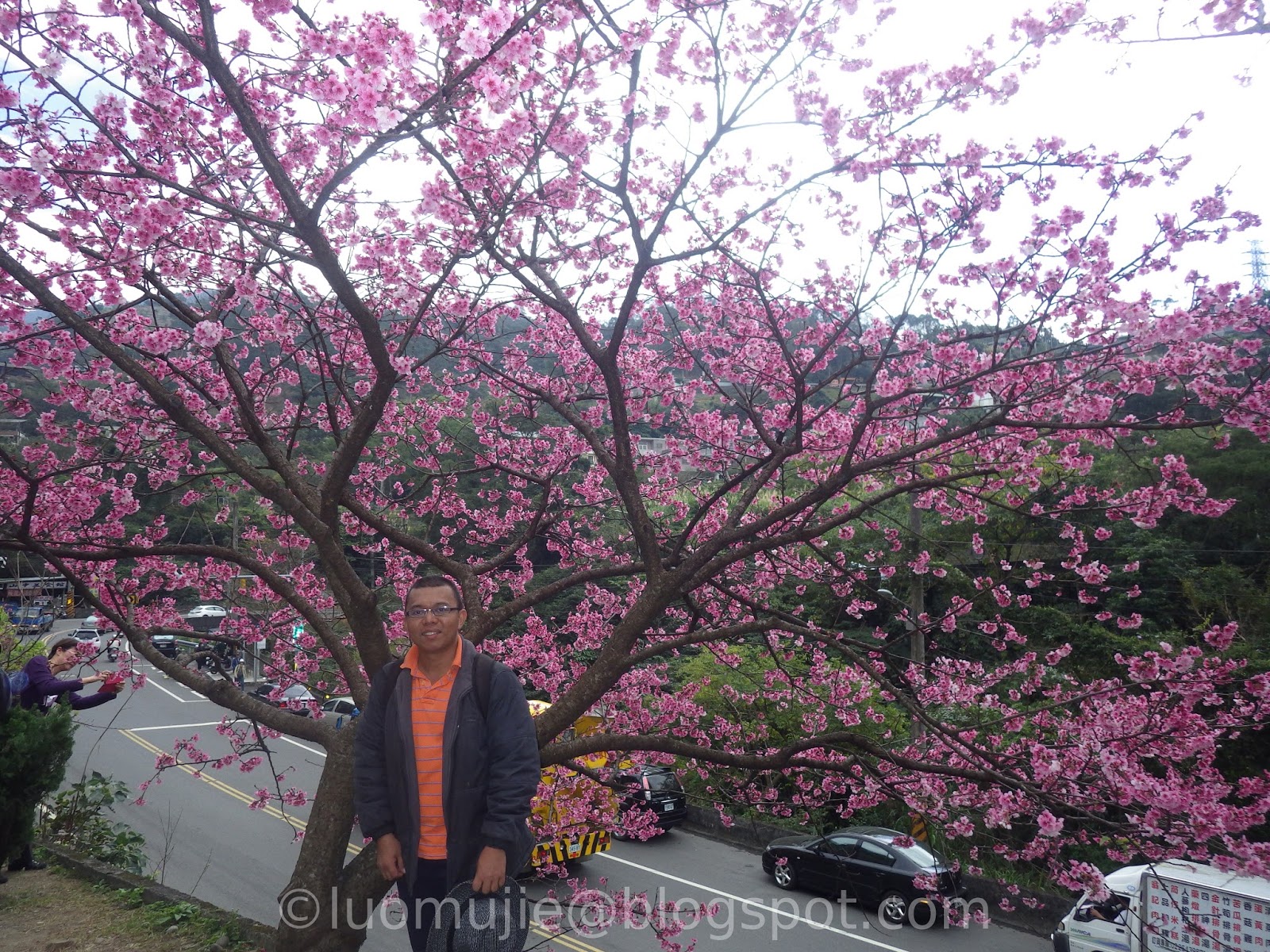
New Garden City

Broadwood Park

Tianyuan Palace backyard

Pingjing St. Lane 42

Alishan Ranger Station

Alishan House

Alishan Police Station

Alishan Forest Railway

Alishan Station

Alishan Entrance

Alishan Gou Hotel

Alishan Magnolia Garden

Wulai tour
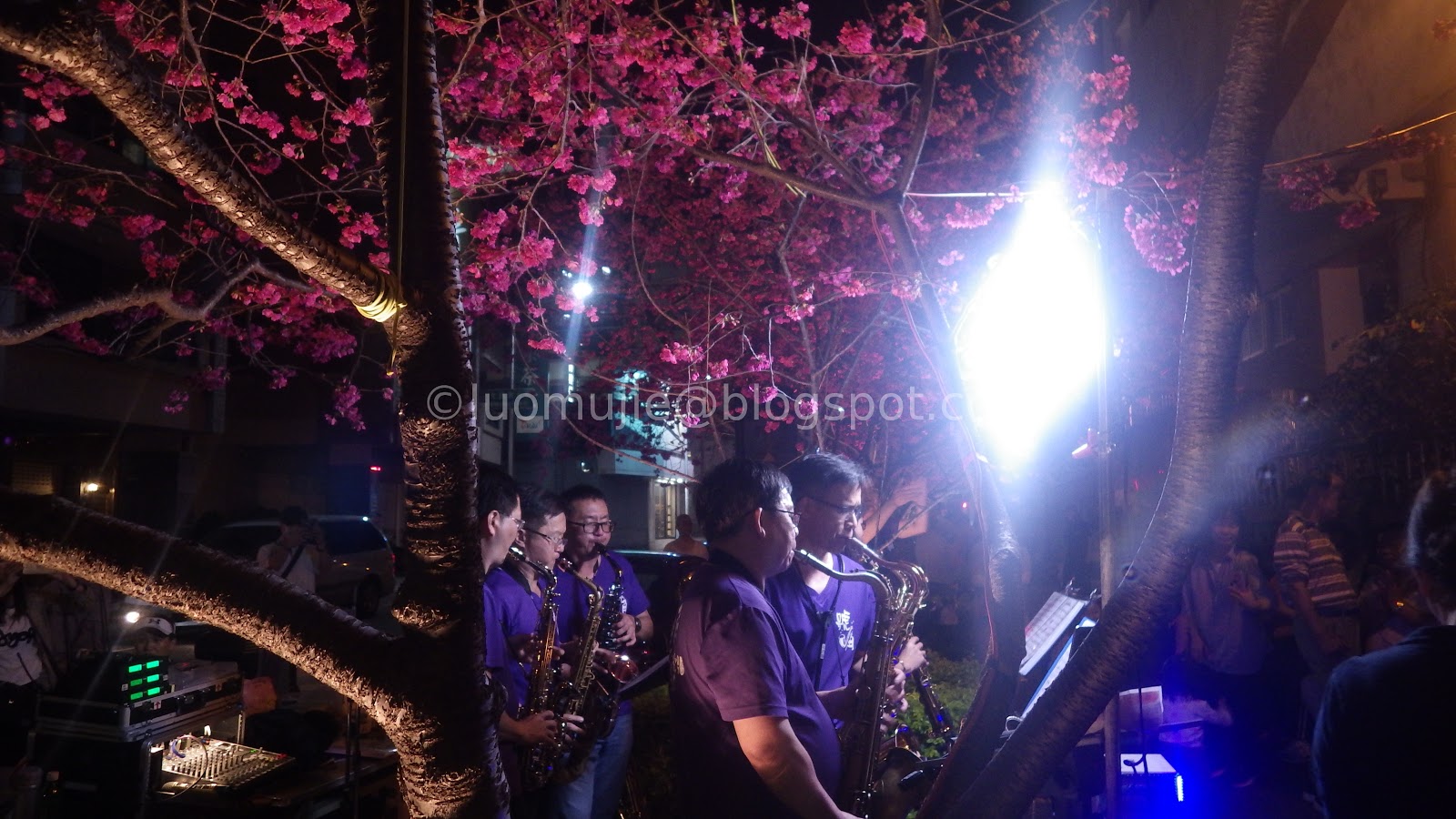
Wun Chang Elementary School

Bishanyan

Sanzhi Sansheng Trail
Sakura Series - Taiwan

Nei Cuo Stream

Orange Garden Cafe

Sansheng Trail

Tenglong Sakura Farm
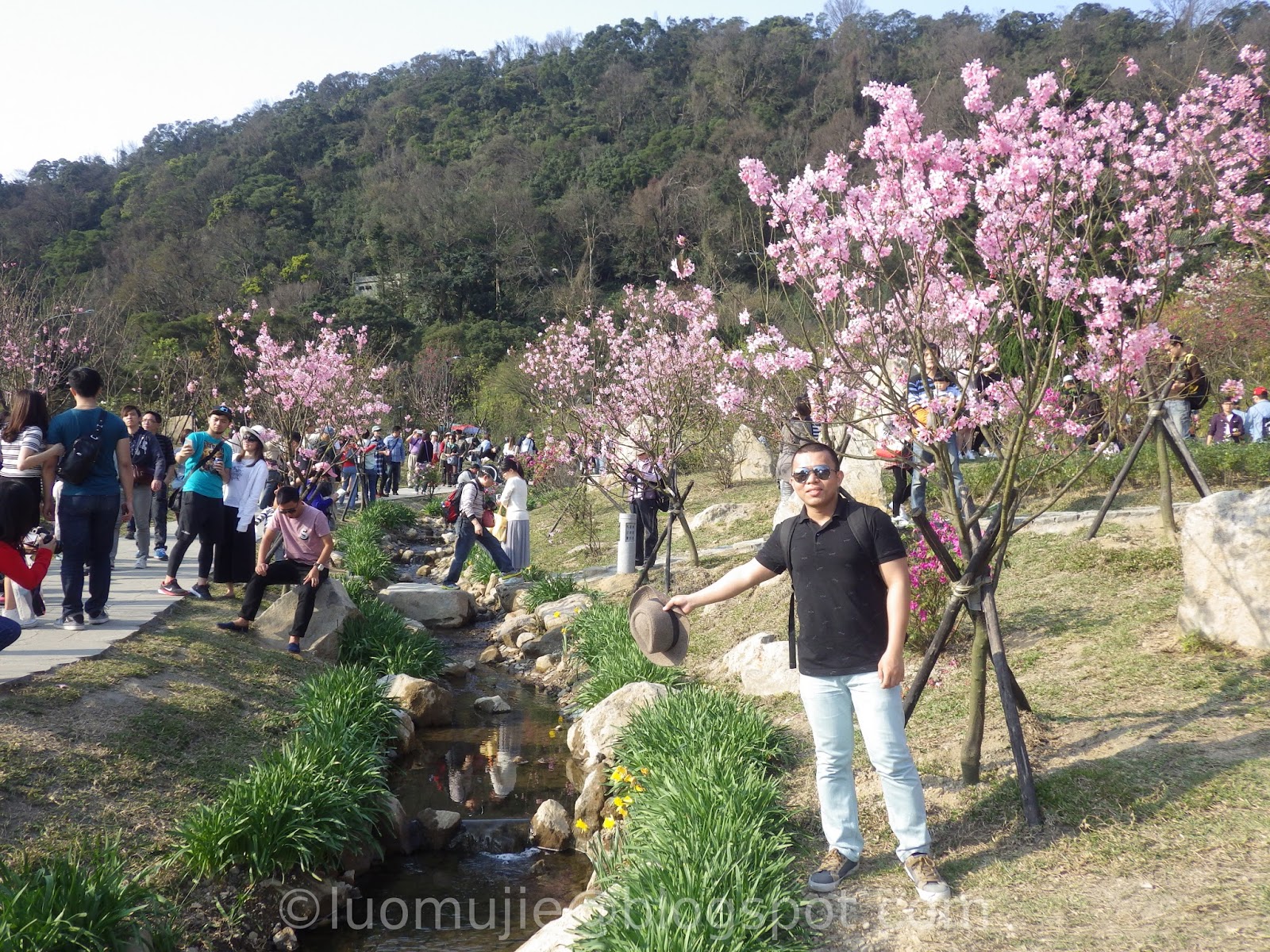
Yangming Park Cherry Stream

Yangming Park Fountain

Flower Test Center

Broadwood Park

New Garden City

Yinghua Park

Pingjing St. Lane 42

Yangmingshan Visitor Center

Taipei 101

Tianyuan Palace backyard
Sakura Series - Japan
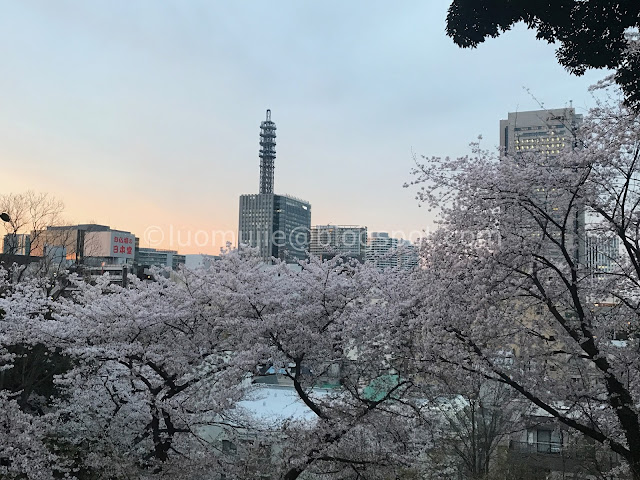
Kamonyama Park
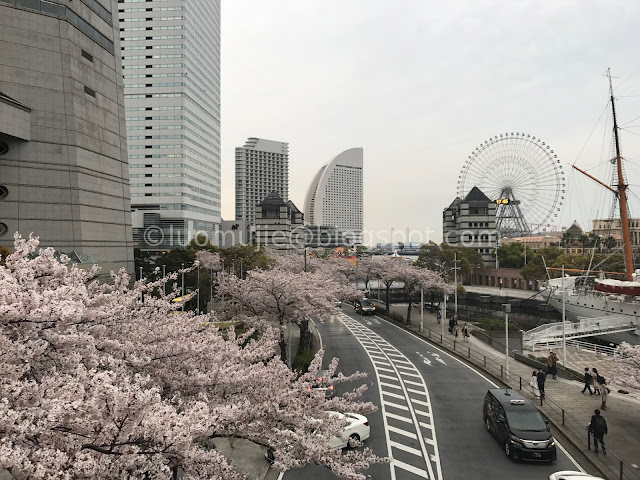
Near the Nippon Maru Memorial Park
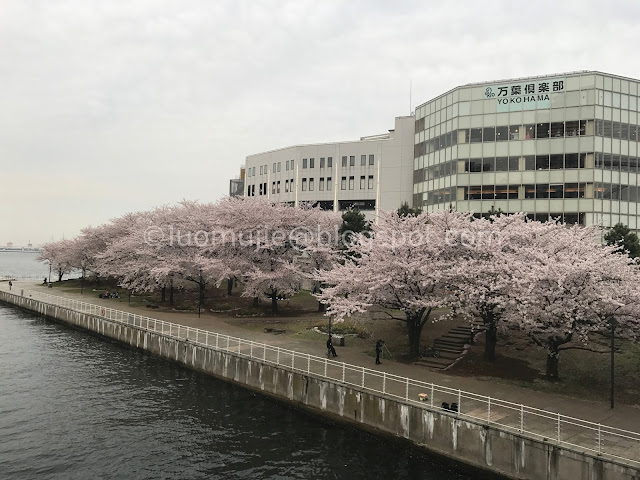
Shinko Park
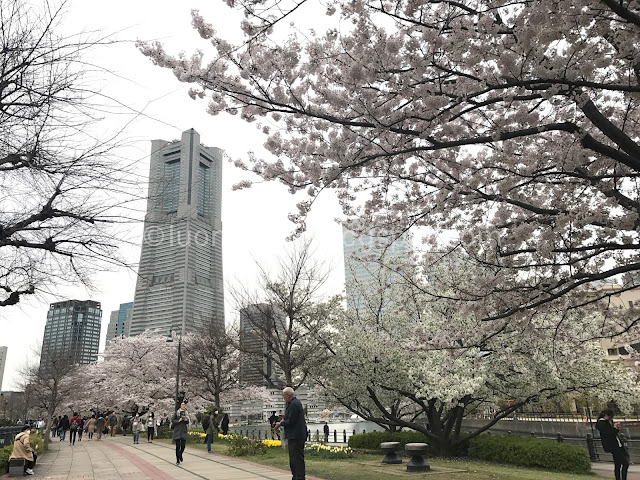
Minato-mirai 21 area
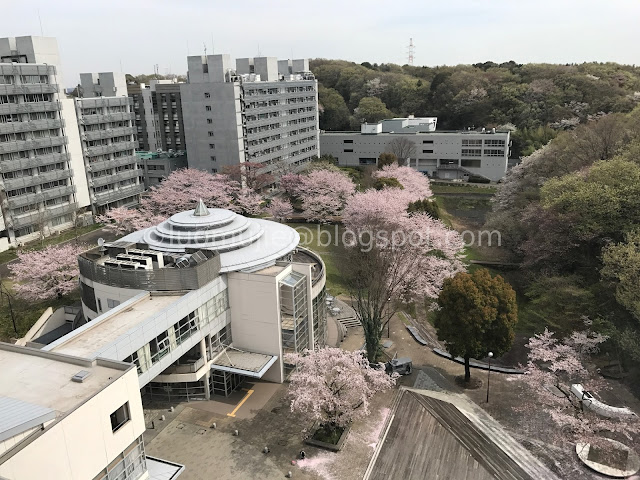
Tokyo Tech Suzukakedai Campus
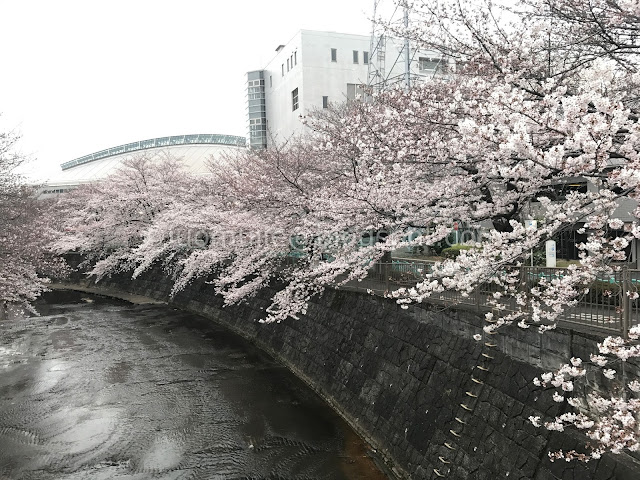
Onda River
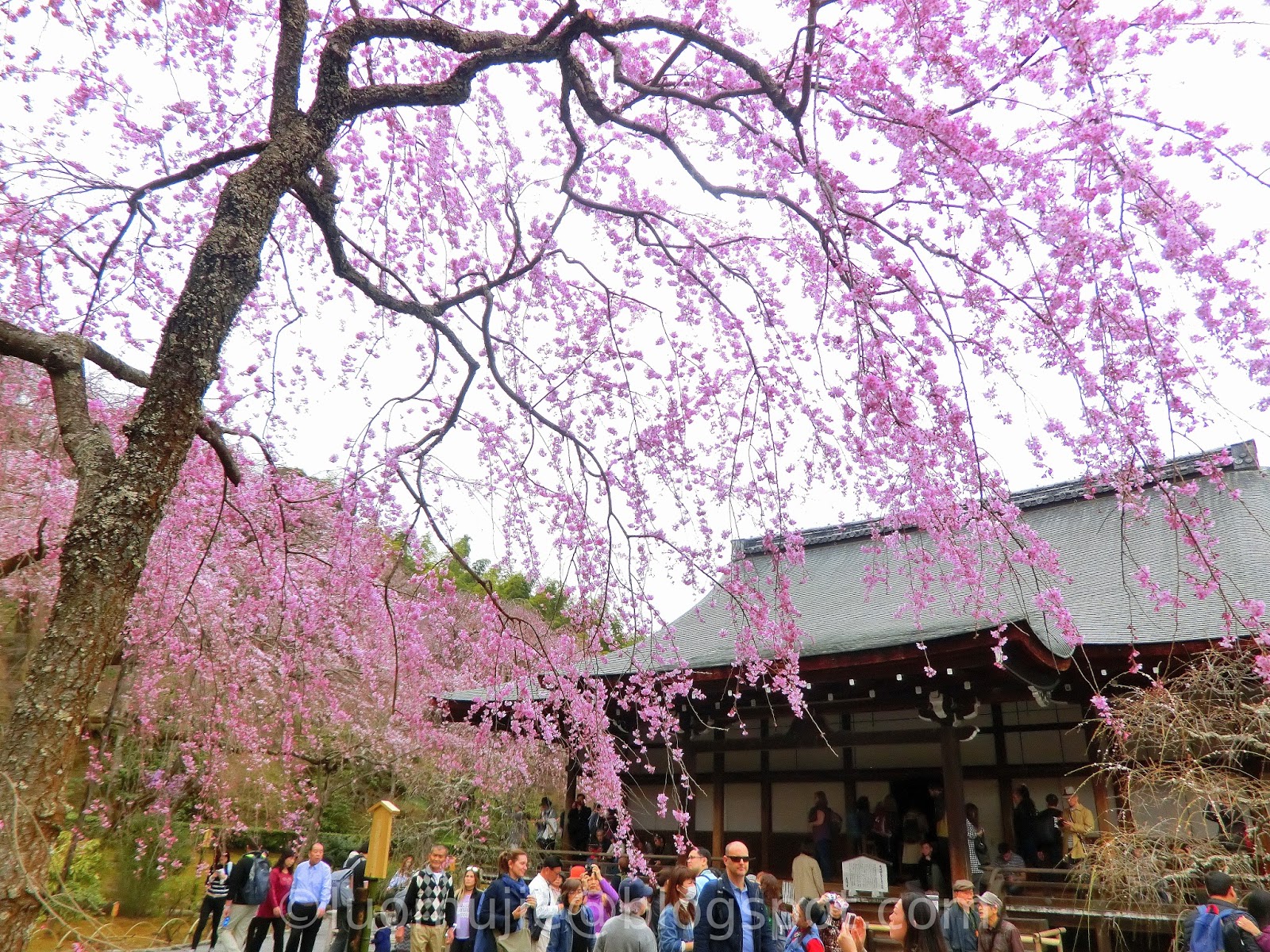
Tenryuji

Byodoin
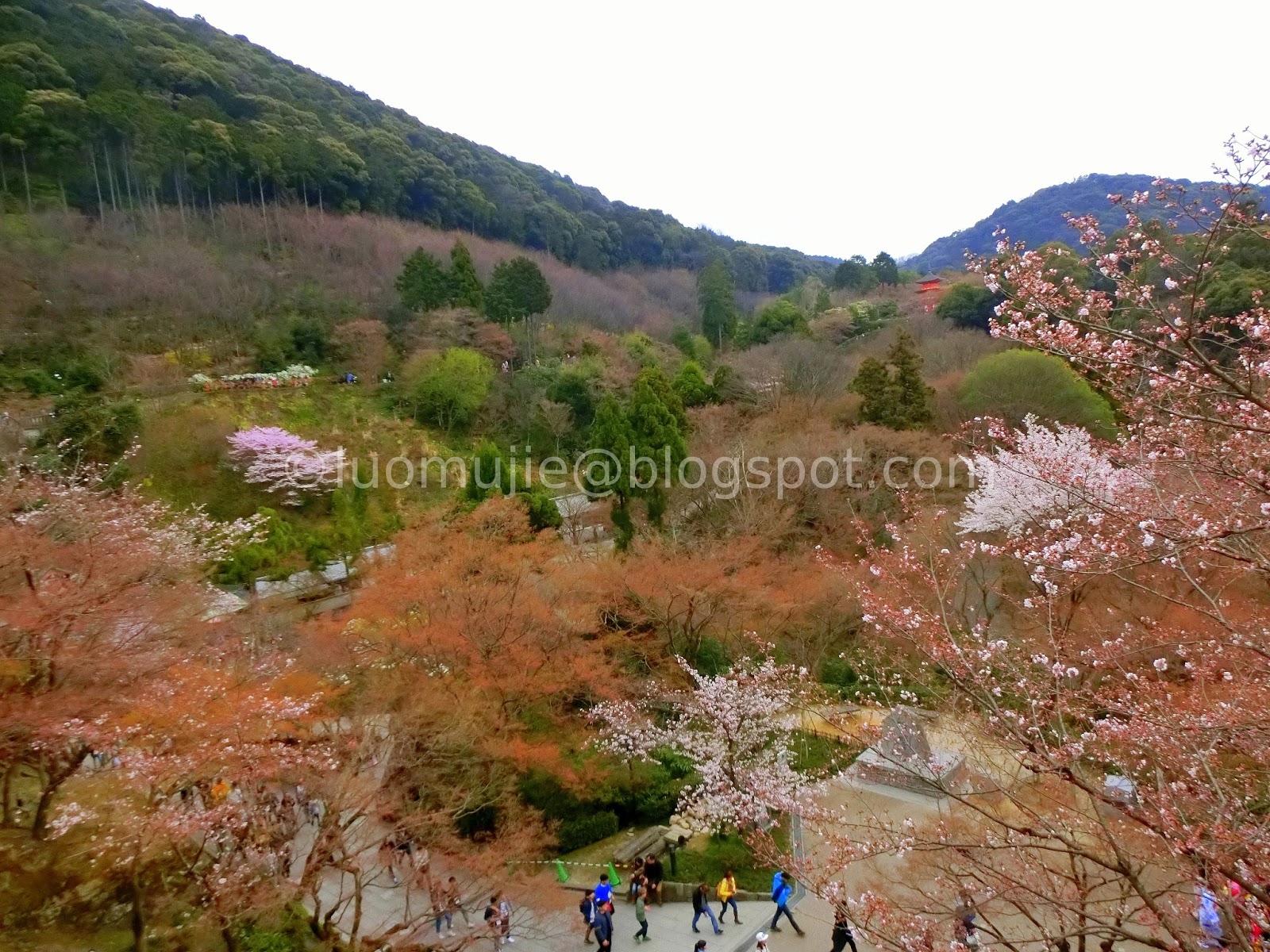
Kiyomizudera
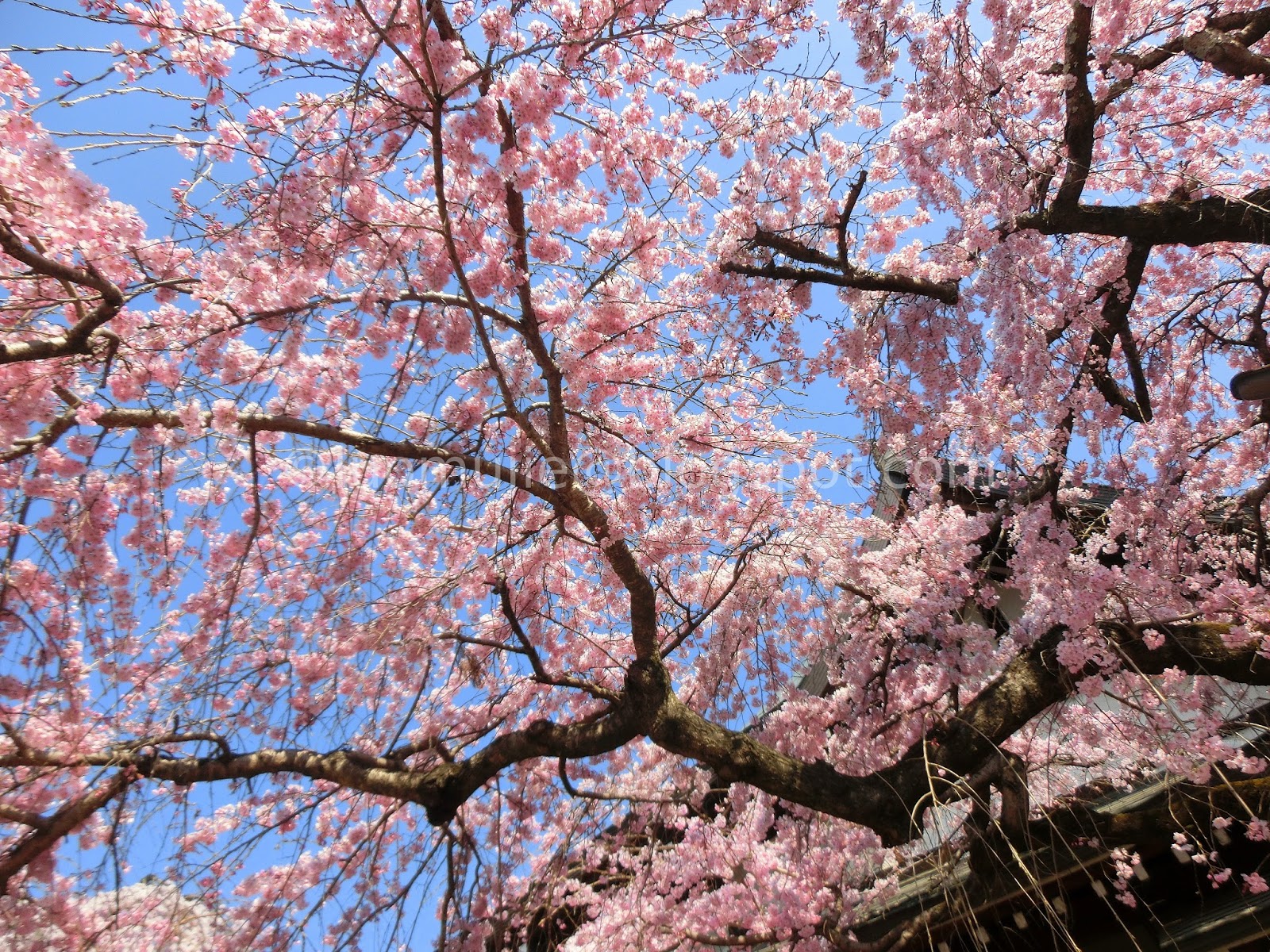
Himuro shrine and Yakushi-ji Temple
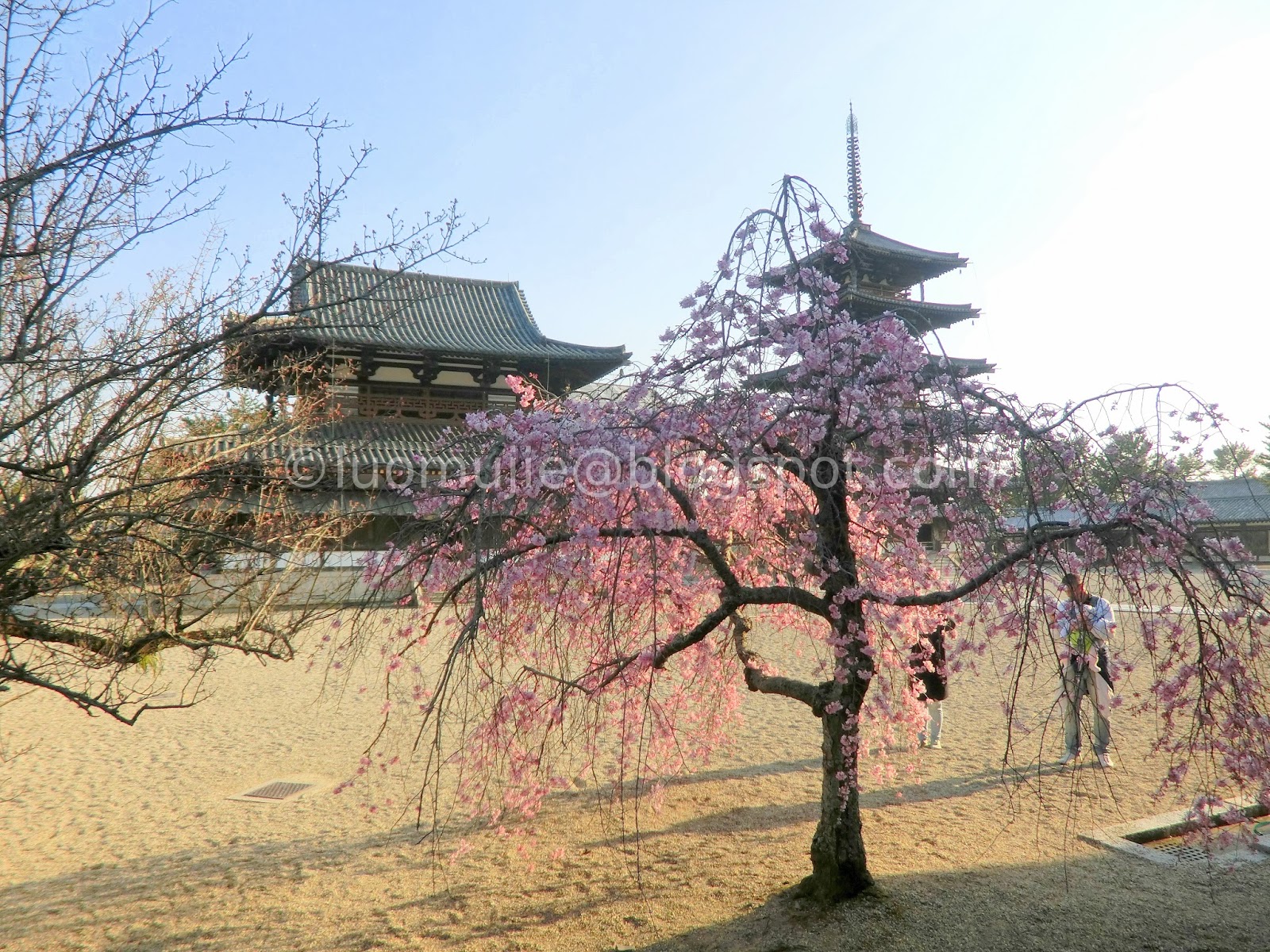
Hōryū-ji Temple
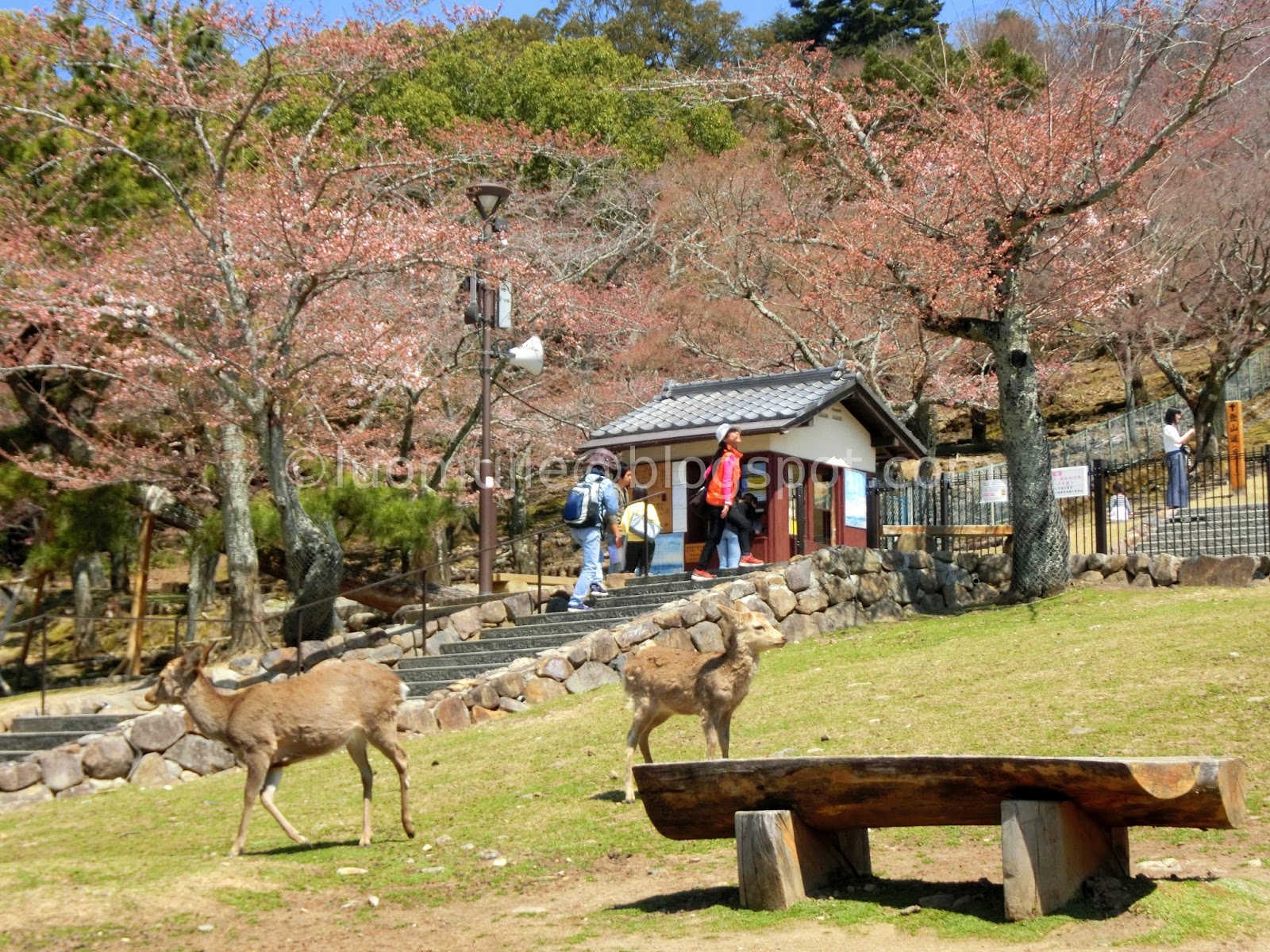
Nara Park attractions
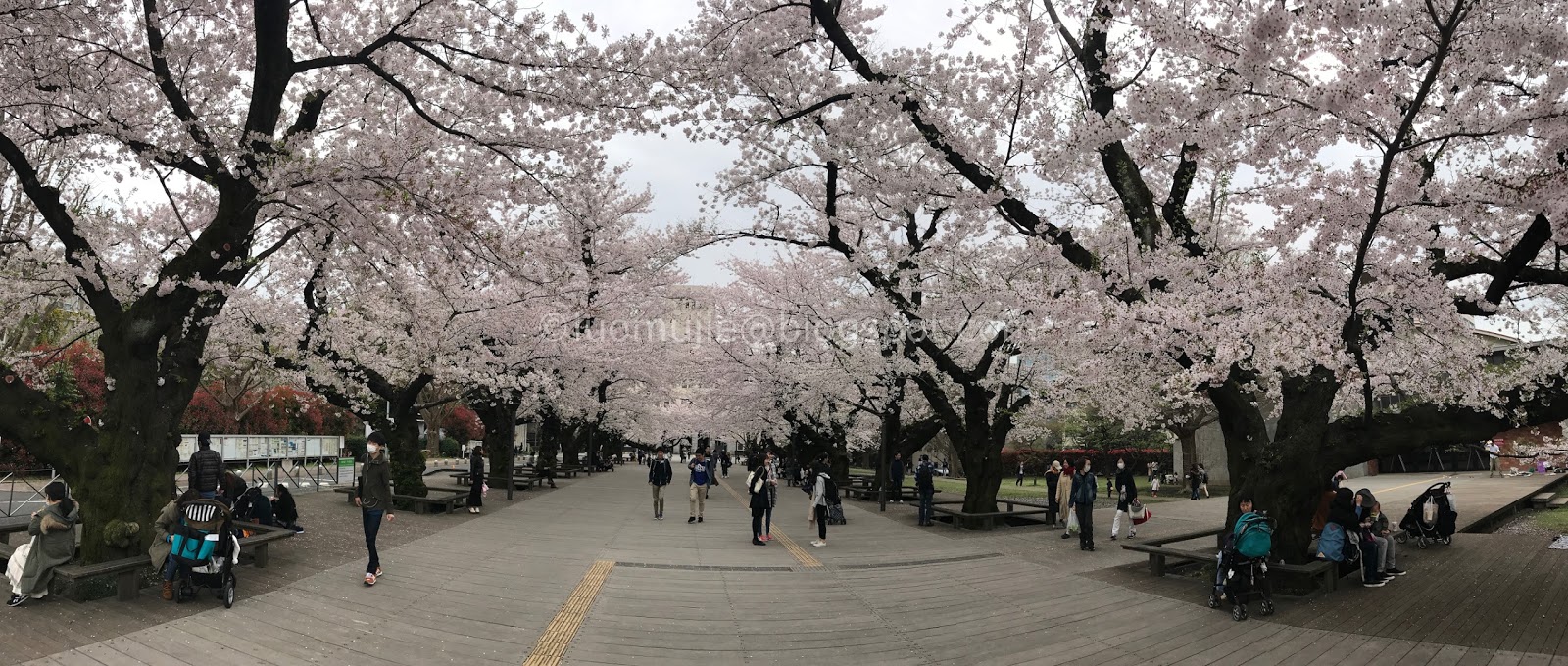
Tokyo Tech Ookayama Campus
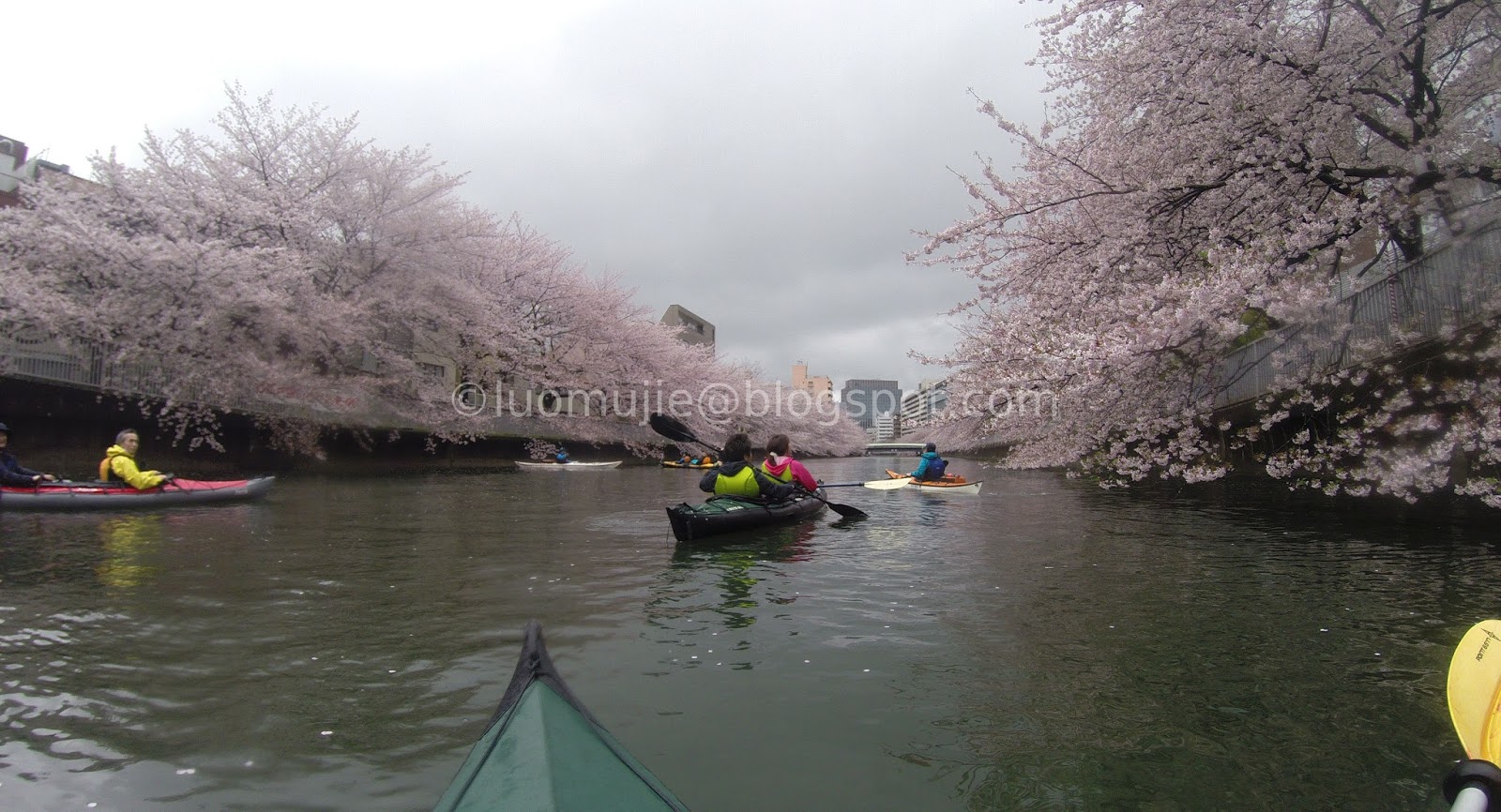
Sumida River

Tsuruma Park
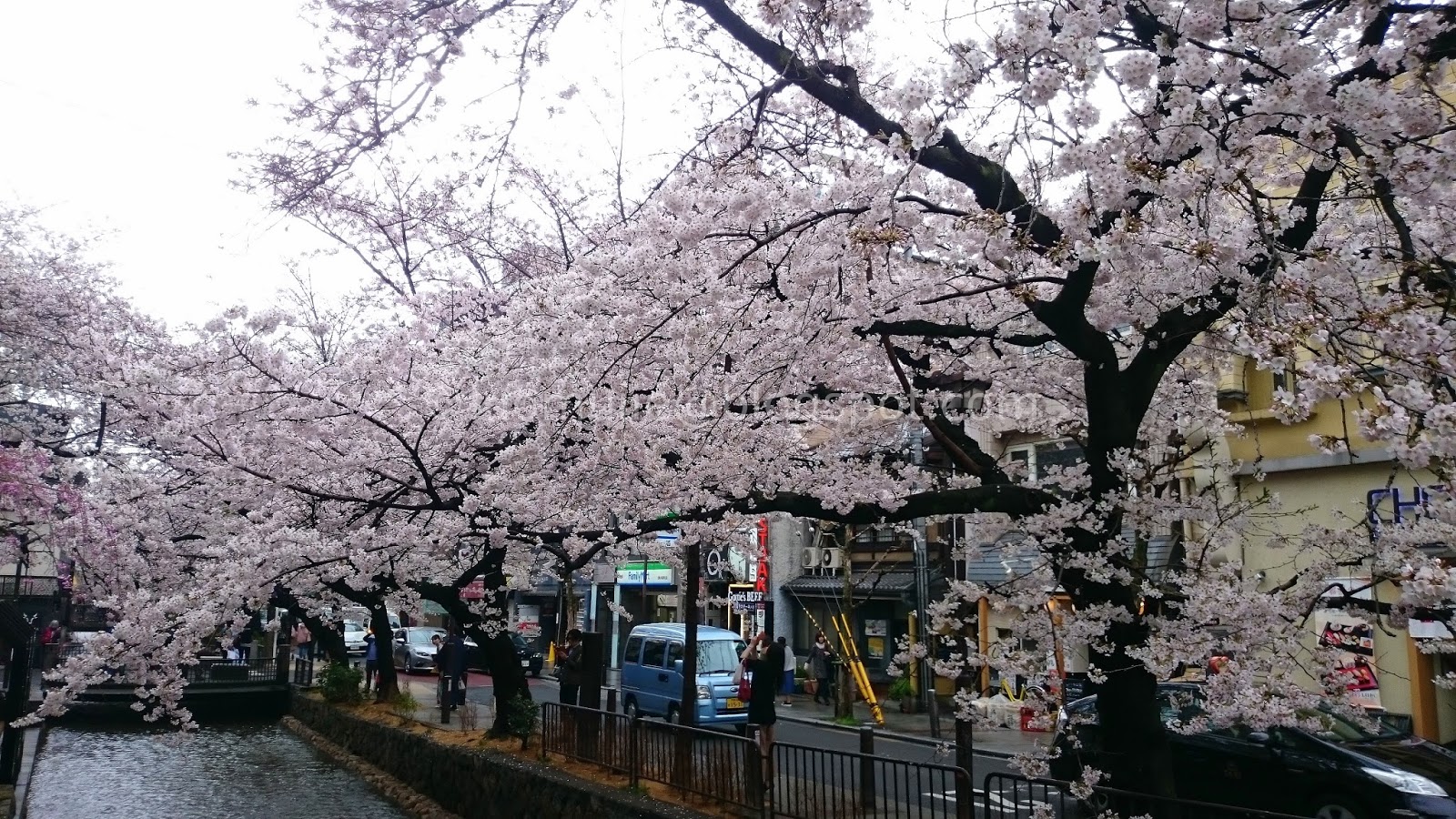
Gion
Maple Series

Taipei Aowanda

Shimen Dam

Alishan

Aowanda

Shanlinxi

Taoyuan Valley Garden
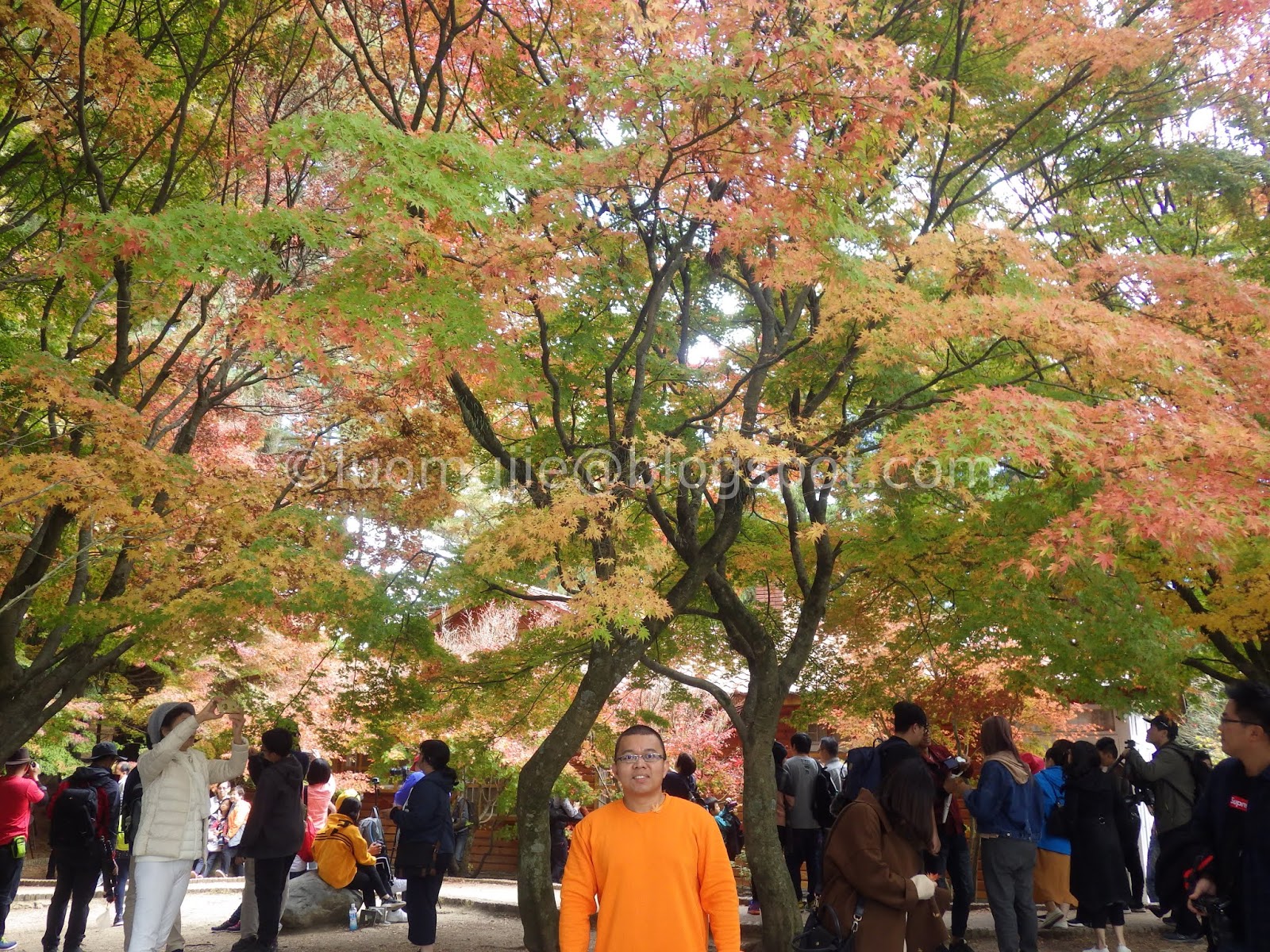
Fushoushan Farm
 |
| Yehliu to Jiufen? Yehliu to Shifen? Cheaper than yellow taxis |
The "Taipei kong mahal" (My beloved Taipei)

Always in my heart
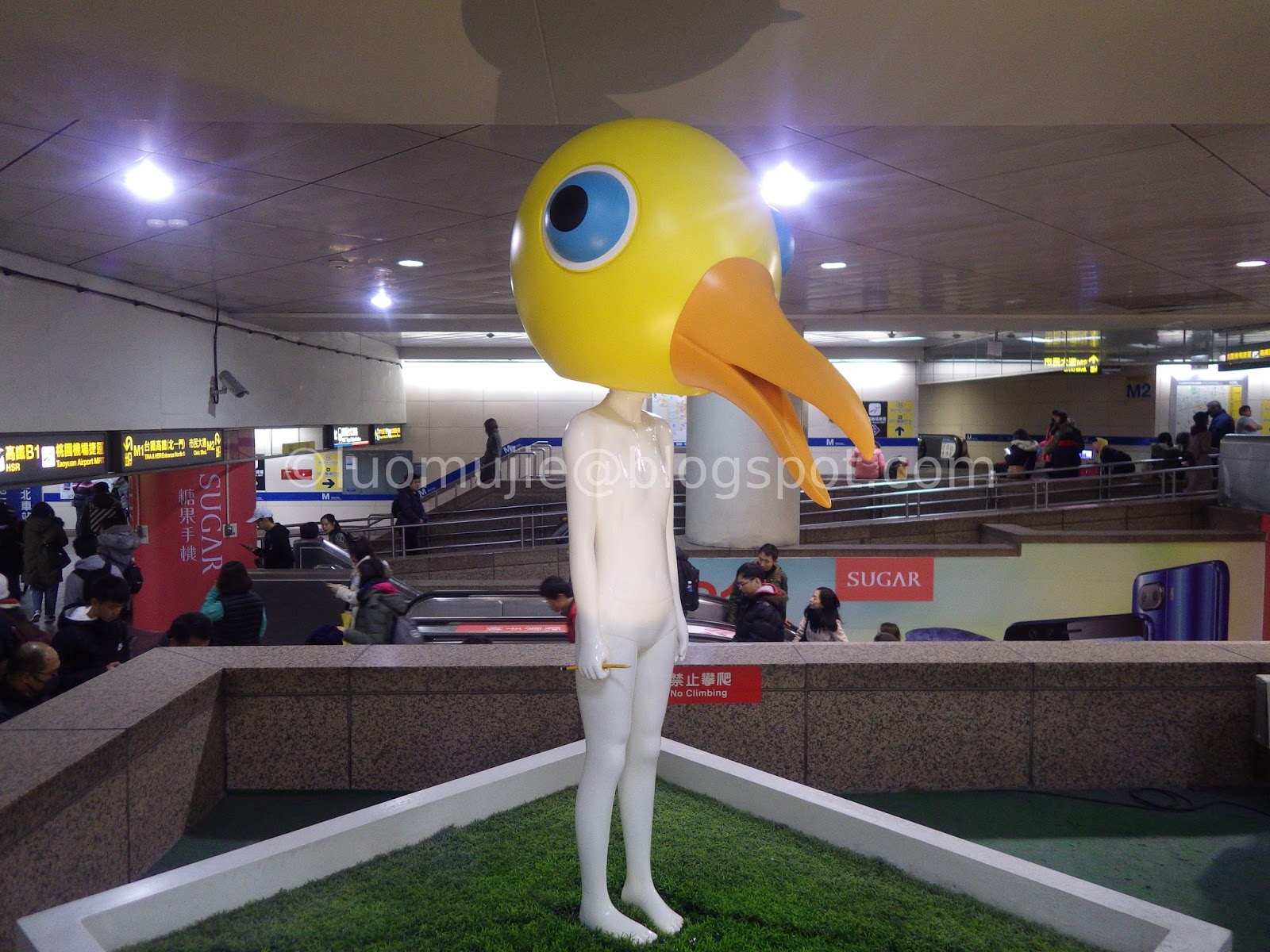
MRT birdman
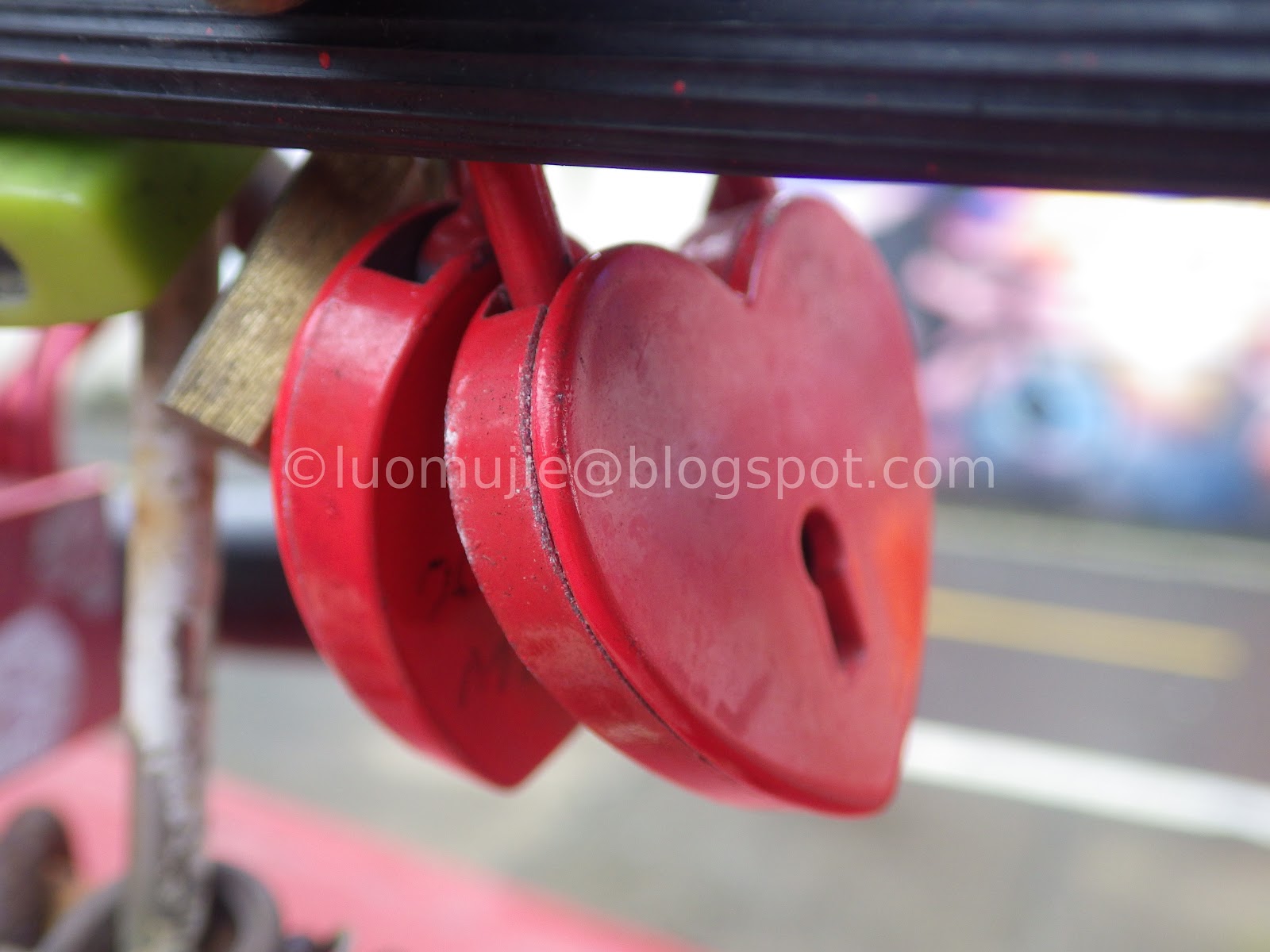
Valentine's Day

Tulips Festival
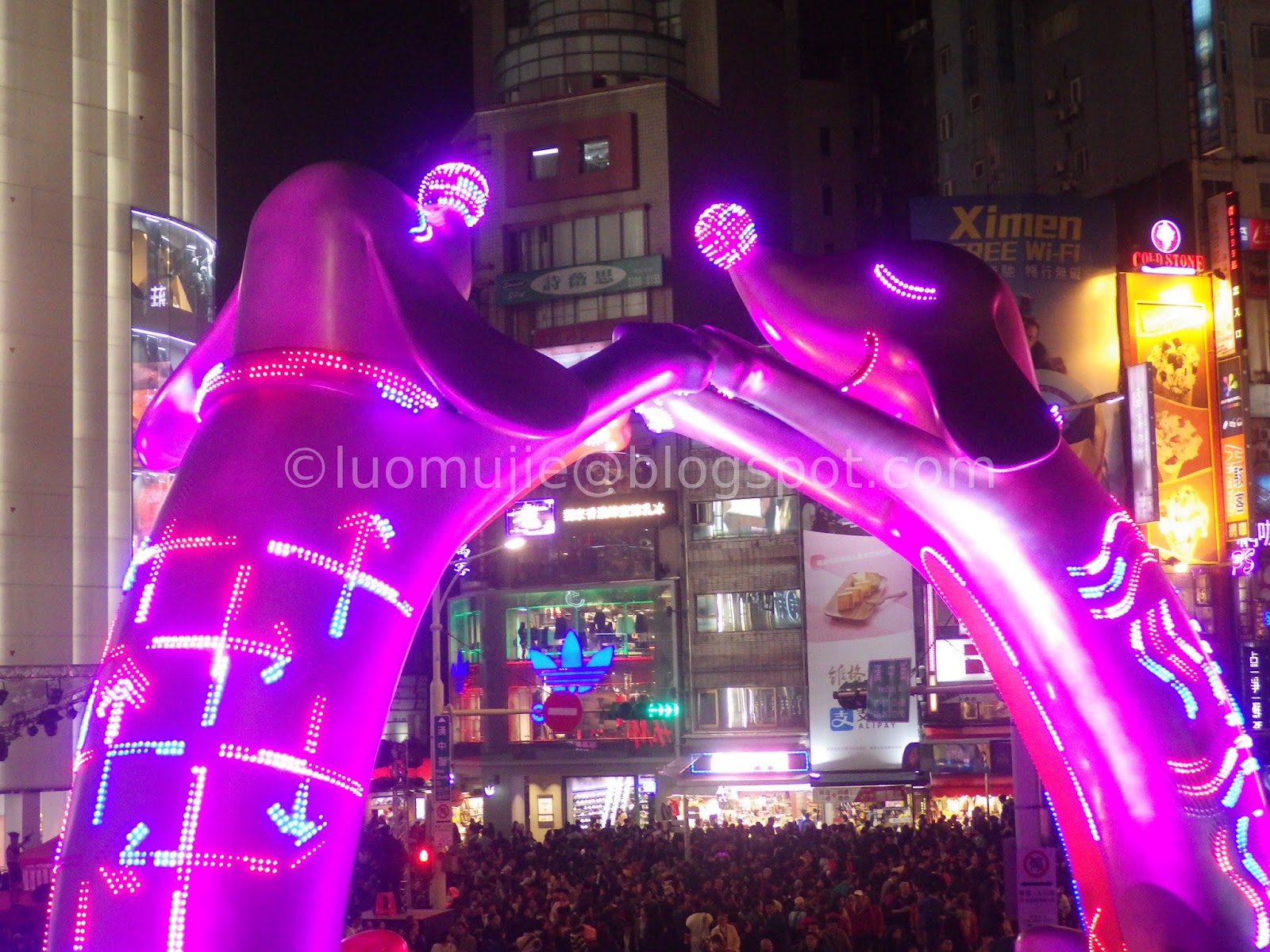
2018 Taipei Lantern Festival
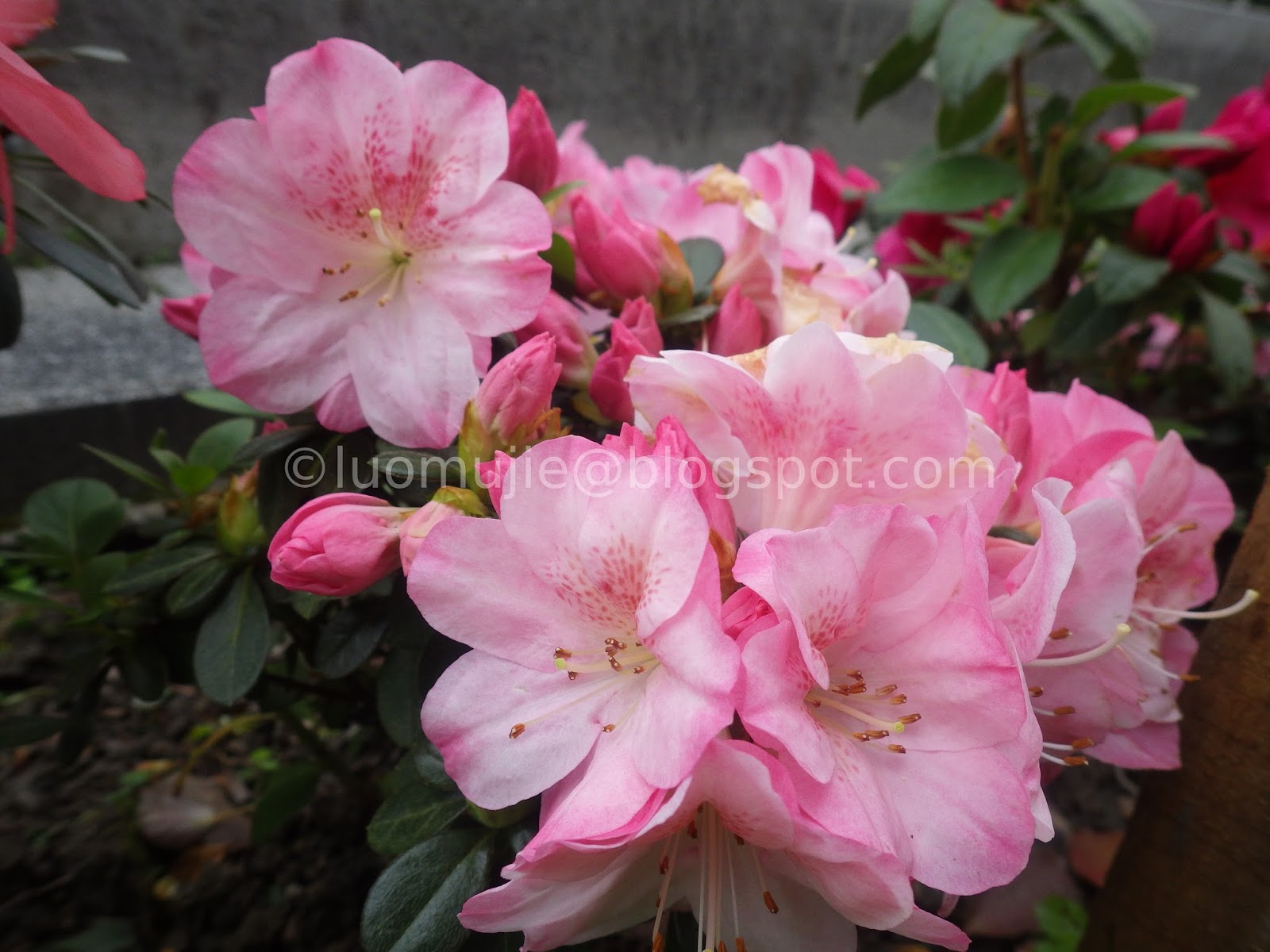
City of Azaleas
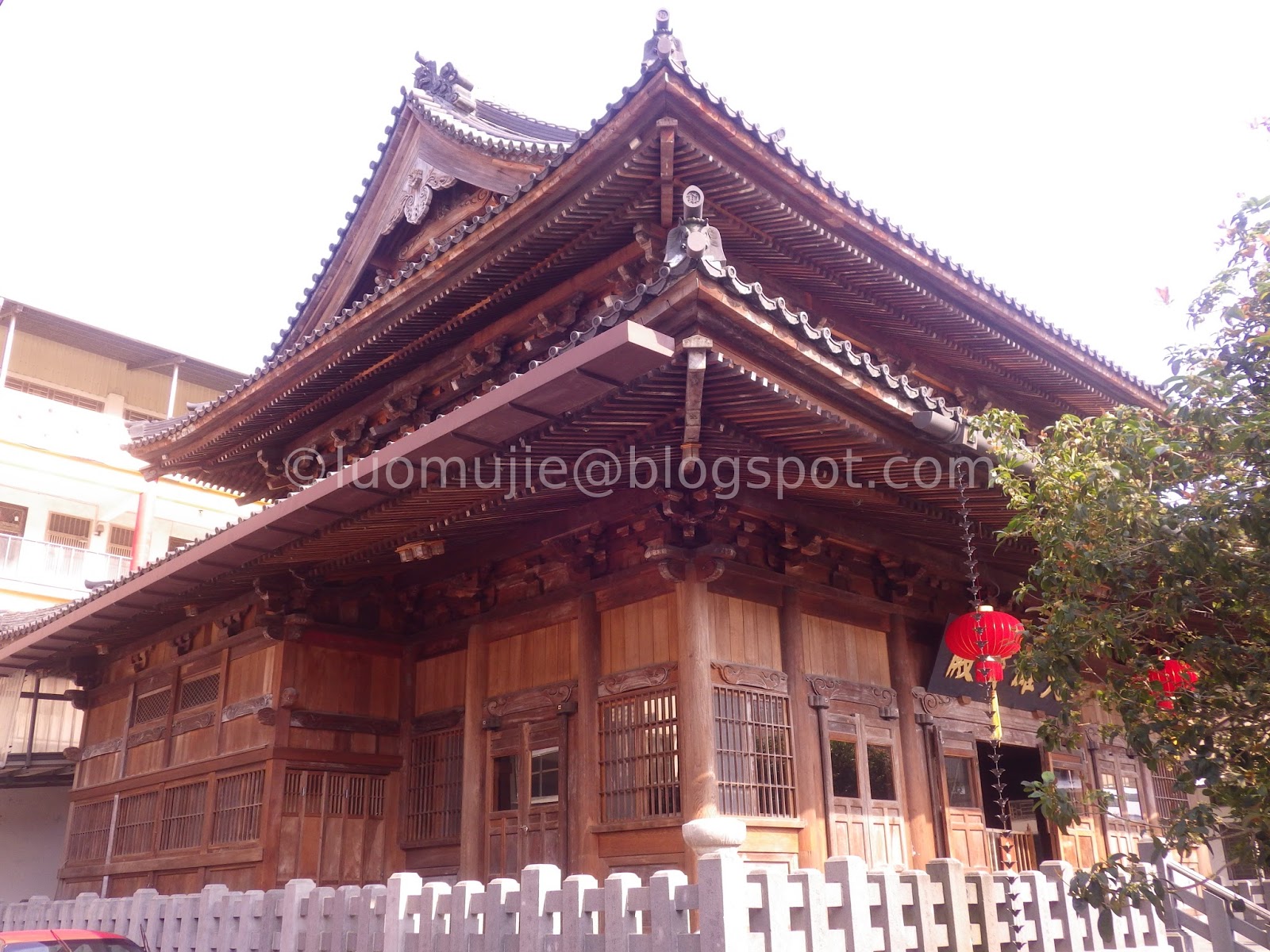
Linji Huguo Temple

Nanjichang Night Market

Gudetama Chef restaurant
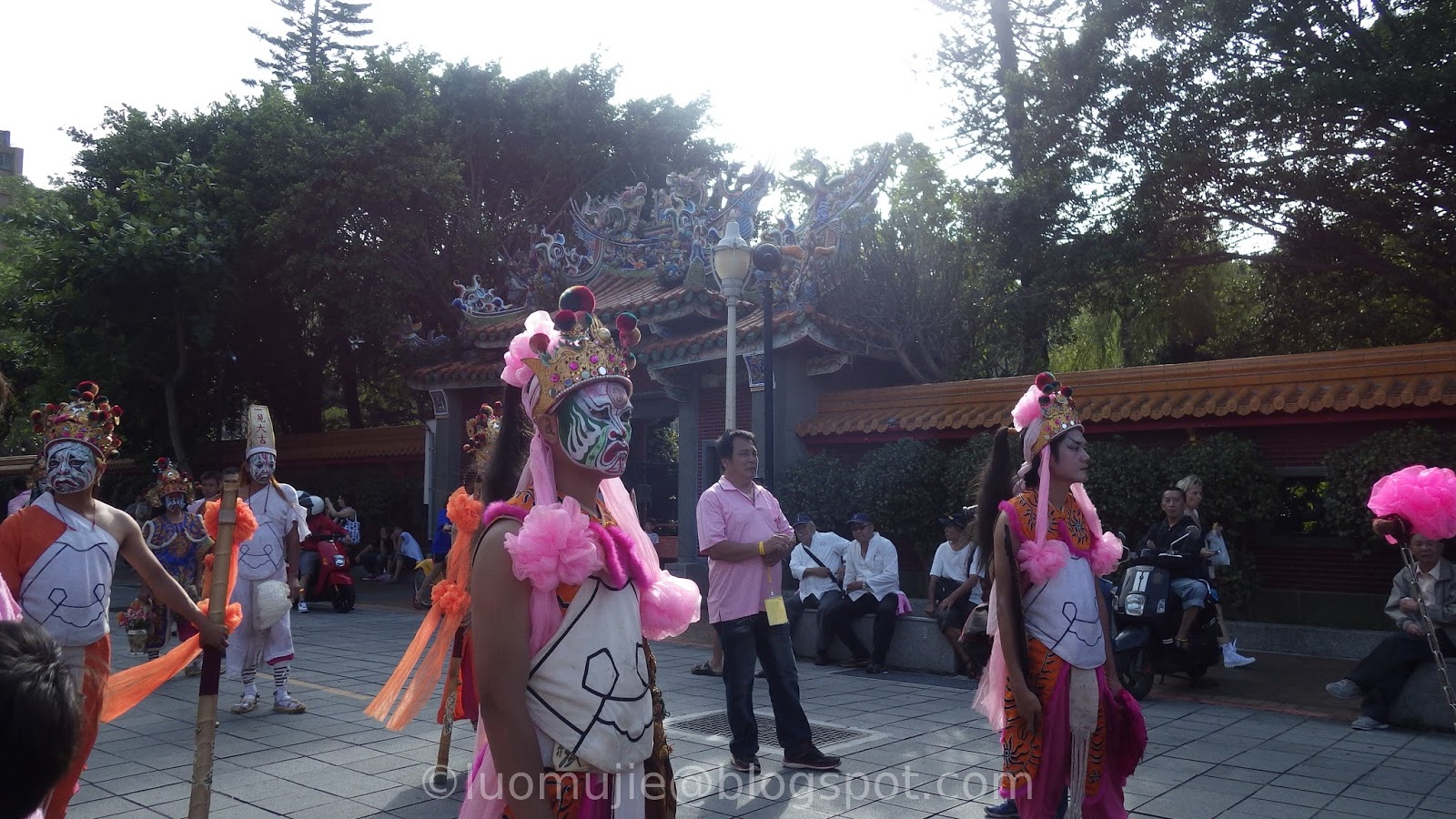
Dalongdong Bao'an Temple
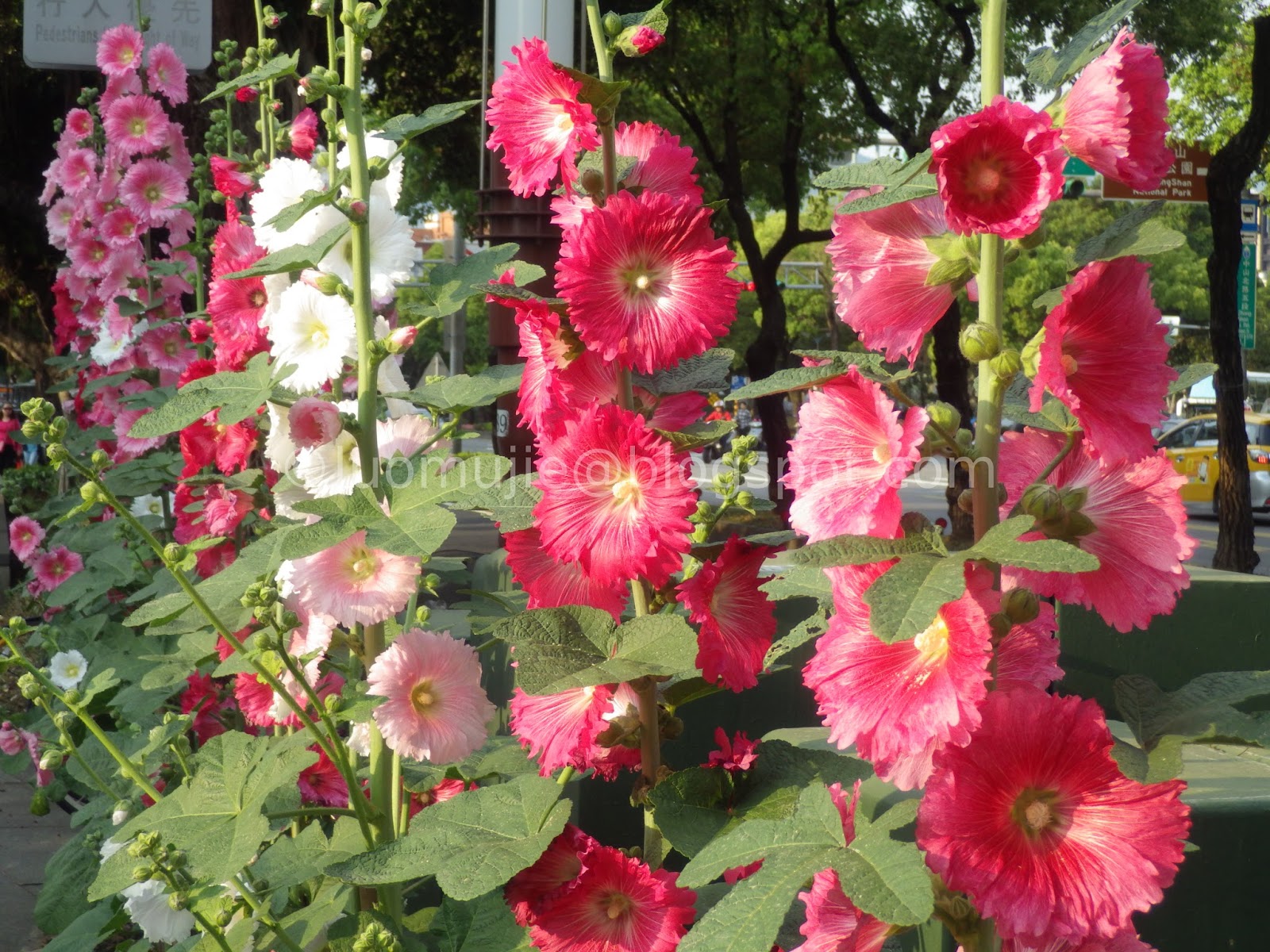
Shilin hollyhocks
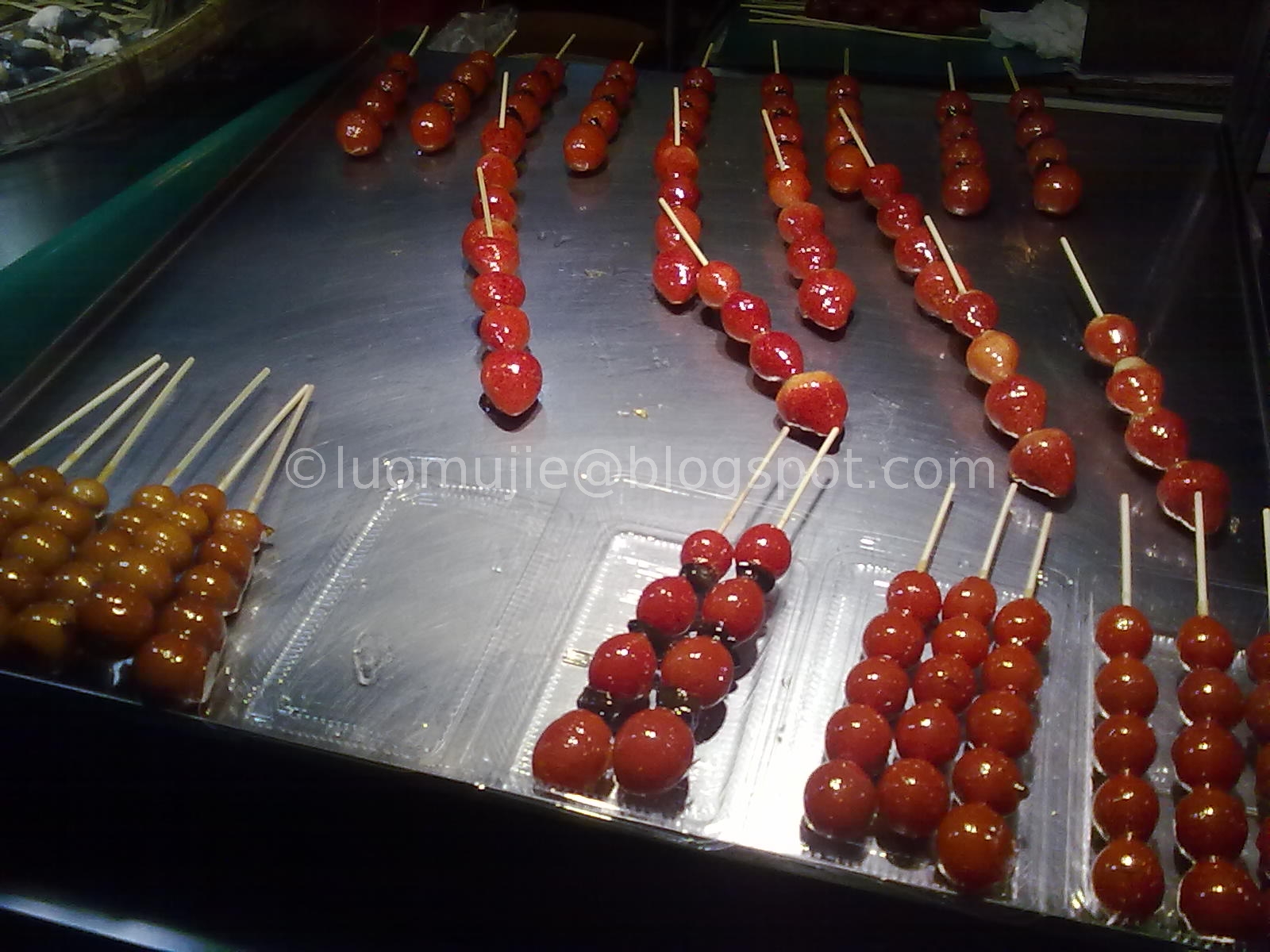
Ningxia Night Market
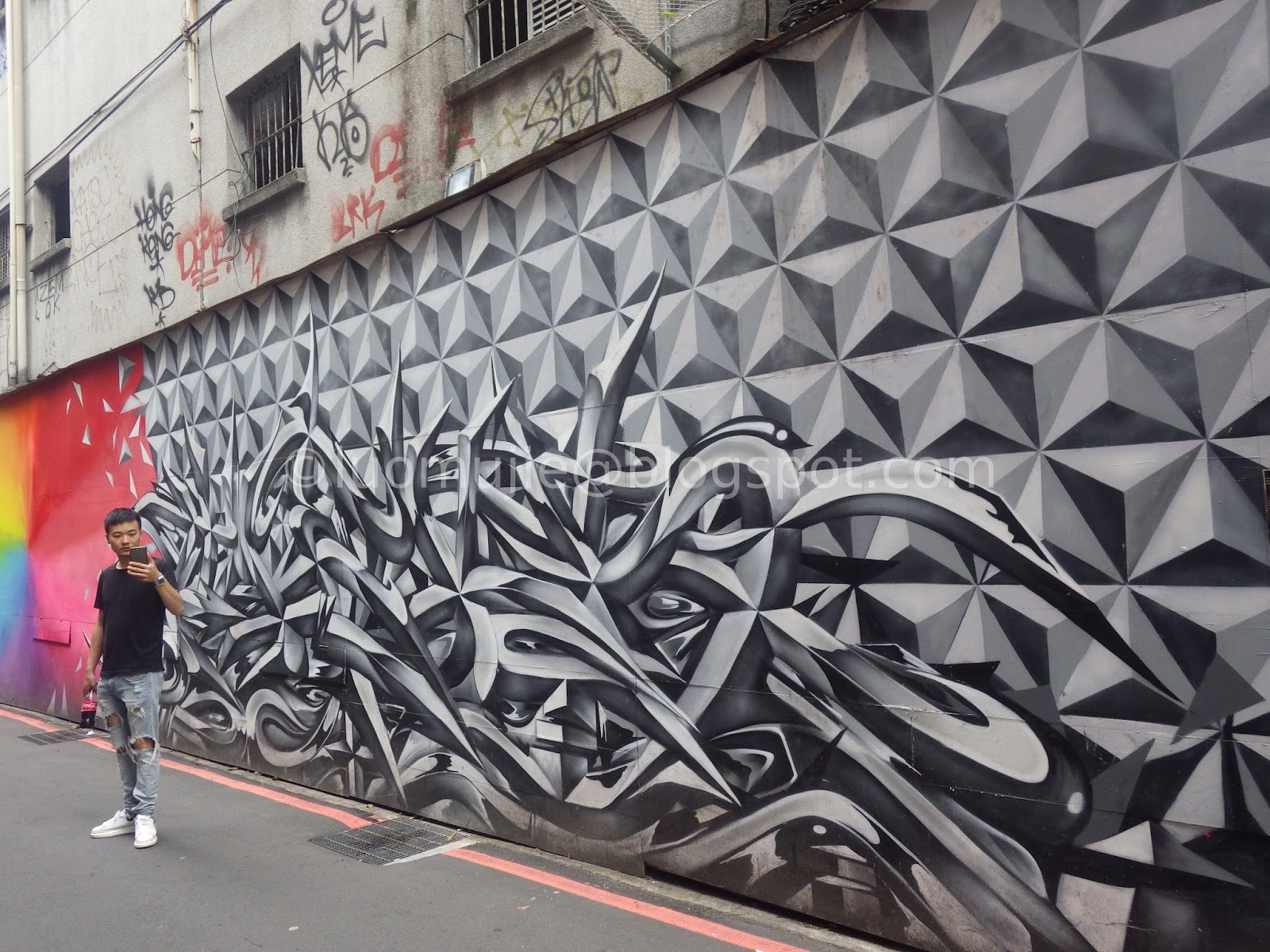
Ximending graffiti
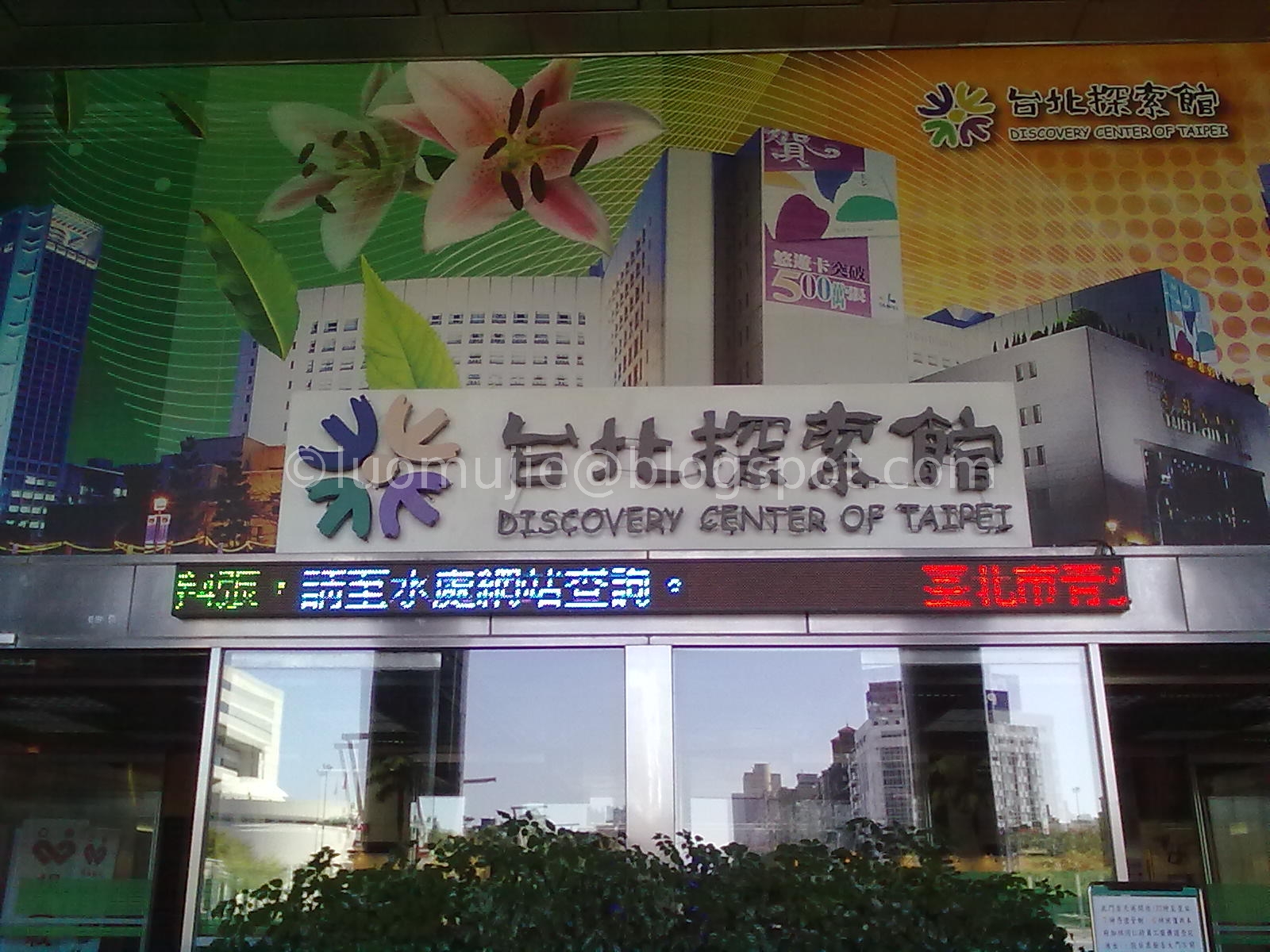
Discovery Center of Taipei
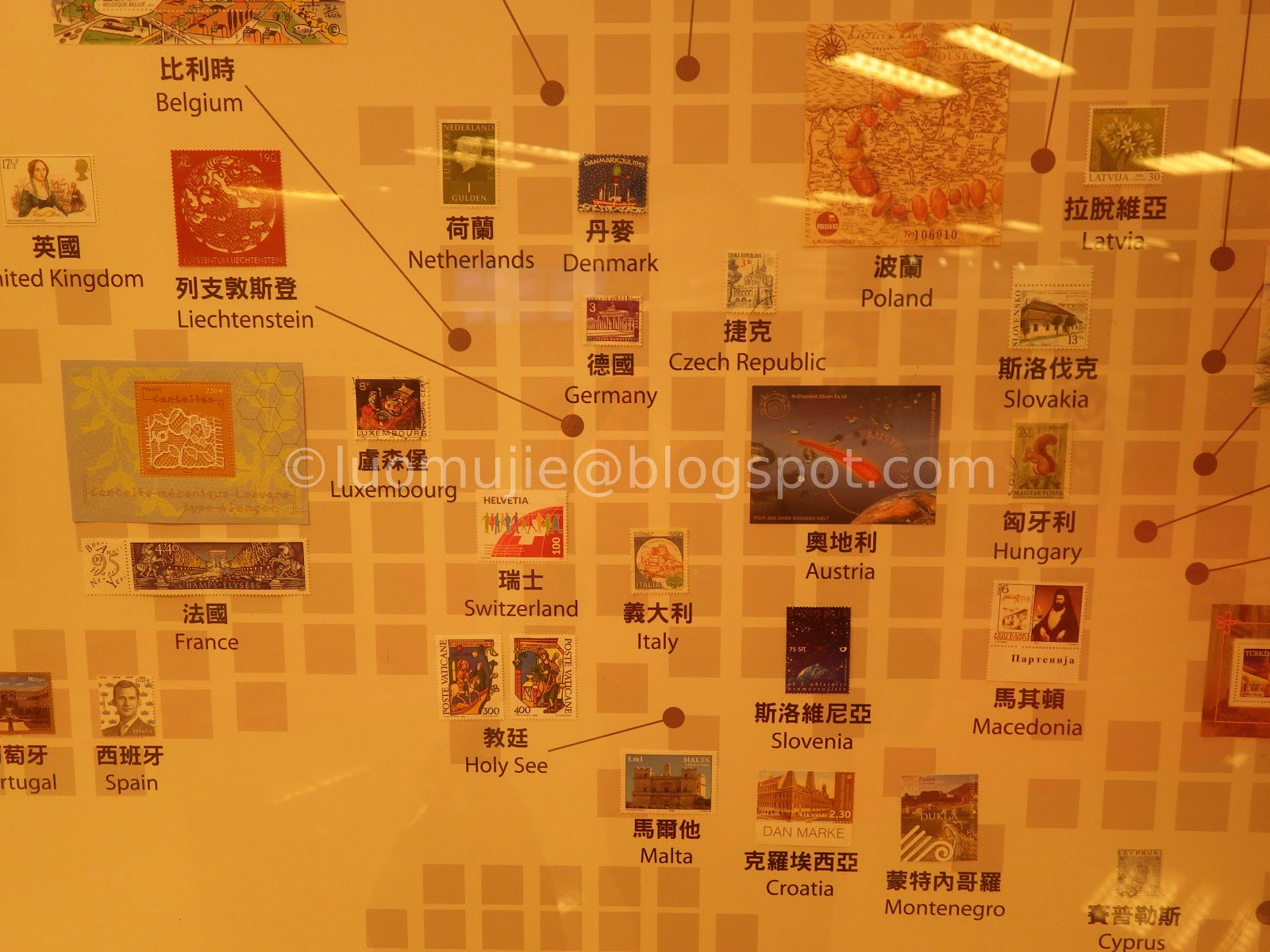
Chunghwa Postal Museum
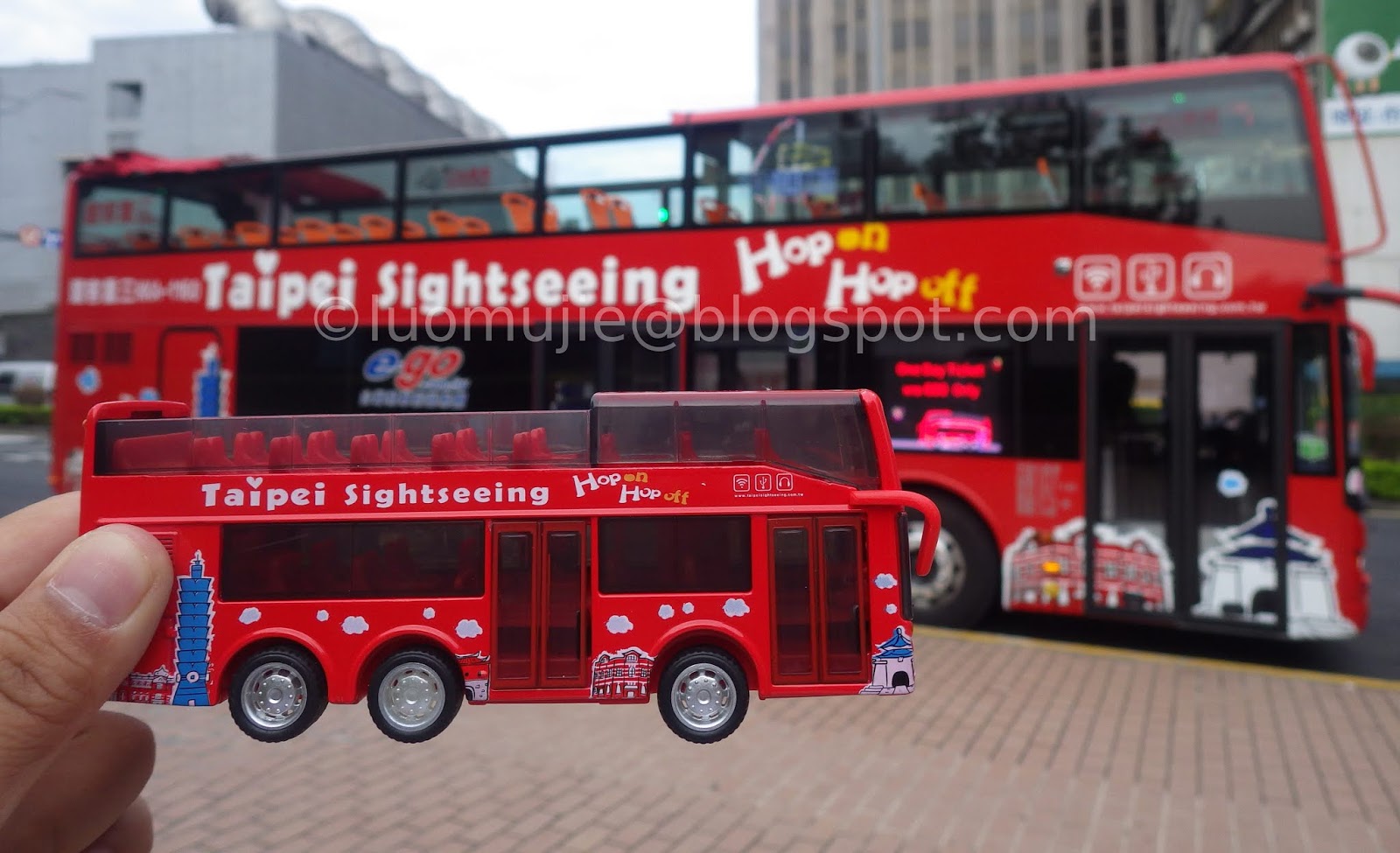
Double-Decker Bus

Shilin Cold Balls

Jingimoo

GomanMango
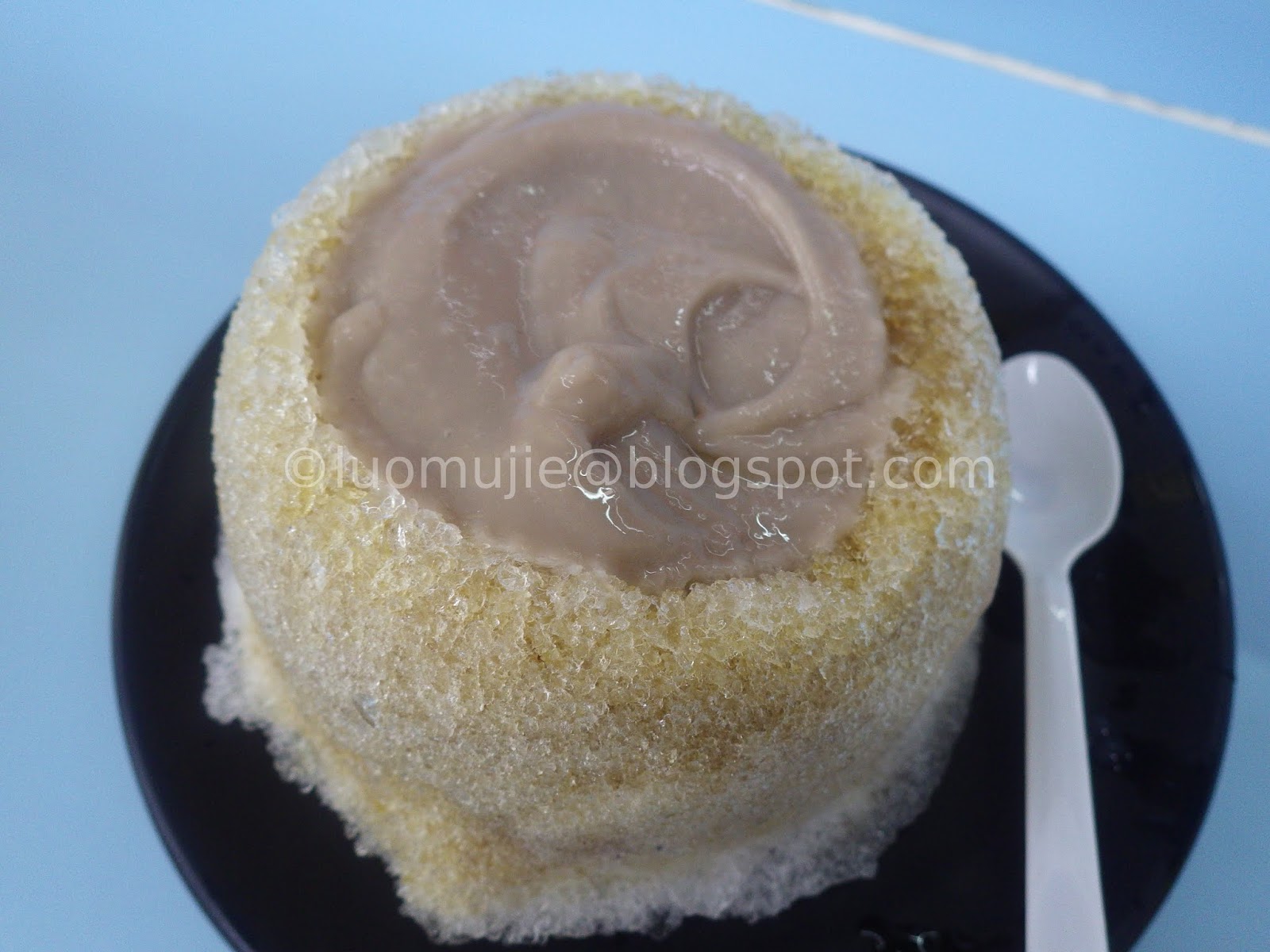
mud volcanic ice
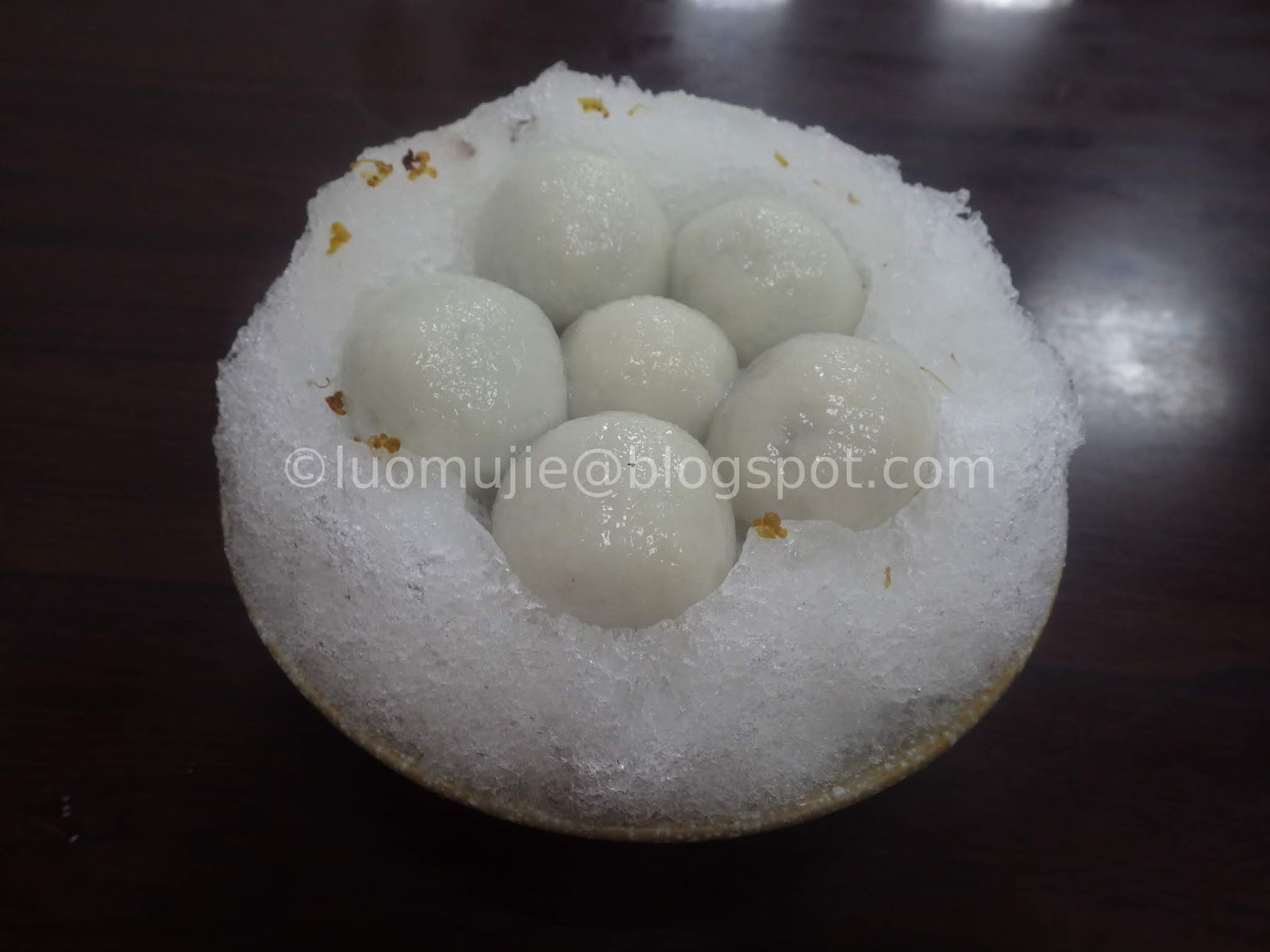
Fire and Ice Dumpling
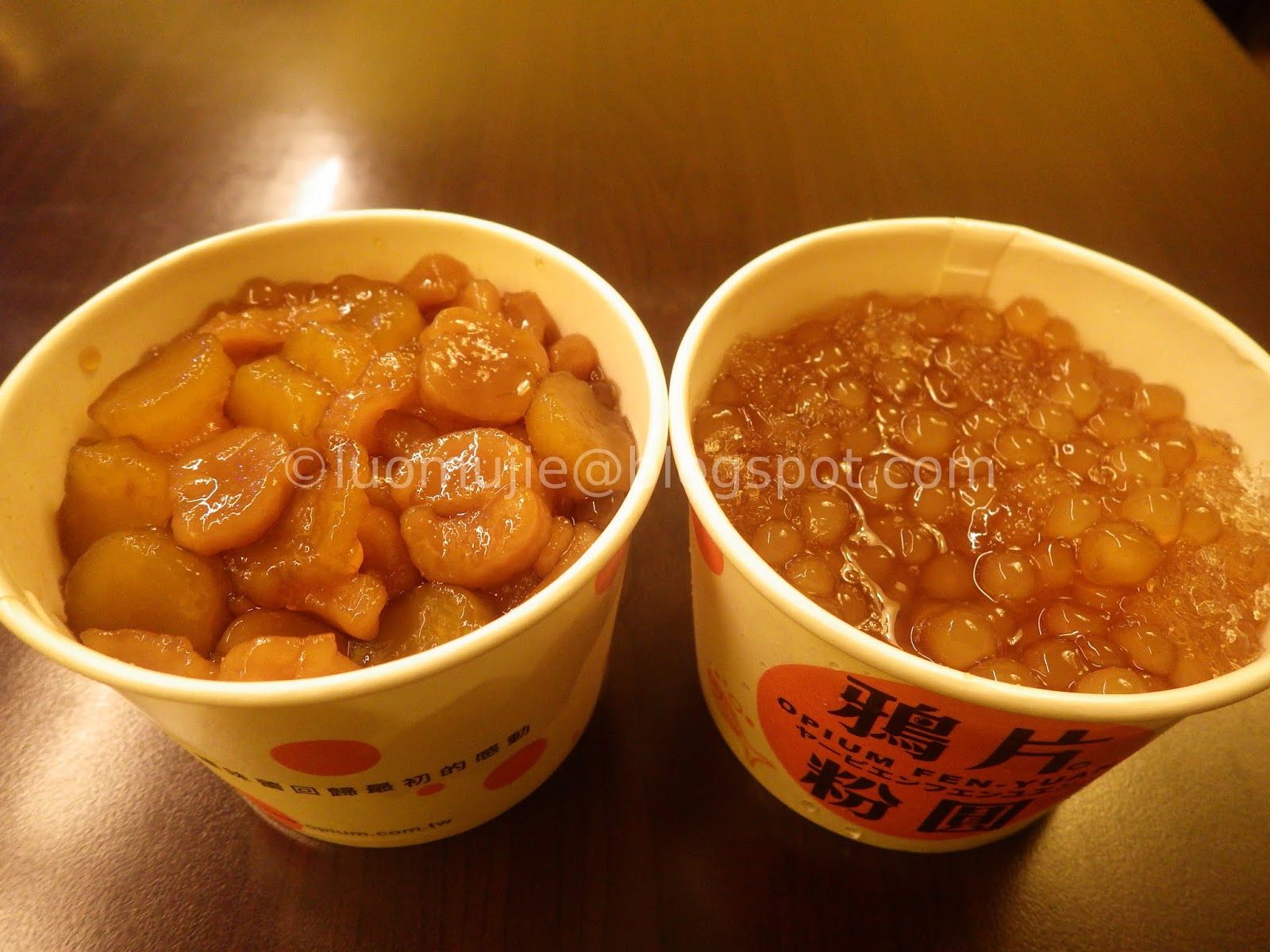
Opium Fen-Yuan

Ichiran Ramen
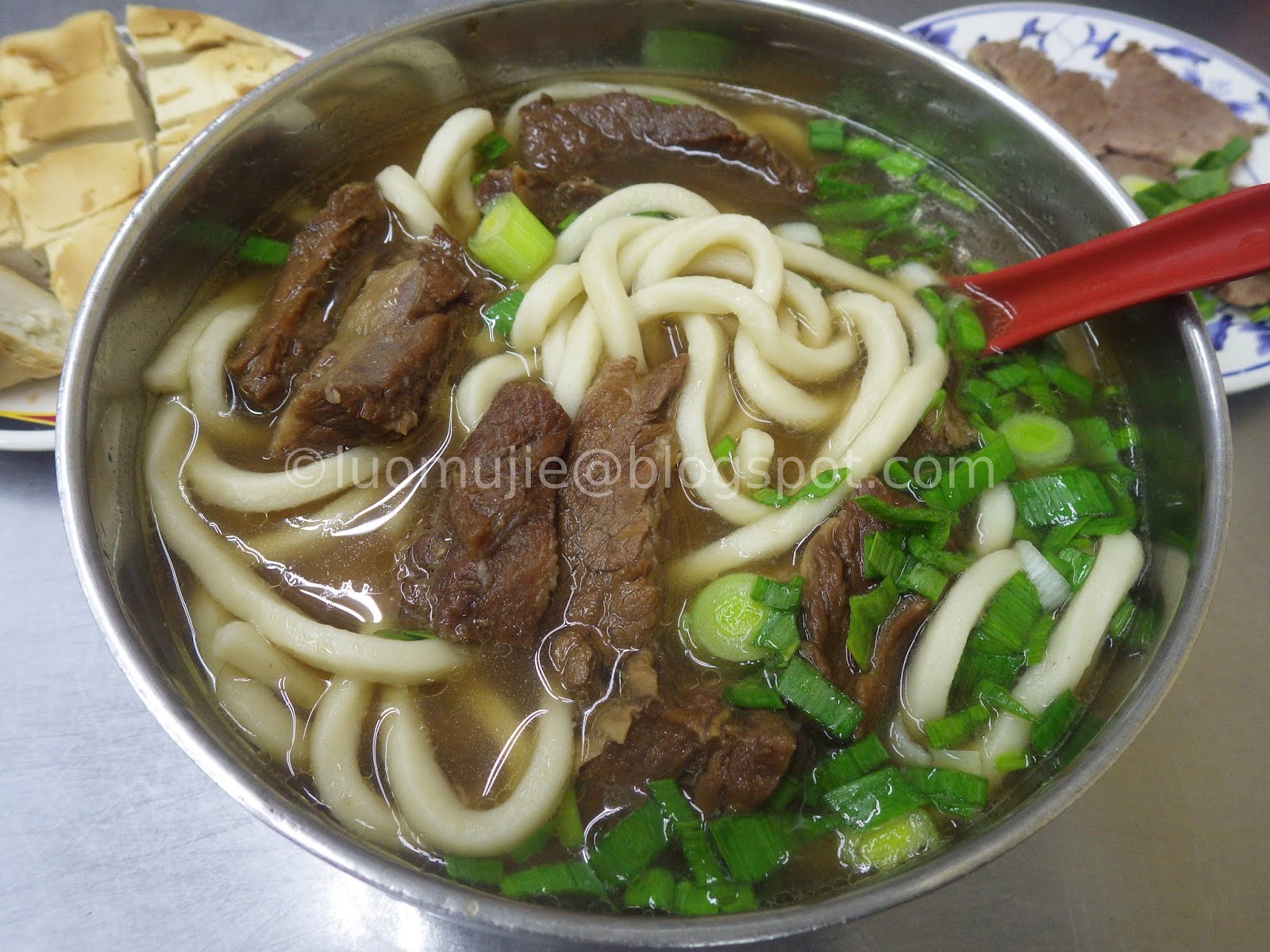
Liu Shandong Beef Noodles

hydrangea flowers

National Palace Museum
Other attractions in Taipei

Taipei on a budget

Japanese buildings

Dāoxiāomiàn beef noodles

Presidential Office Building

Yongkang St. and Elephant Mountain
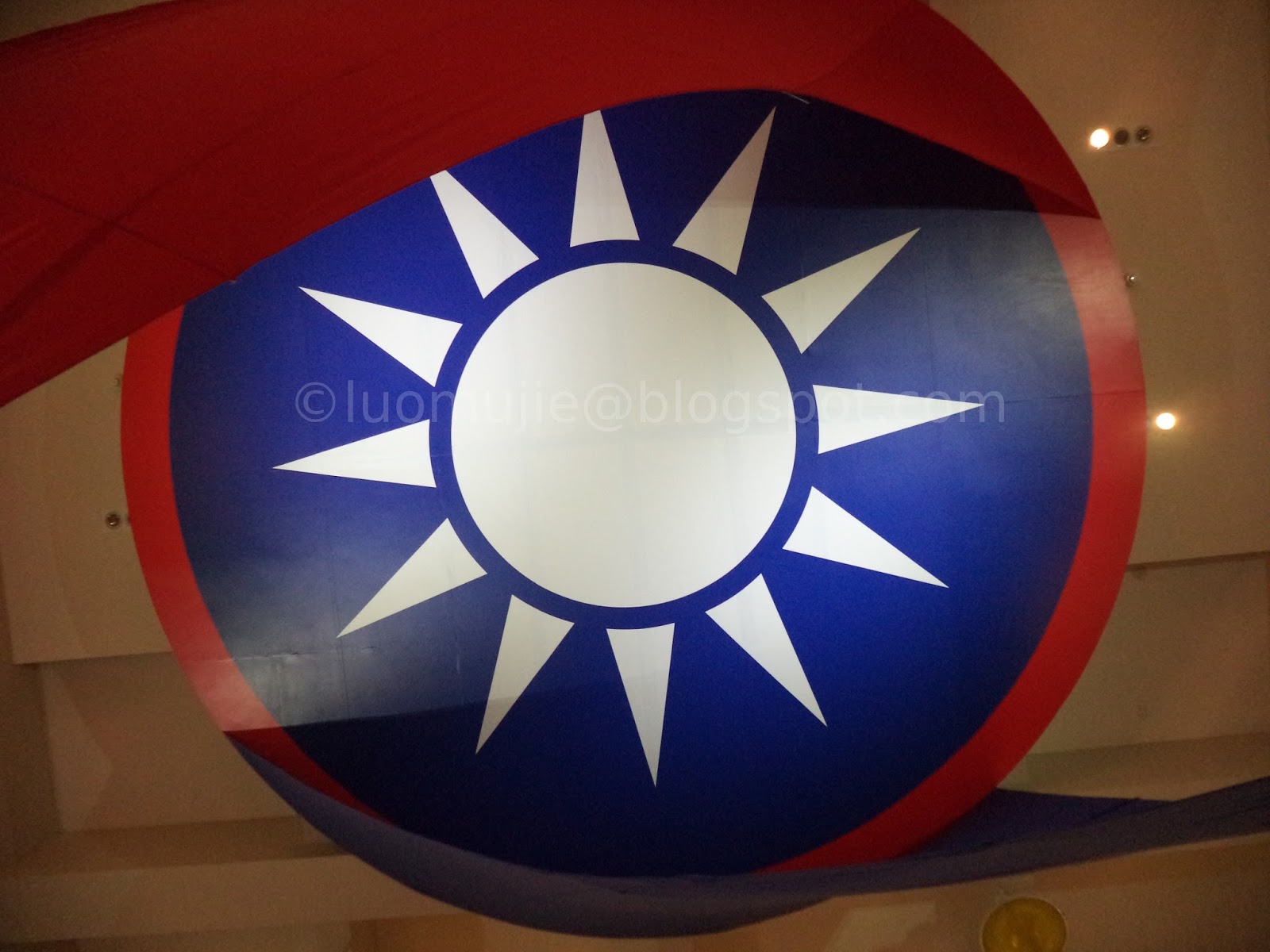
CKS and SYS Hall

City tour

Beitou ramen
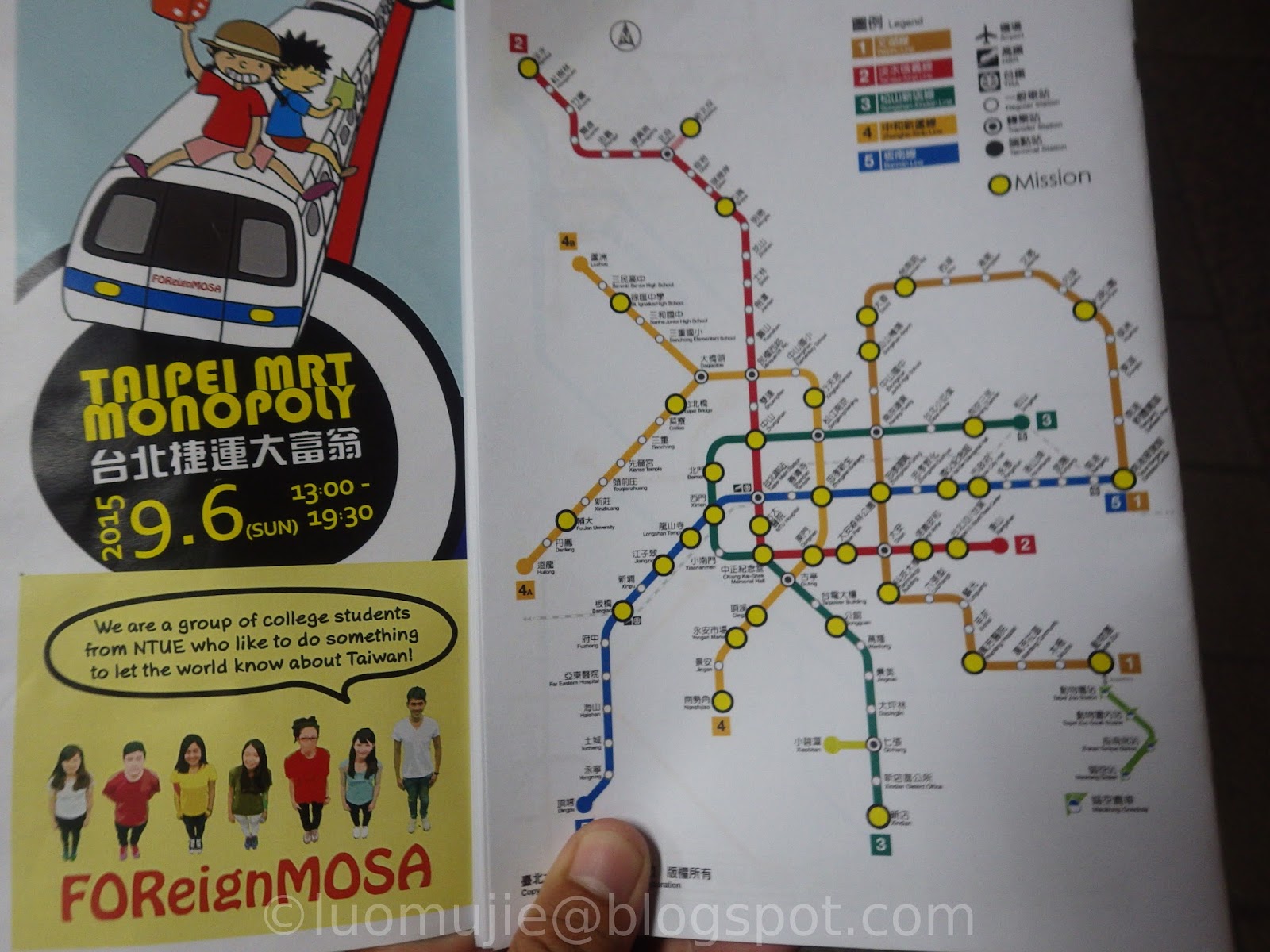
MRT Monopoly Game

Winter city tour

Zhicheng Park

Shilin Plum Blossom

Art museums

Shopping in Taipei
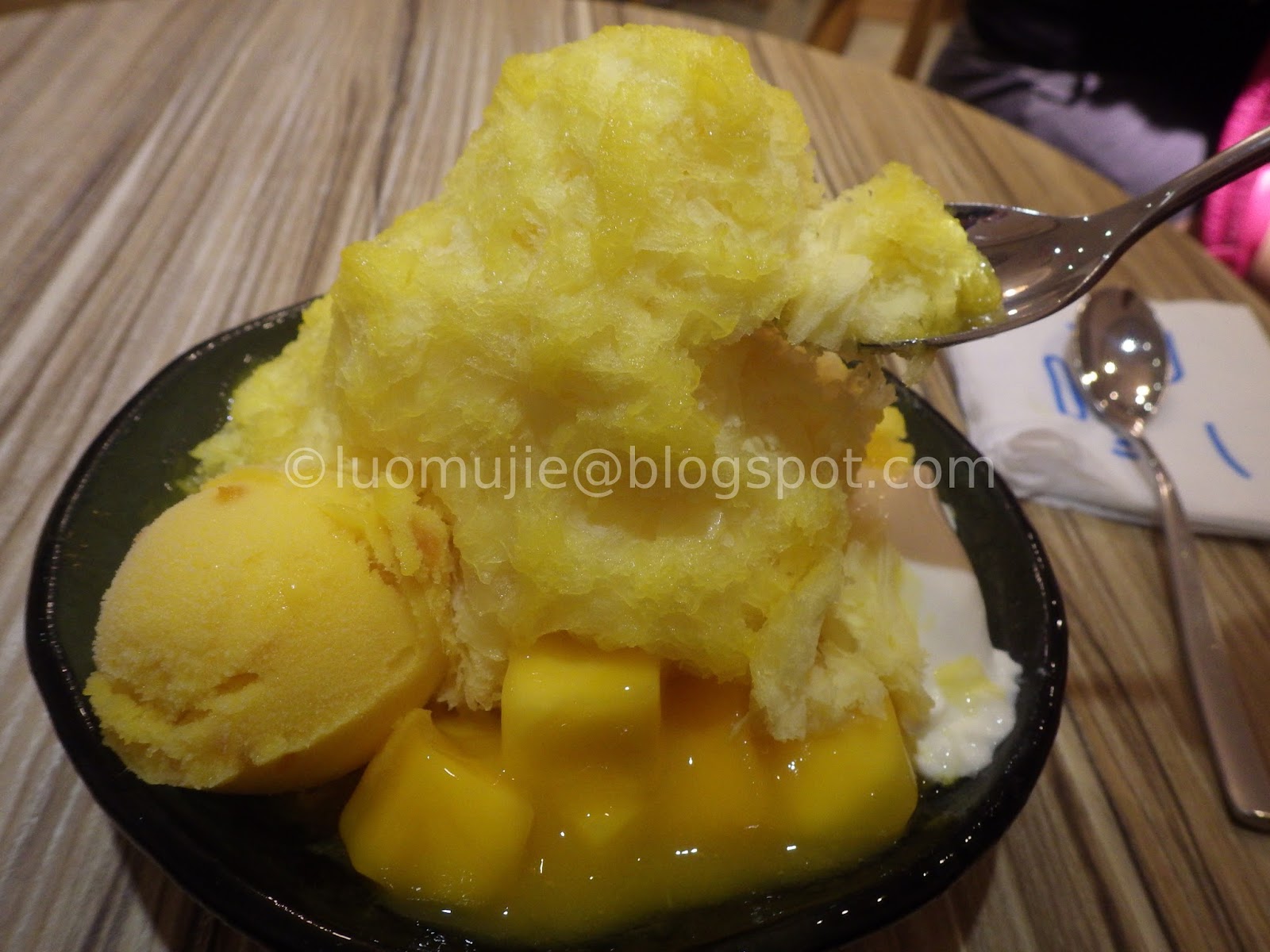
Summer desserts

Qingtiangang
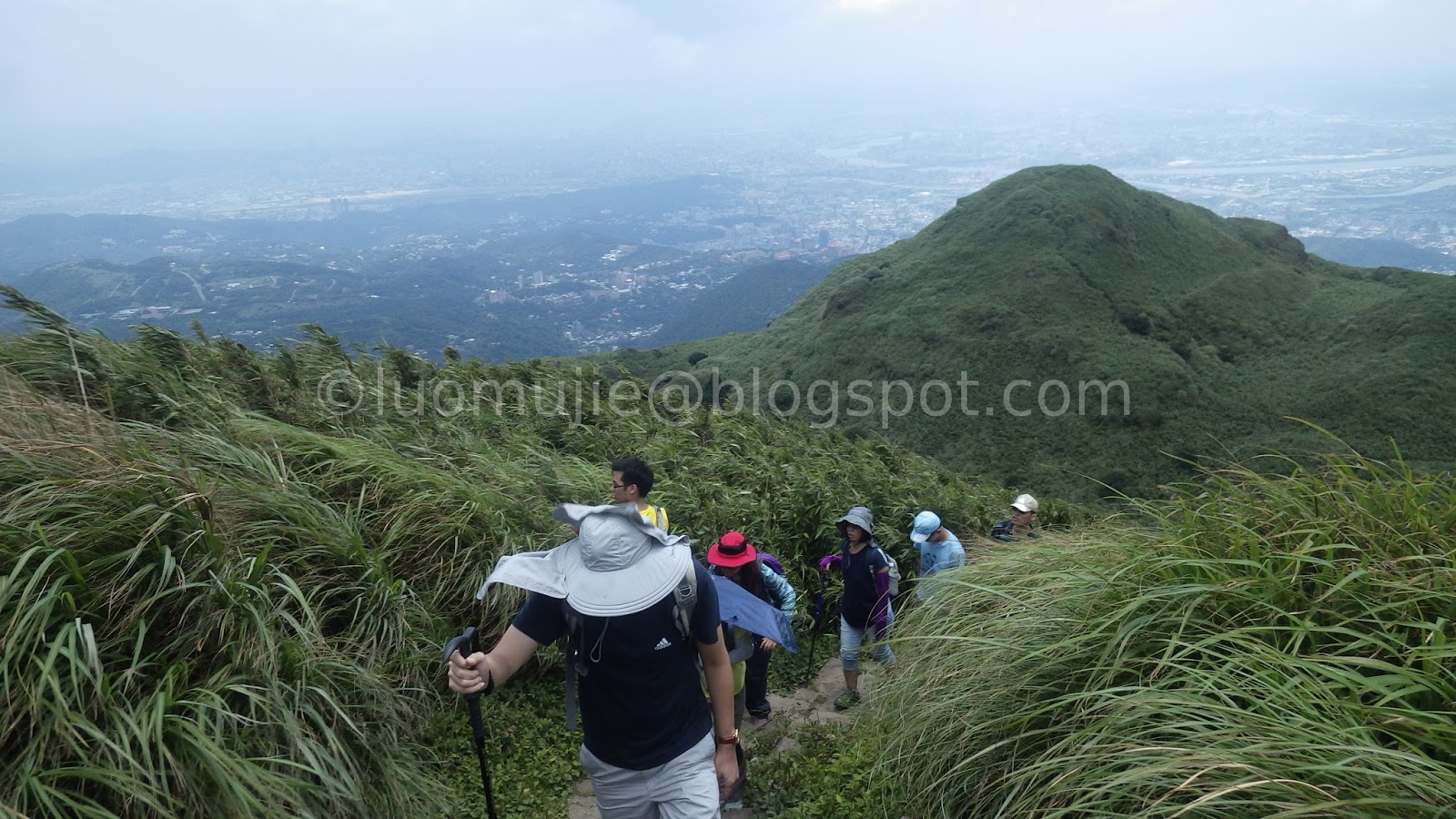
Qixingshan hiking
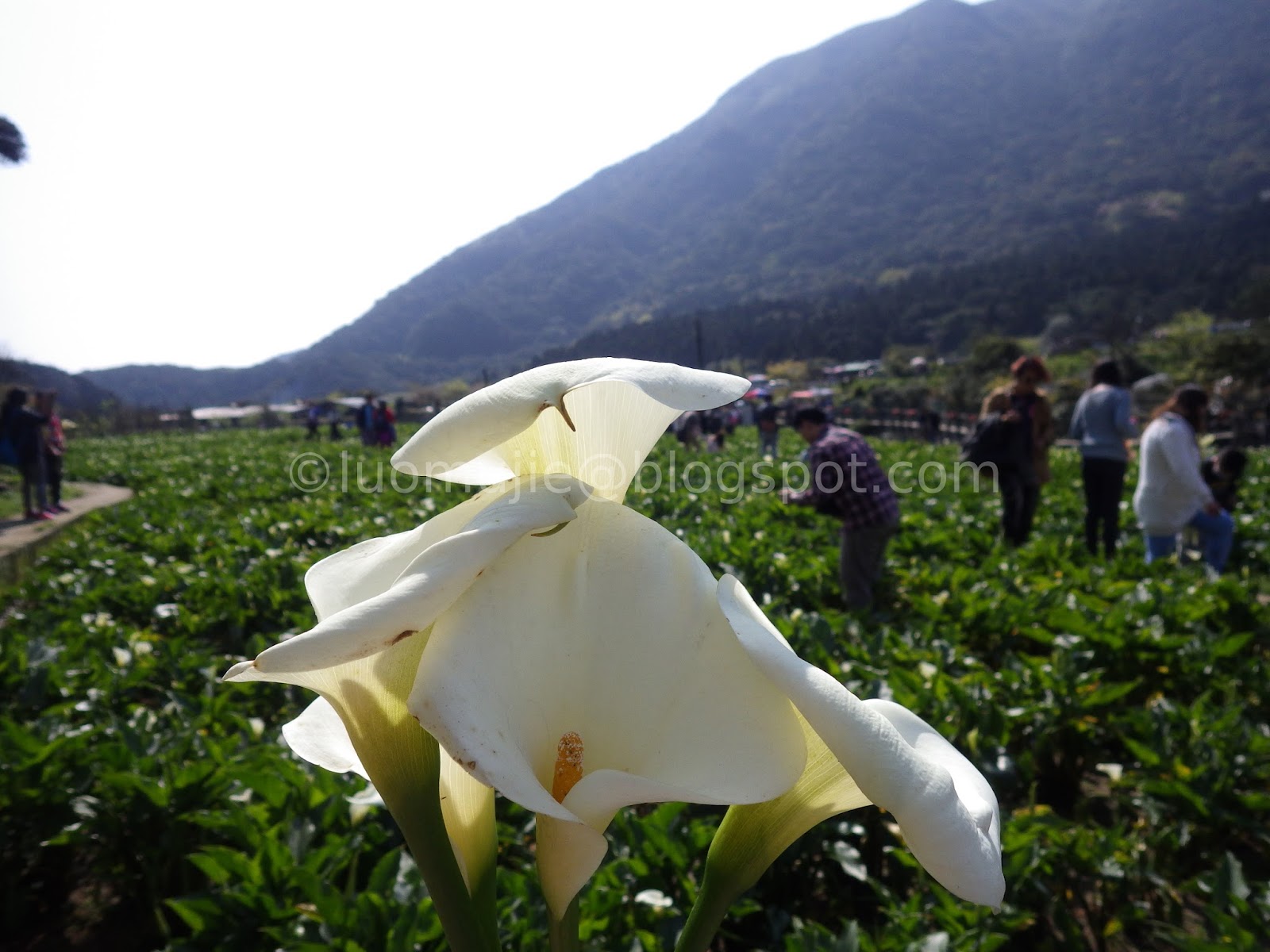
2015 Calla lily

2016 Calla lily

Beitou tour

Beitou-Zhuzihu tour

NTU
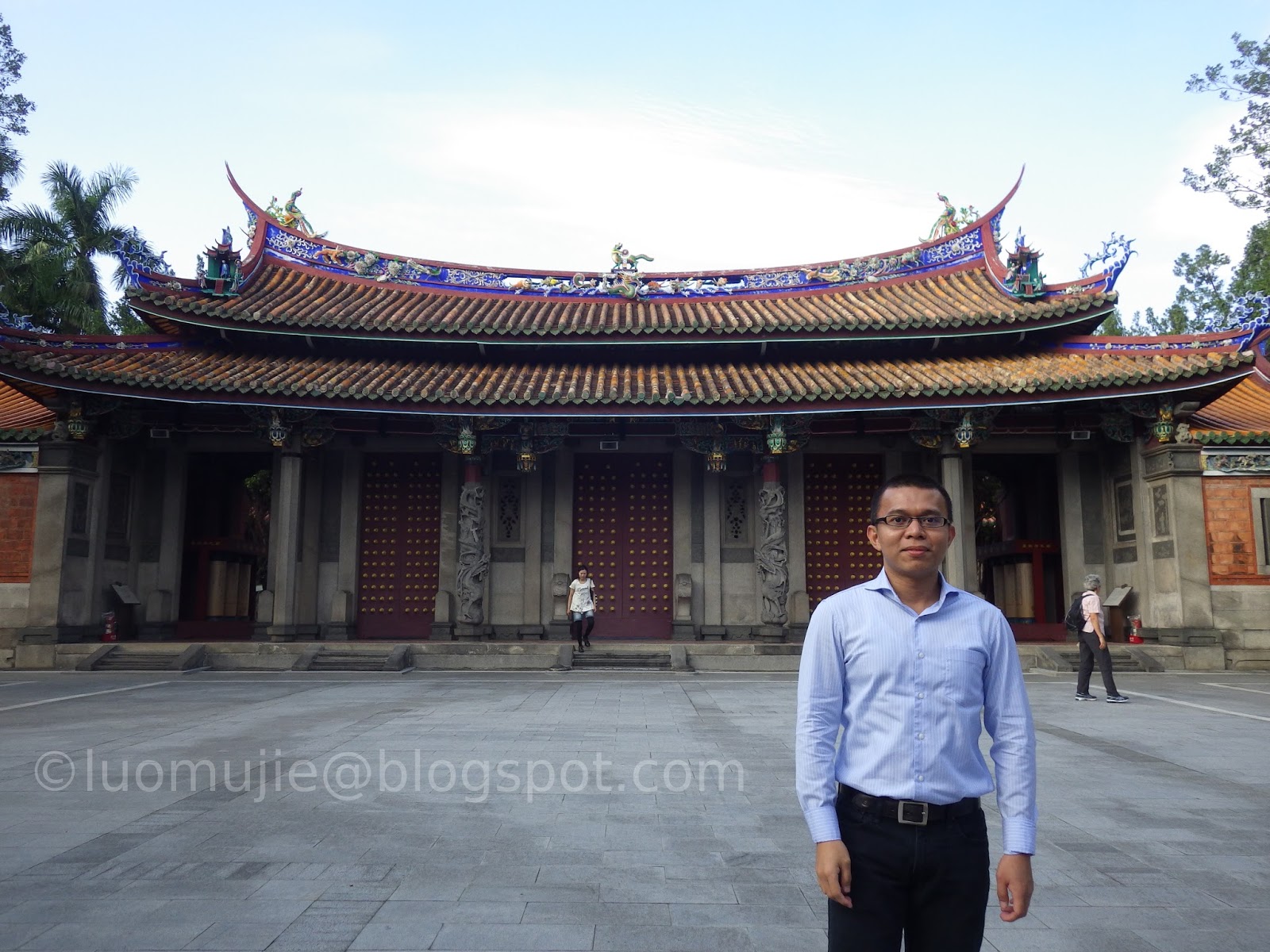
Confucius Temple

2015 Dadaocheng Festival

Puppet Museum
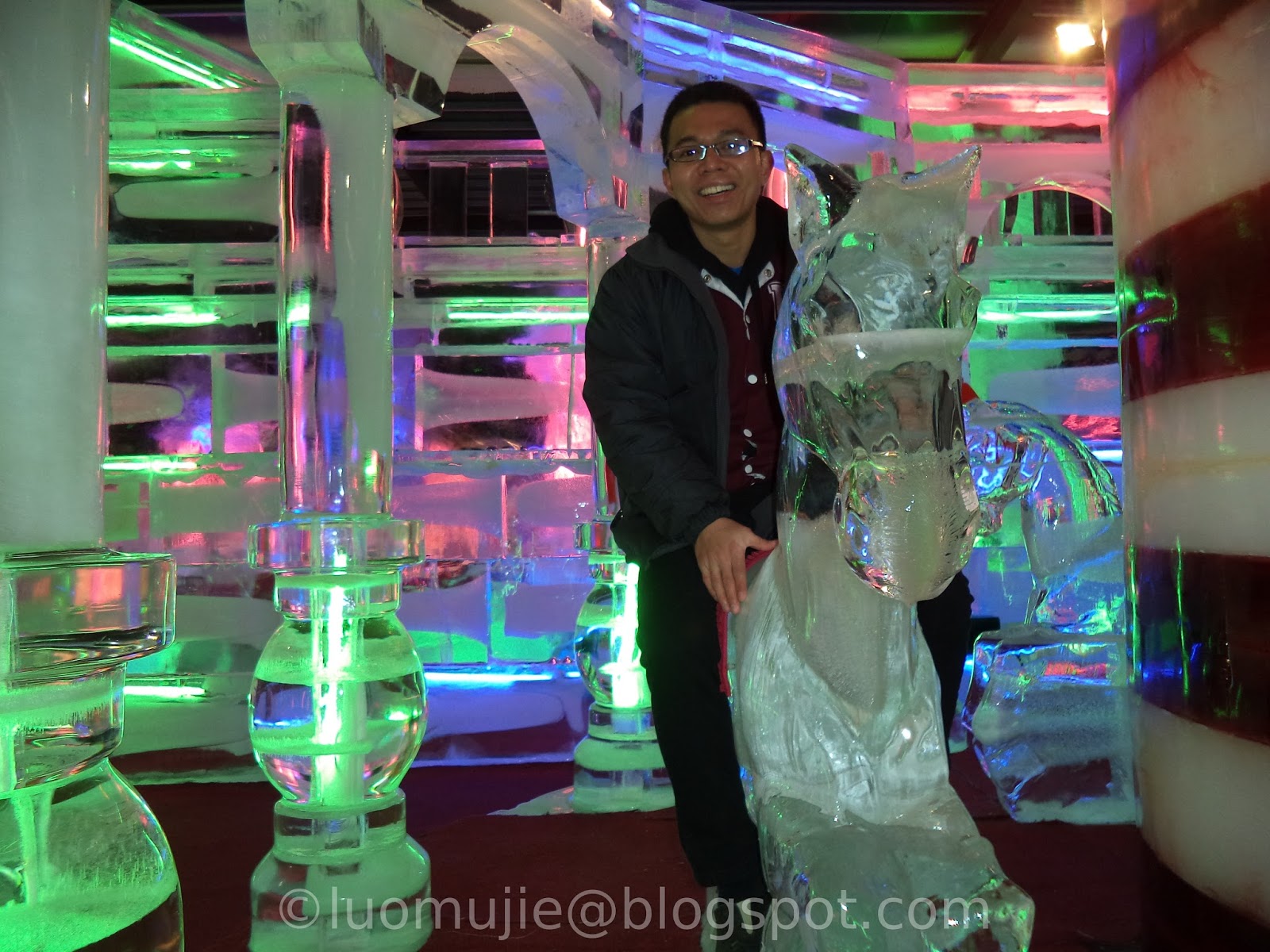
Fantasy Ice World

2016 Bread Show

Strawberry picking

2015 Rose Garden
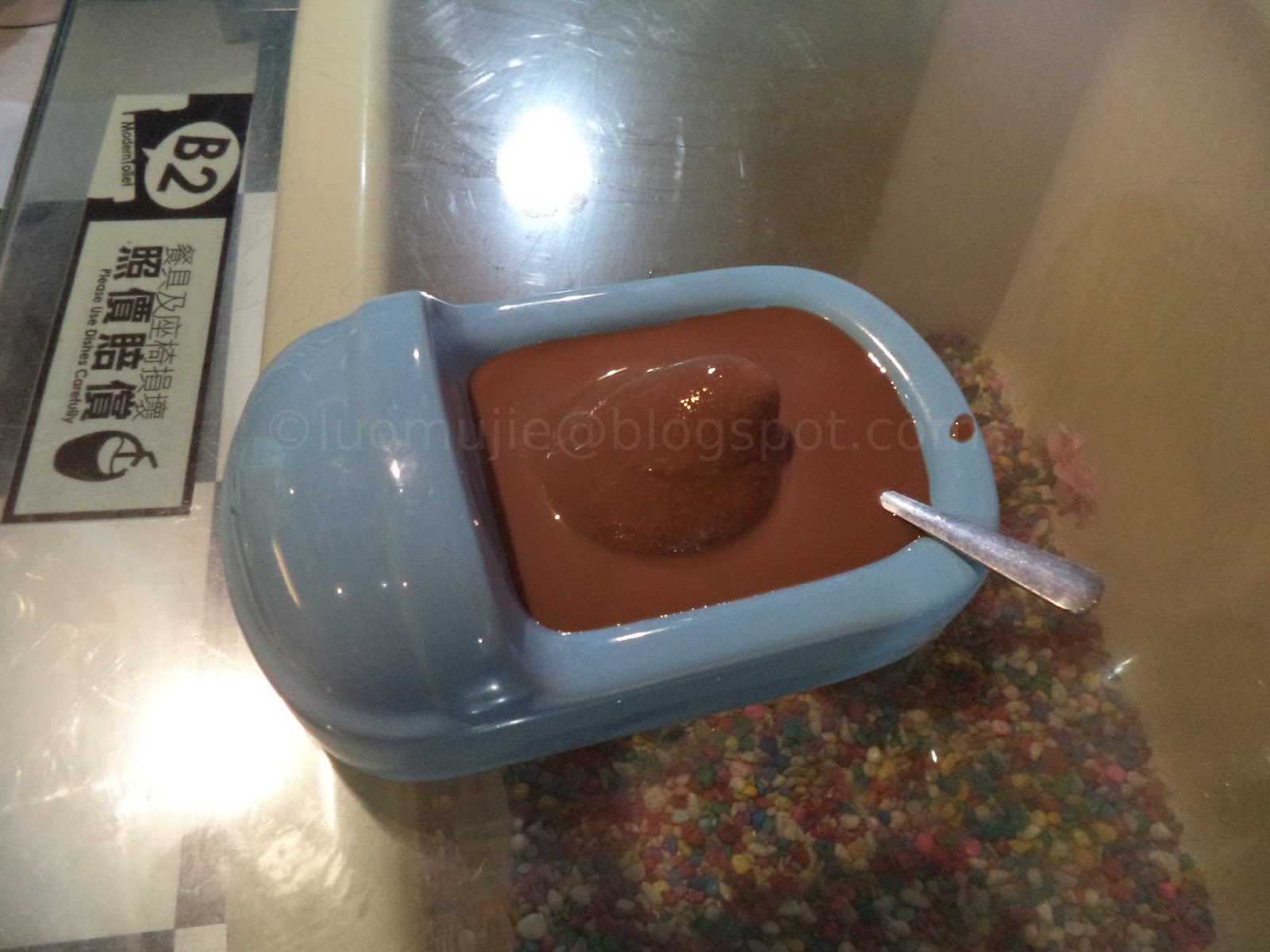
Modern Toilet
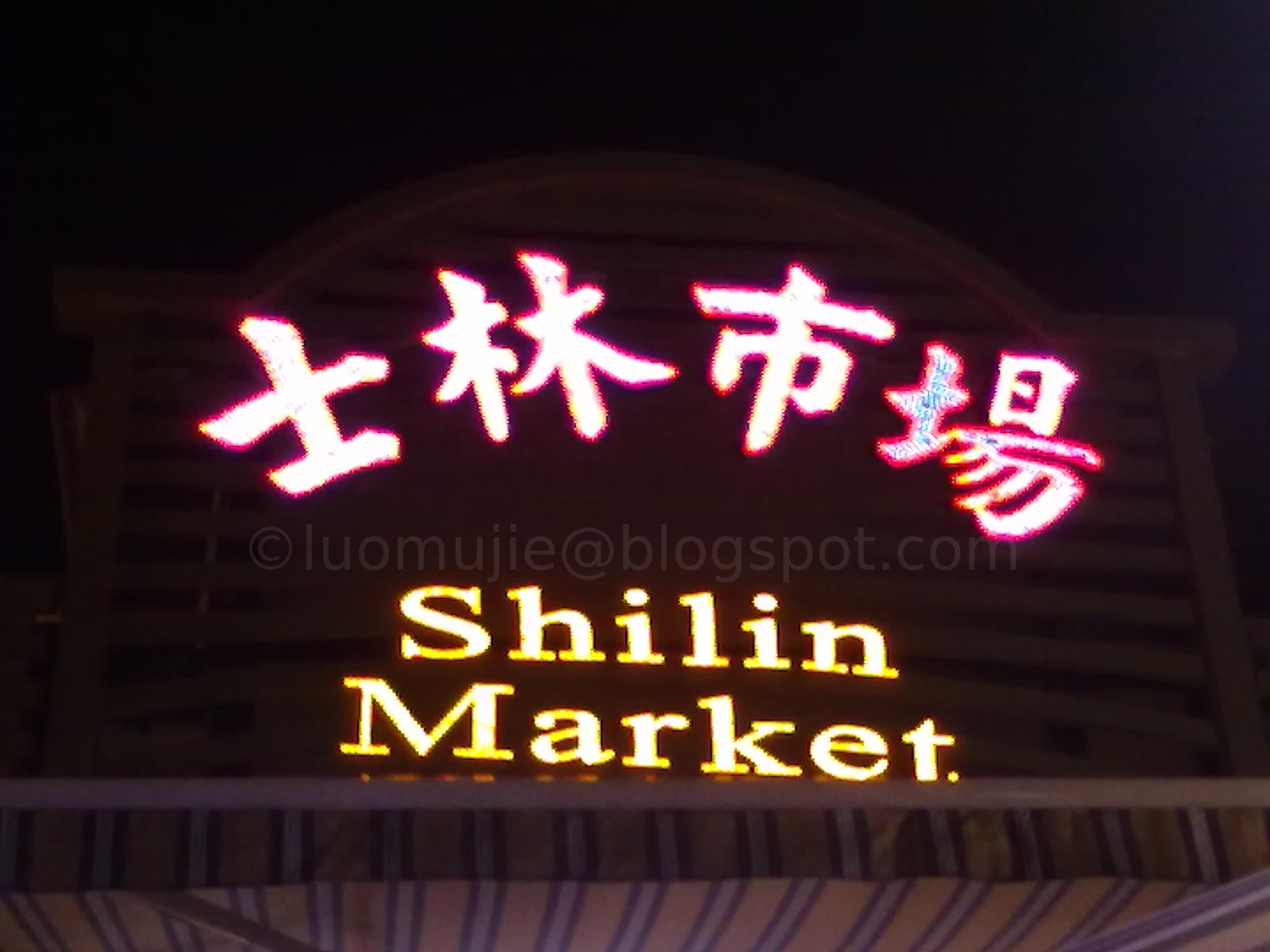
Shilin Night Market
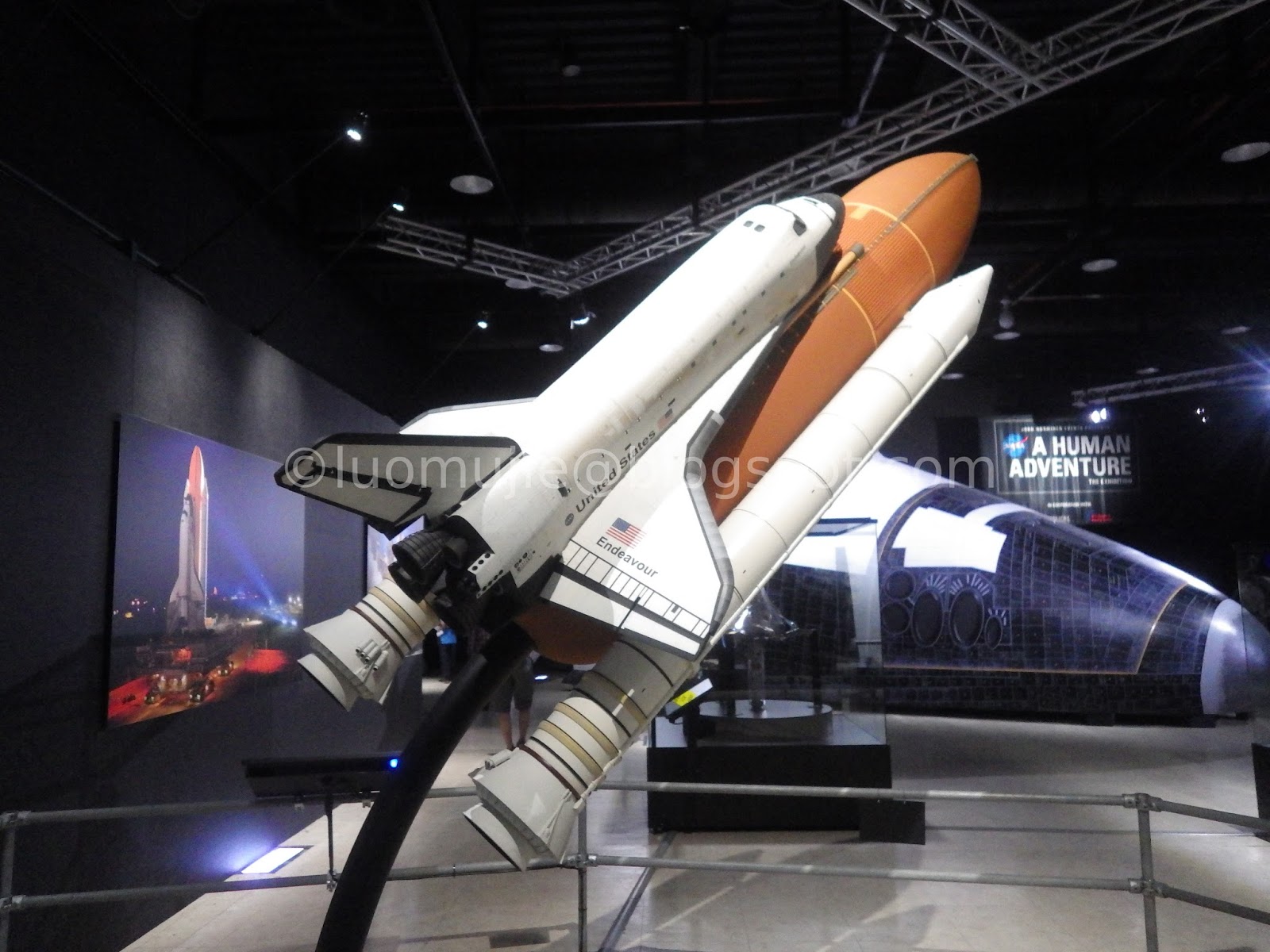
NASA Exhibit

Raohe Night Market
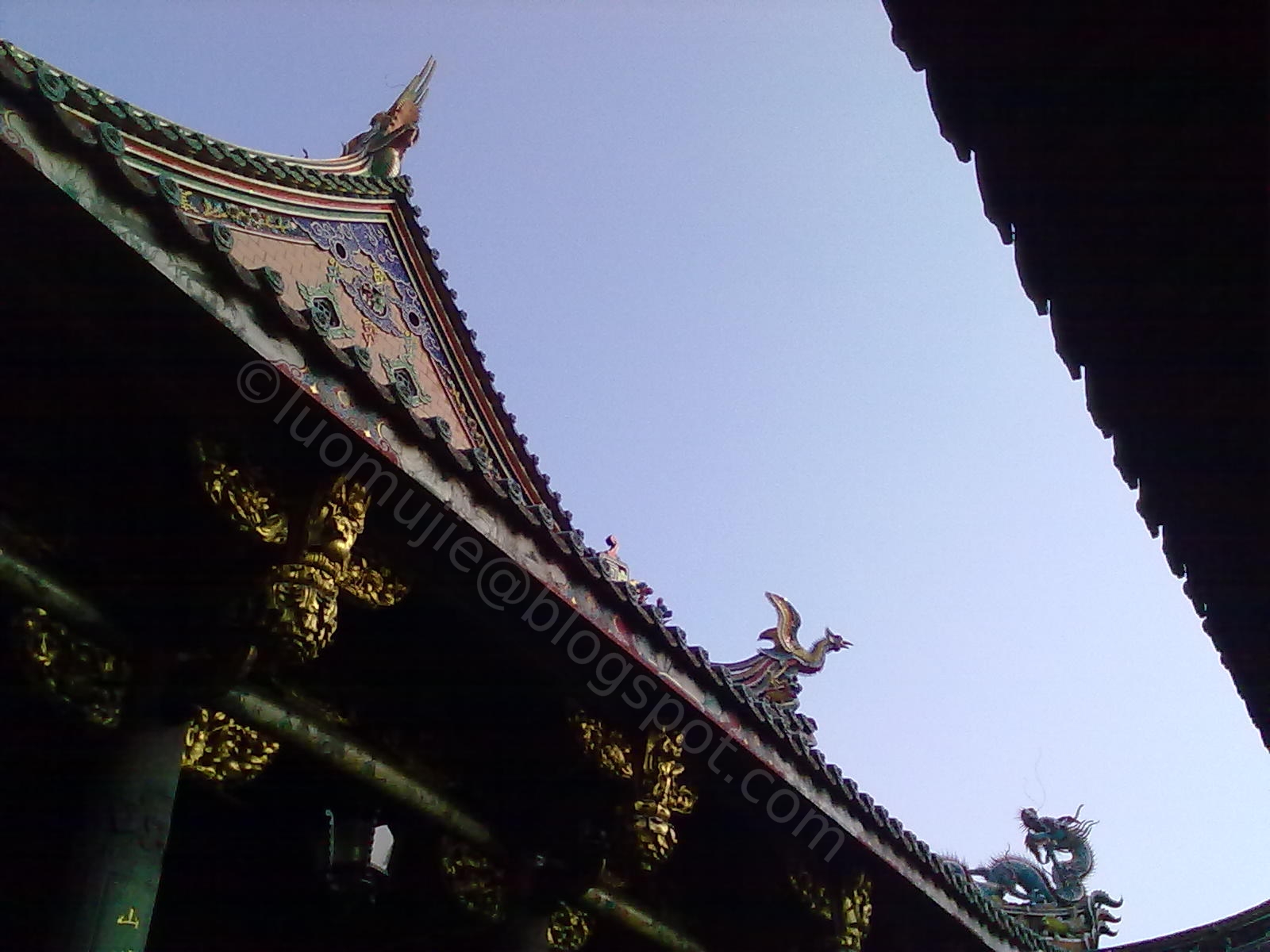
Longshan Temple
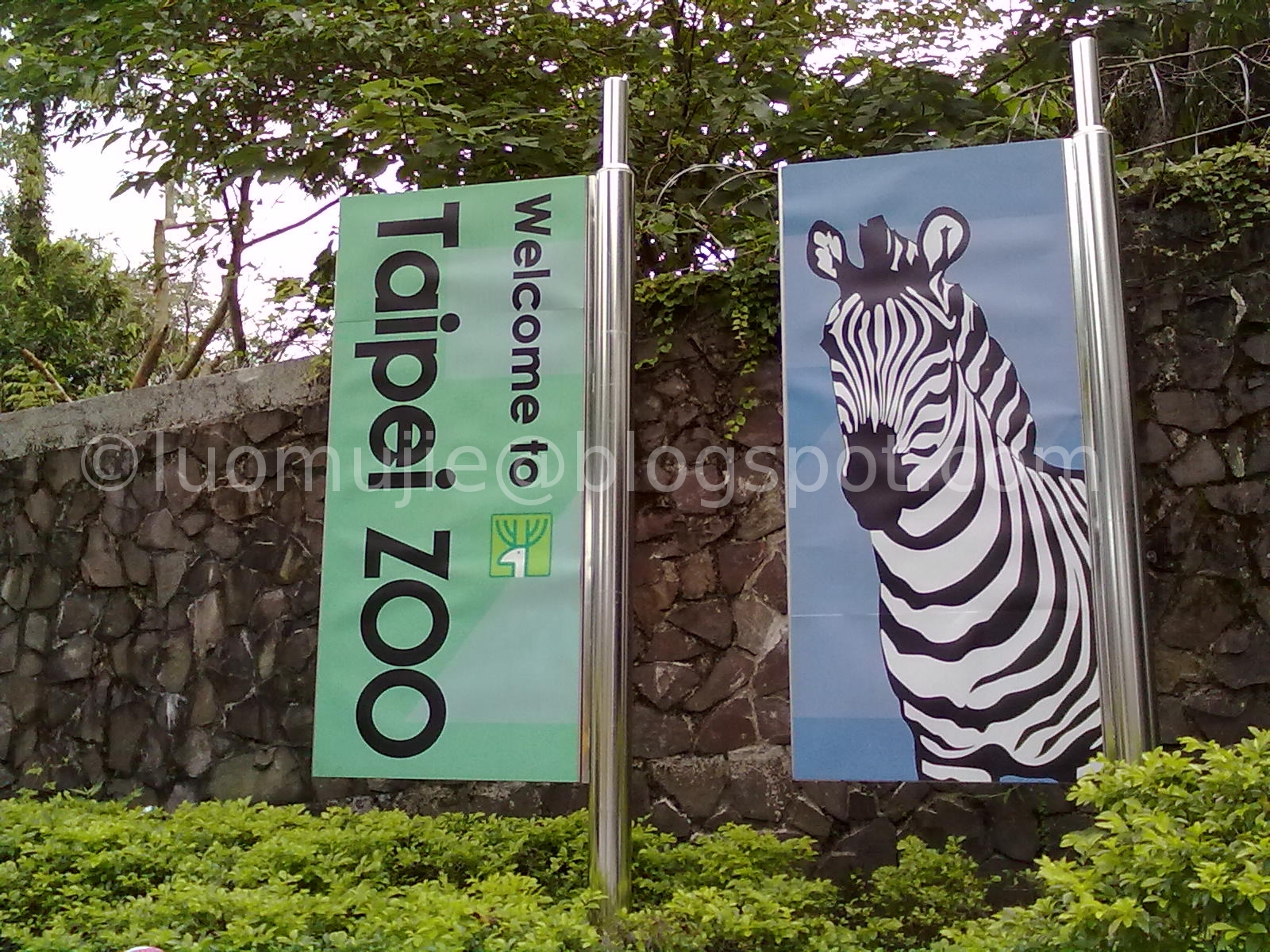
2013 Taipei Zoo

Maokong Gondola

Lupin flowers
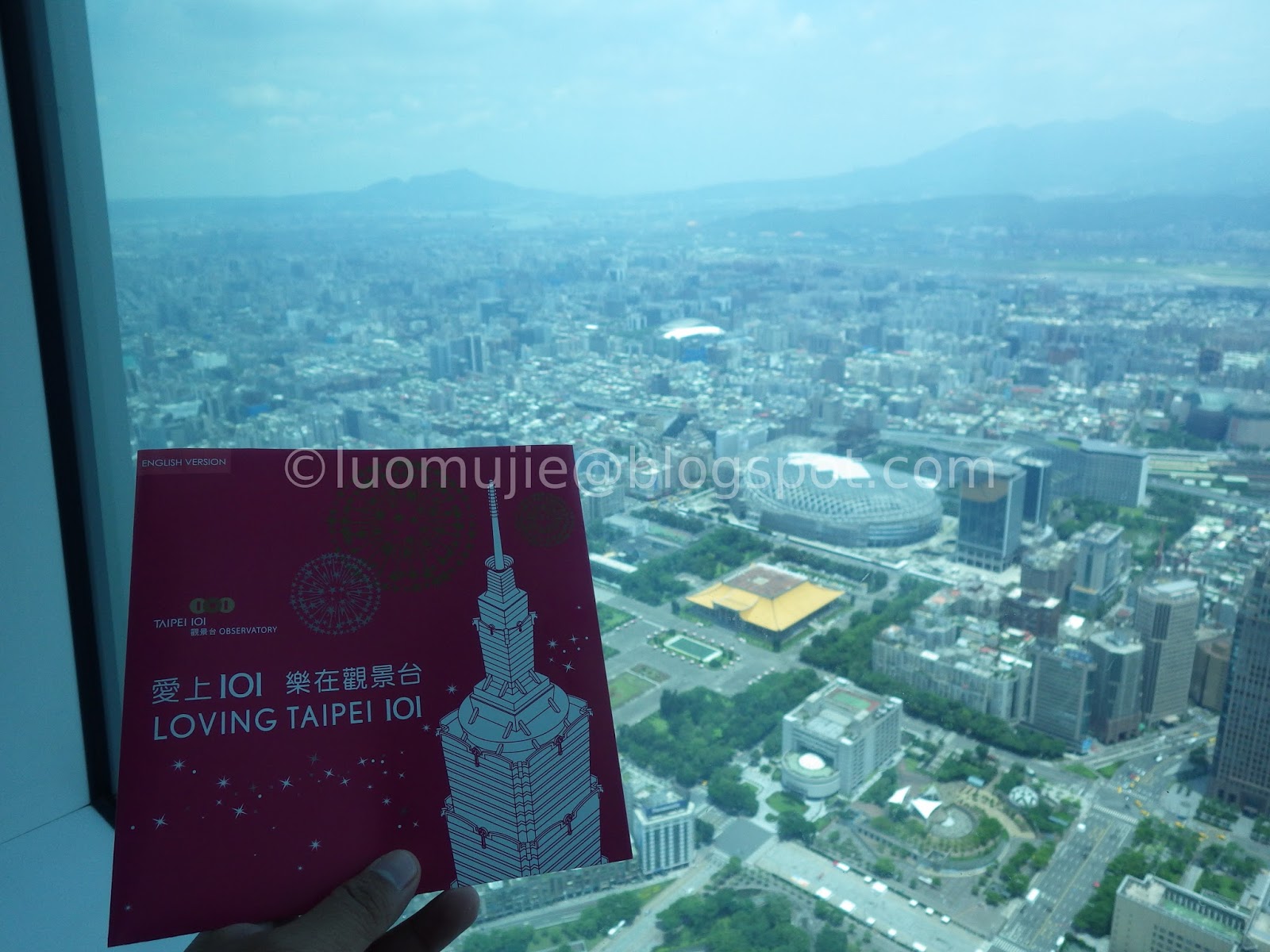
Taipei 101 day visit

Taipei 101 night visit

Tiger Mountain

Din Tai Fung
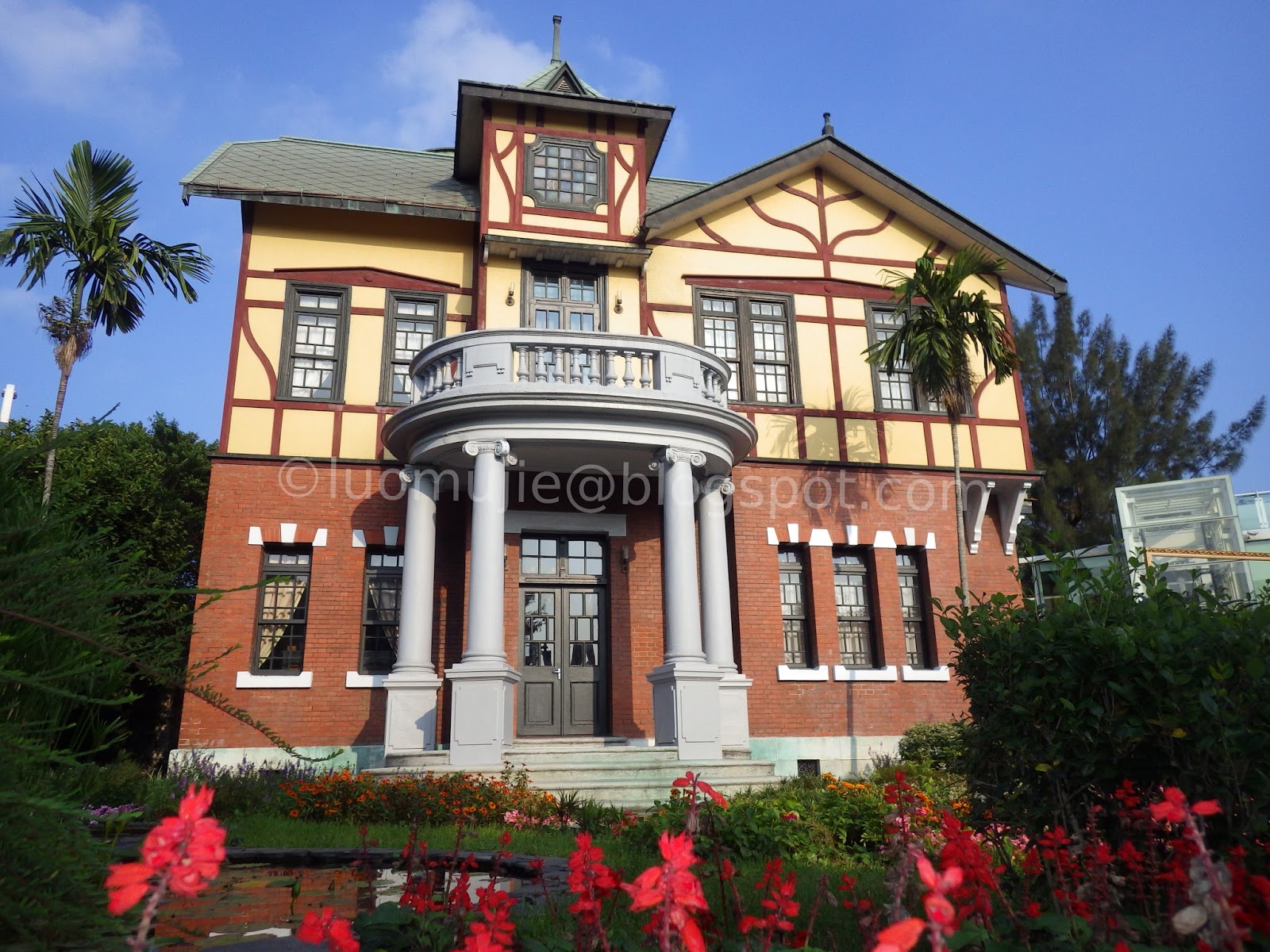
Taipei Story House
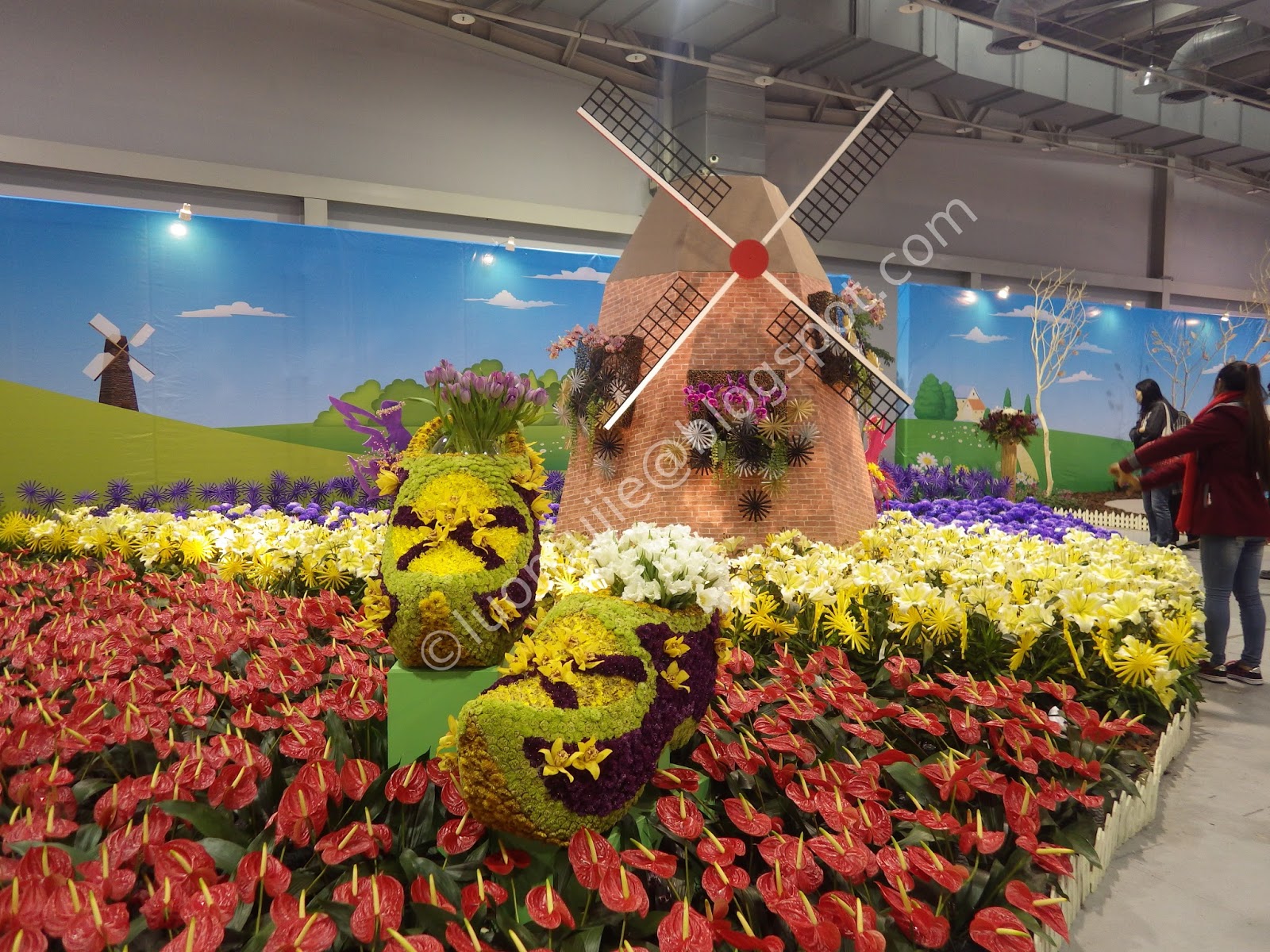
2014 Flower Show

Chrysanthemum Show
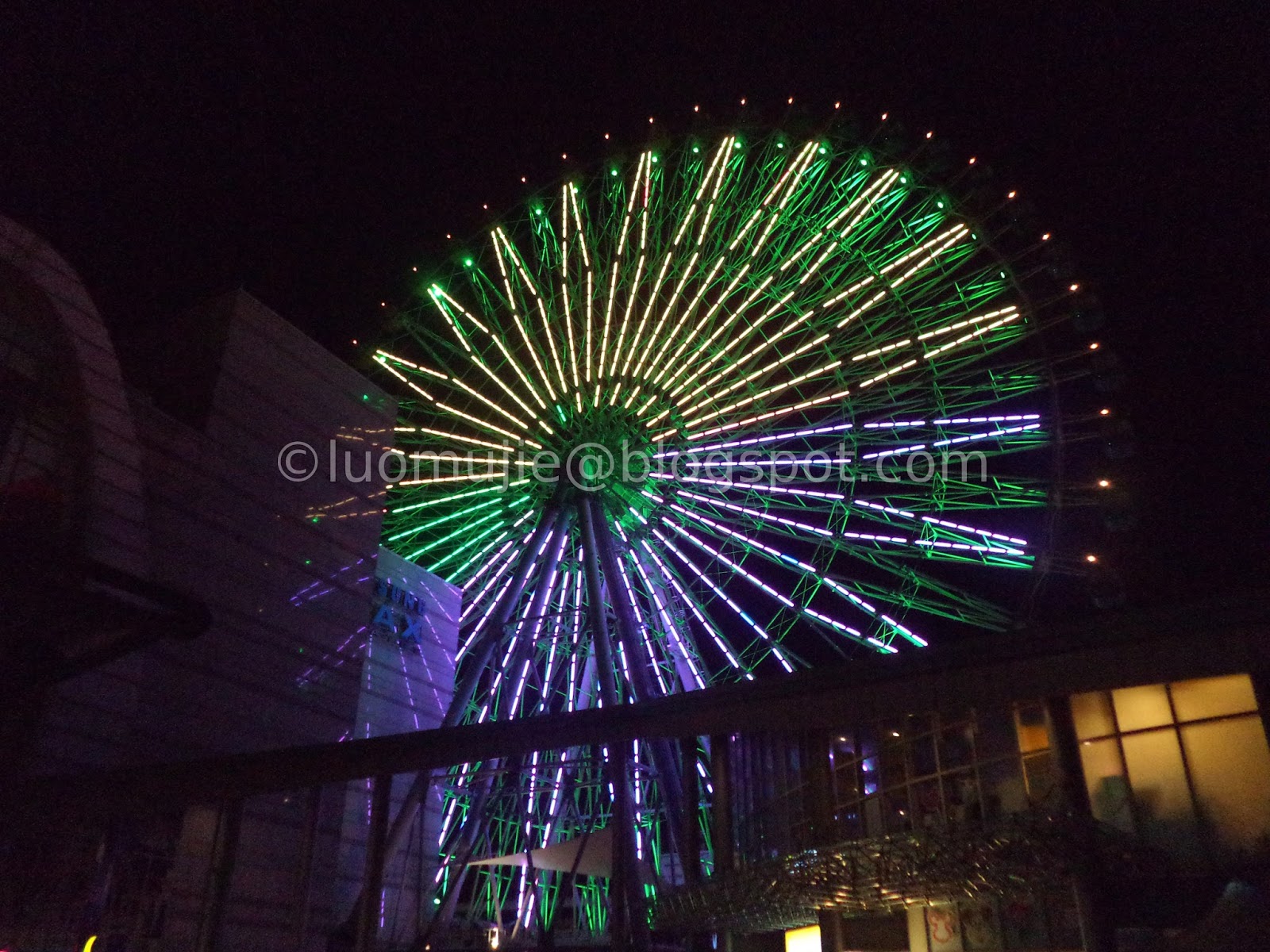
Miramar Ferris wheel

Miniatures Museum

Archery
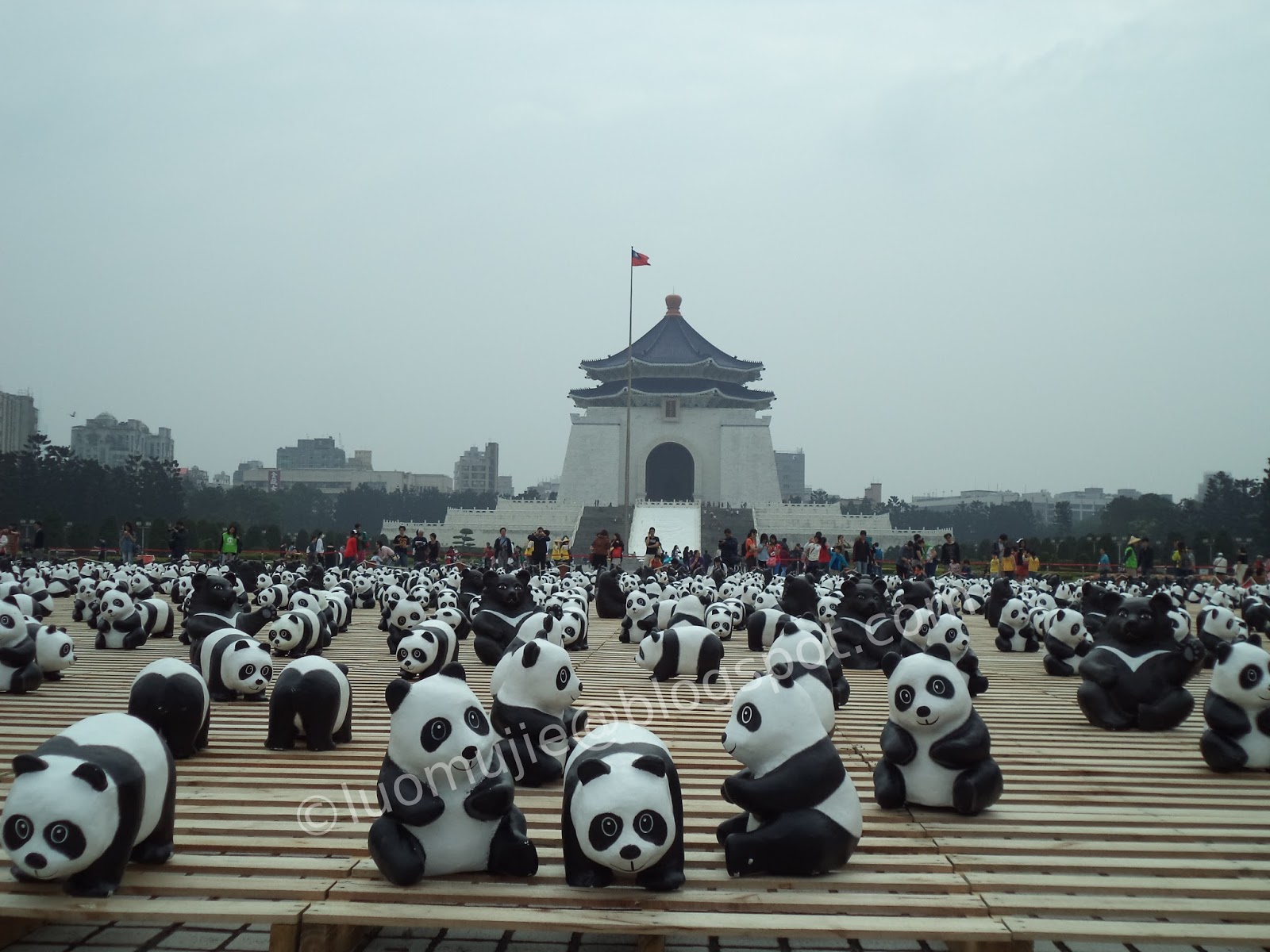
1600 Pandas

Wulaoguo hot pot

Upside Down House

2016 101 Fireworks
New Taipei
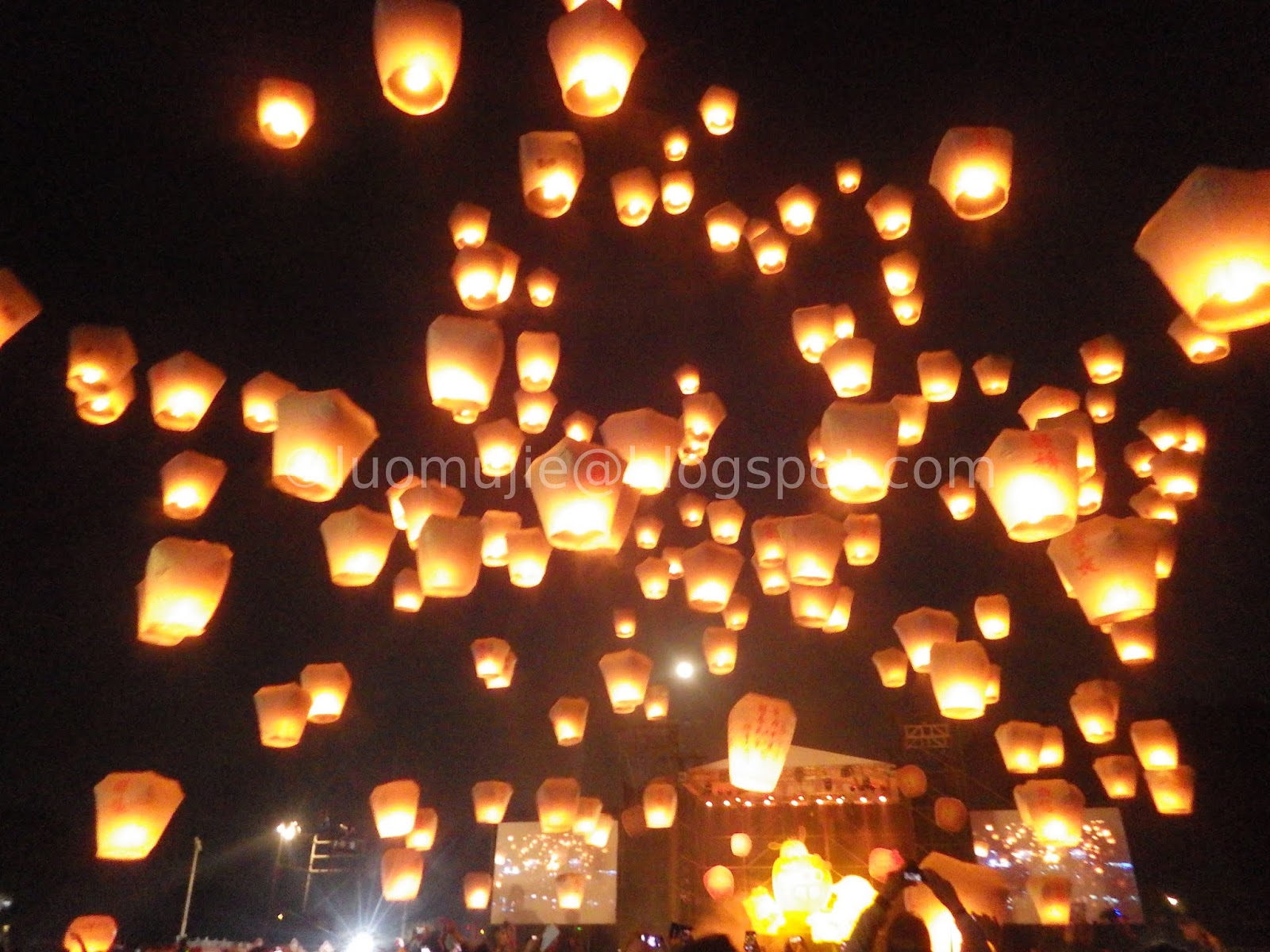
Pingxi Sky Lantern Festival
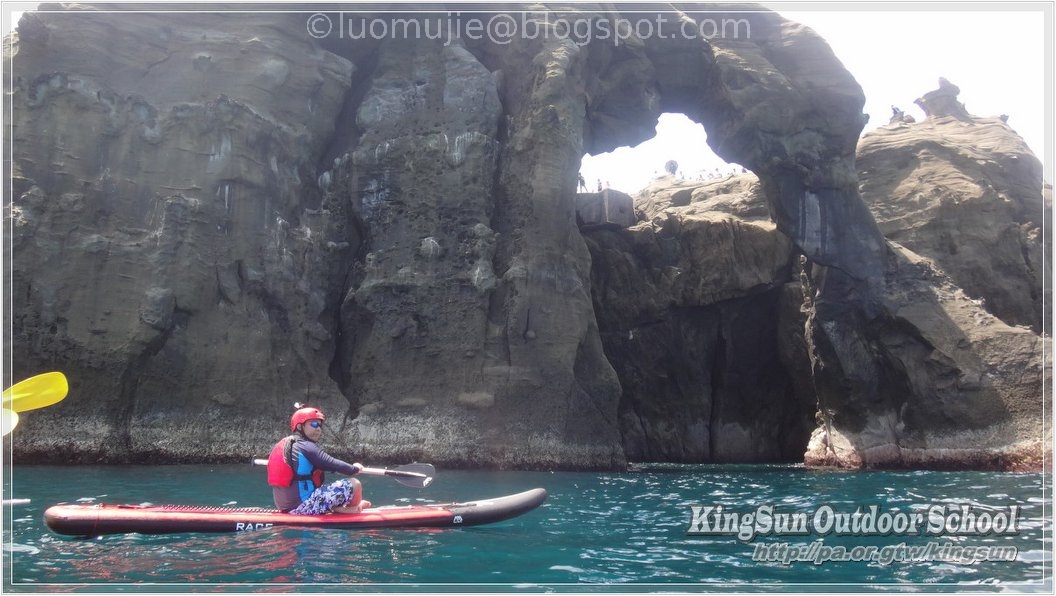
Elephant Rock SUP/kayaking
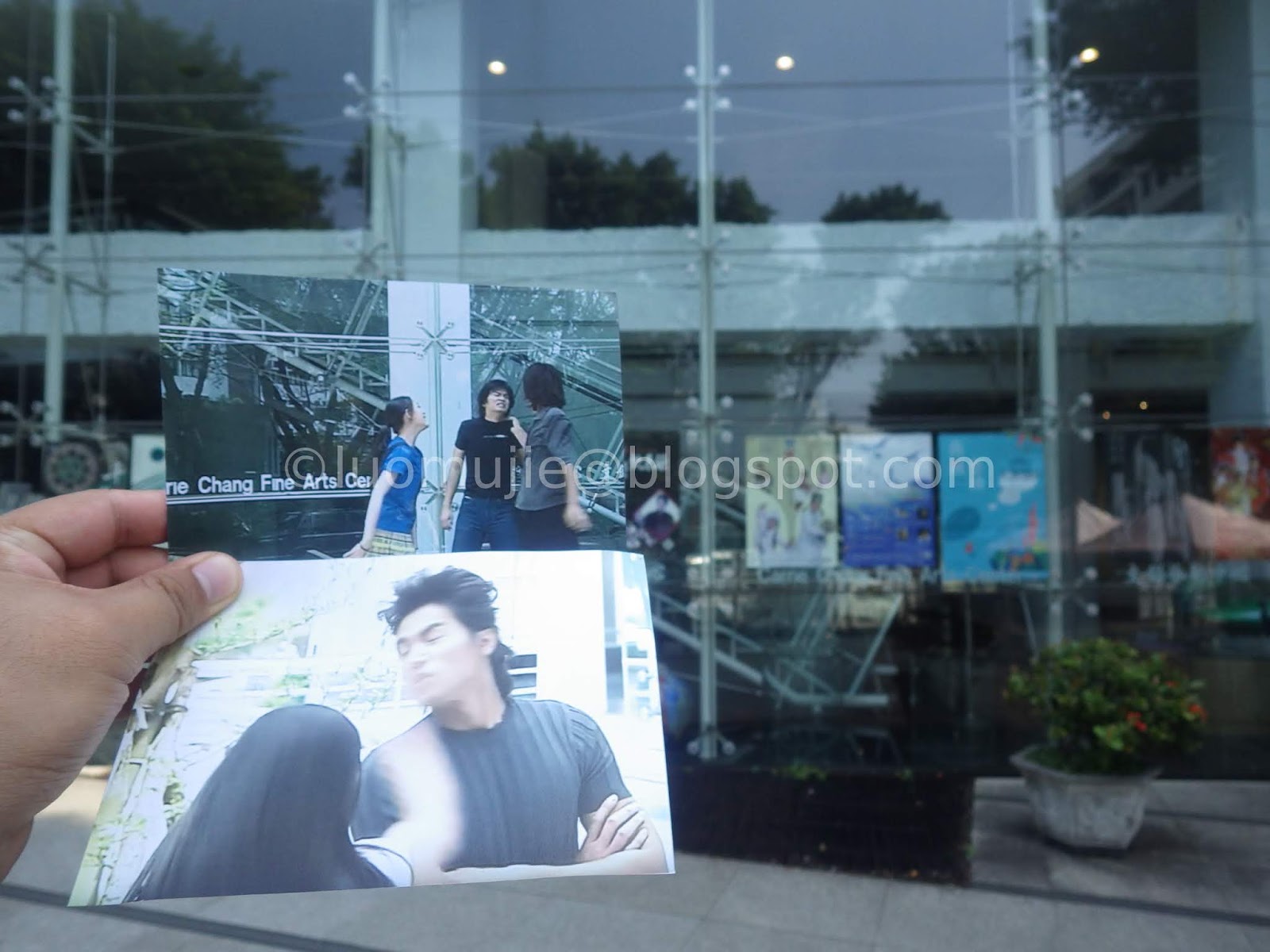
Meteor Garden school

Tamsui Pumpkin Tunnel
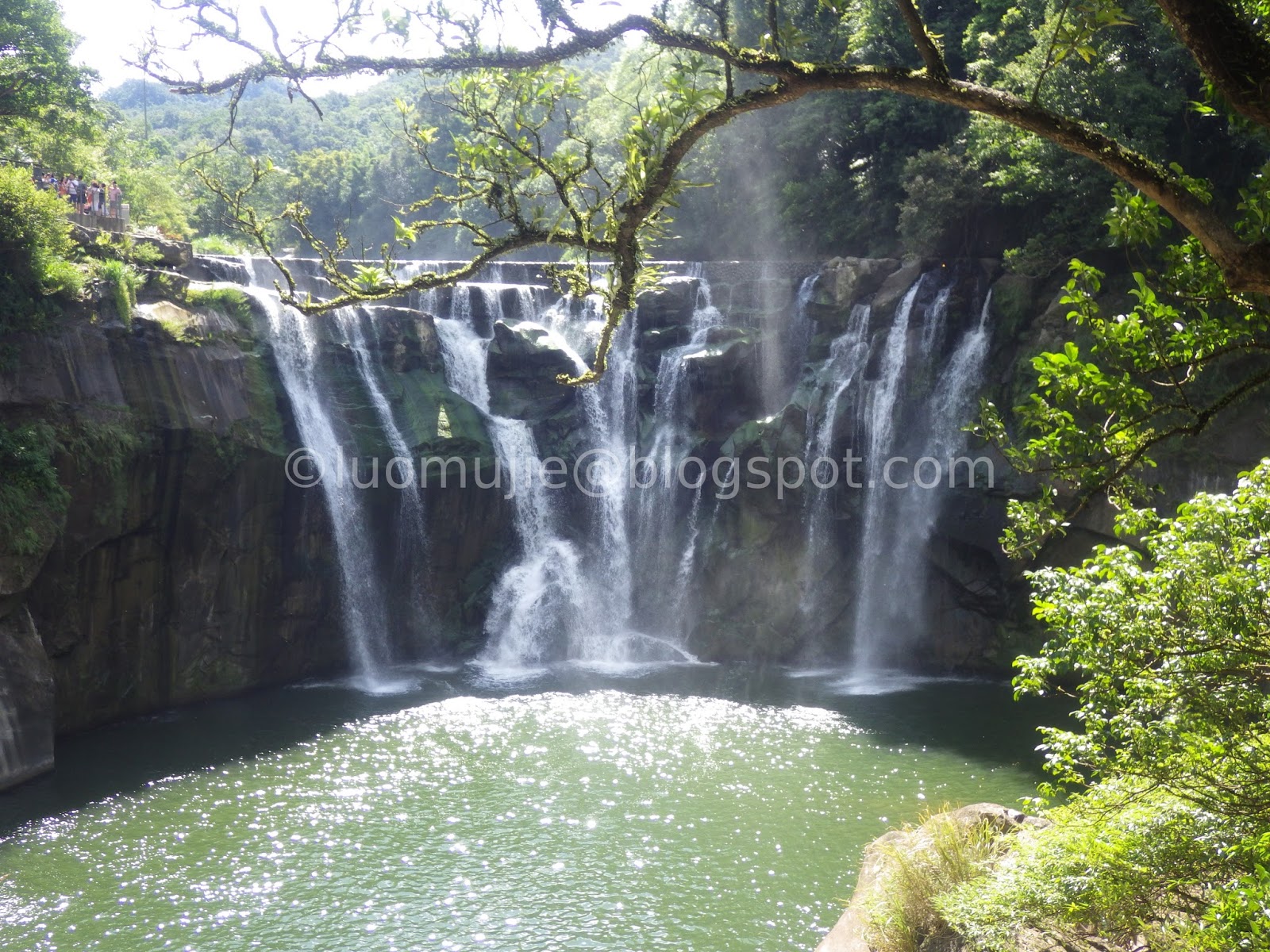
Shifen Waterfall

2017 Sand Sculpture

Dragon Caves

New Taipei tour

2016 Kite Festival

Pingxi Crags

Bitou Cape

2016 Sand Sculpture
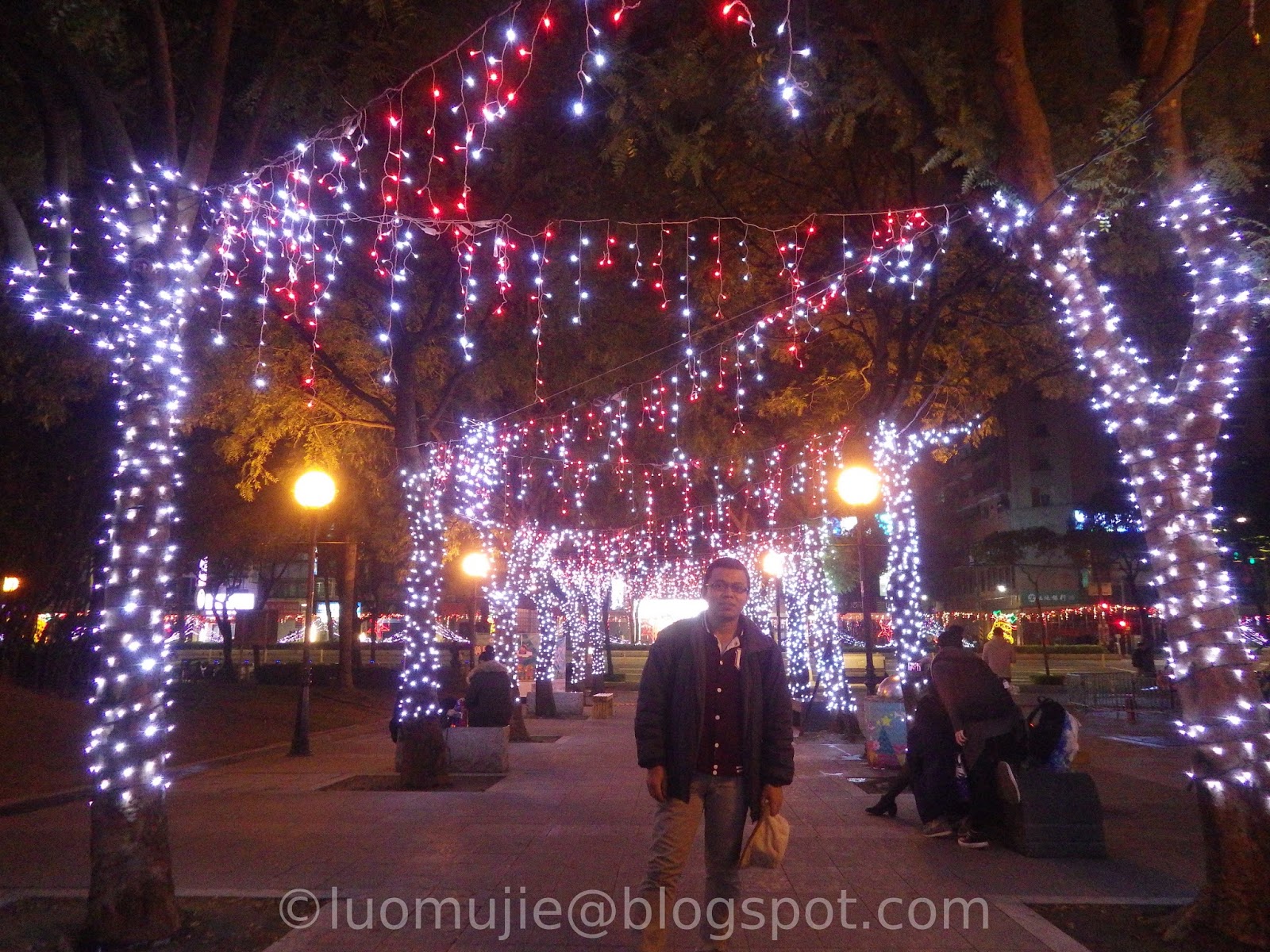
2015 Christmasland

Juming - Jinshan

Houtong - Pingxi

Sandiaoling Waterfall

Jiufen foodtrip
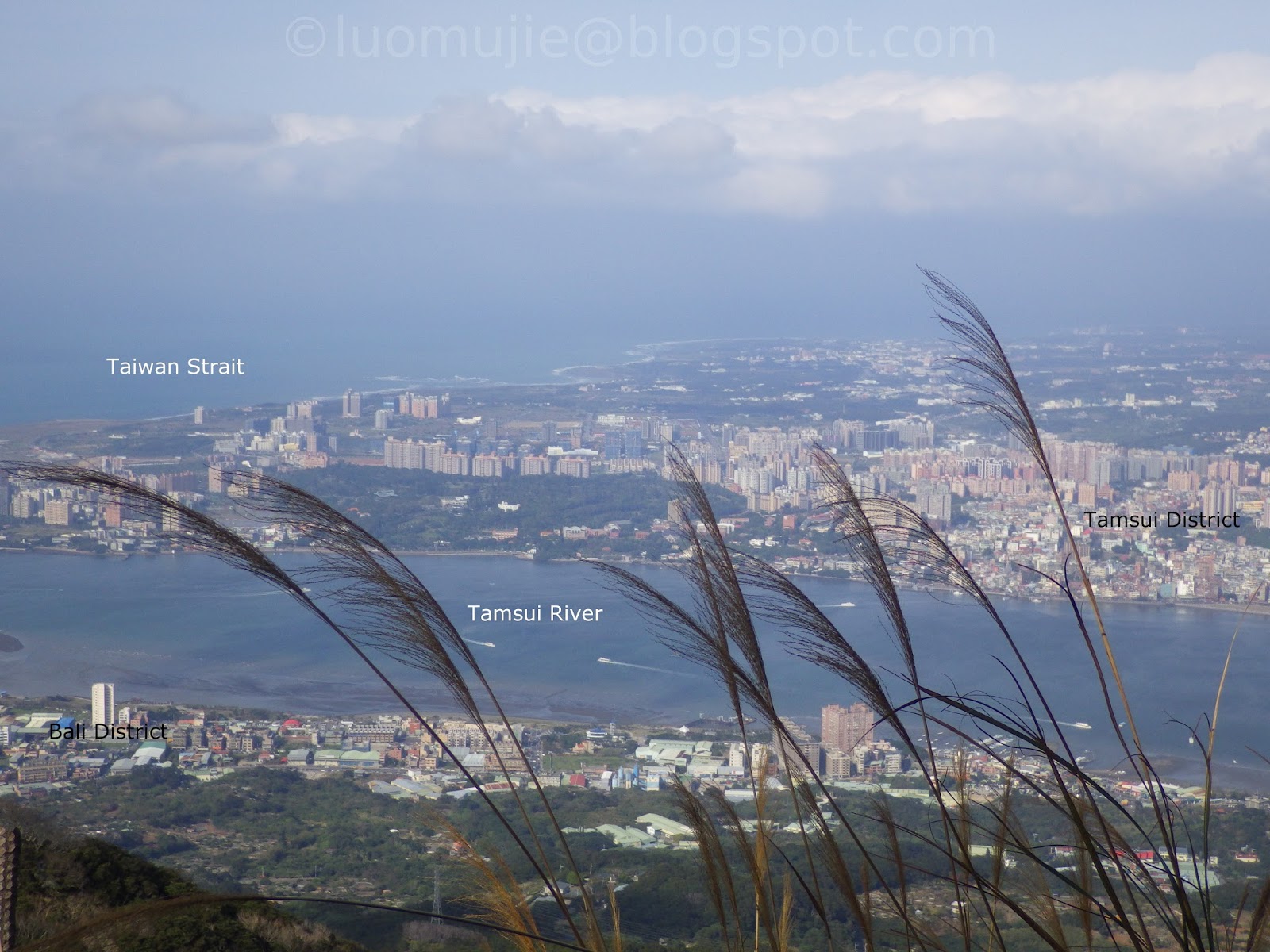
Guanyinshan hike

Yehliu Ocean World

2014 Kite Festival

Pingxi Rail tour

Jinguashi tour
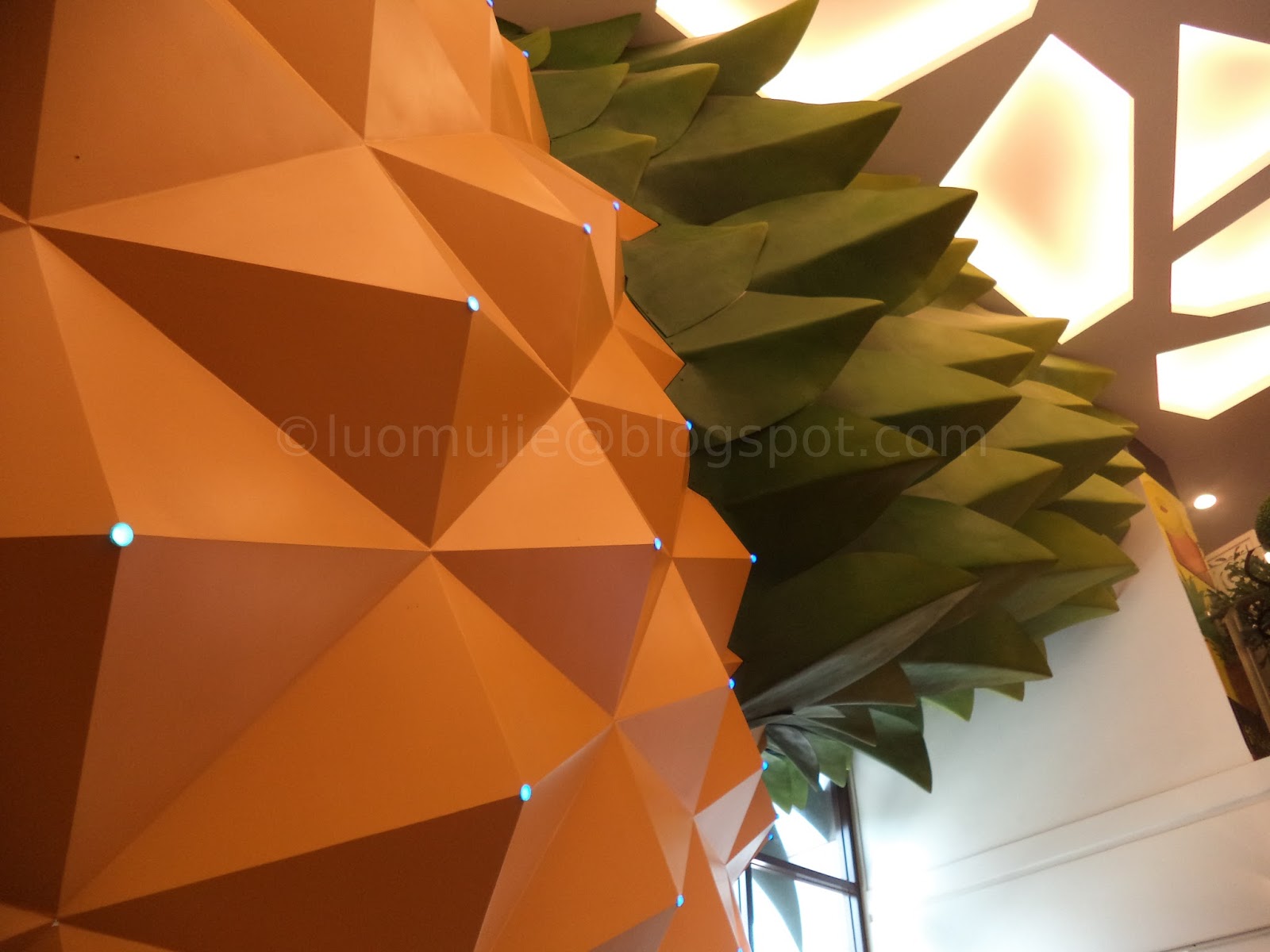
Vigor Kobo Pineapple
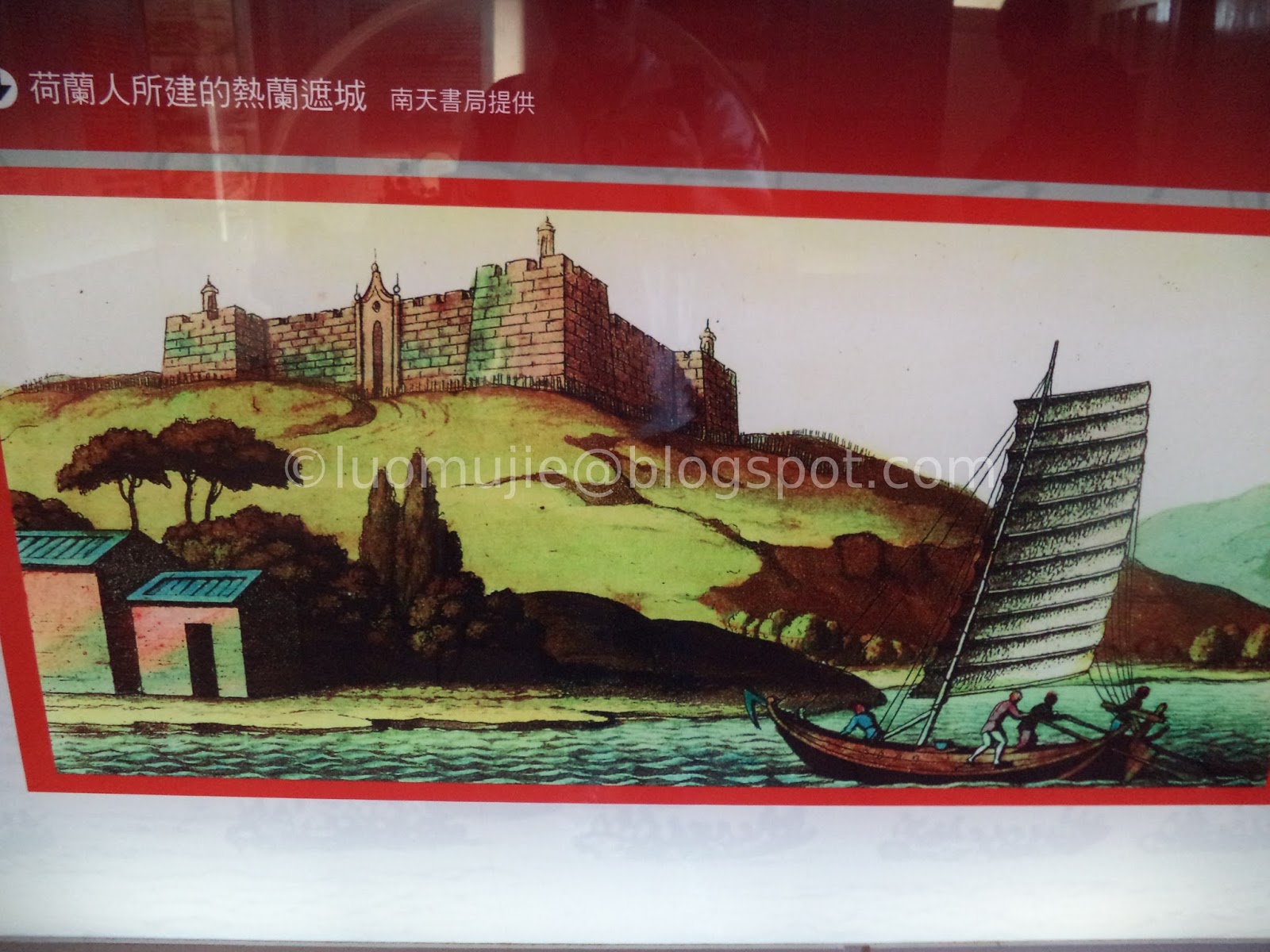
British Consulate
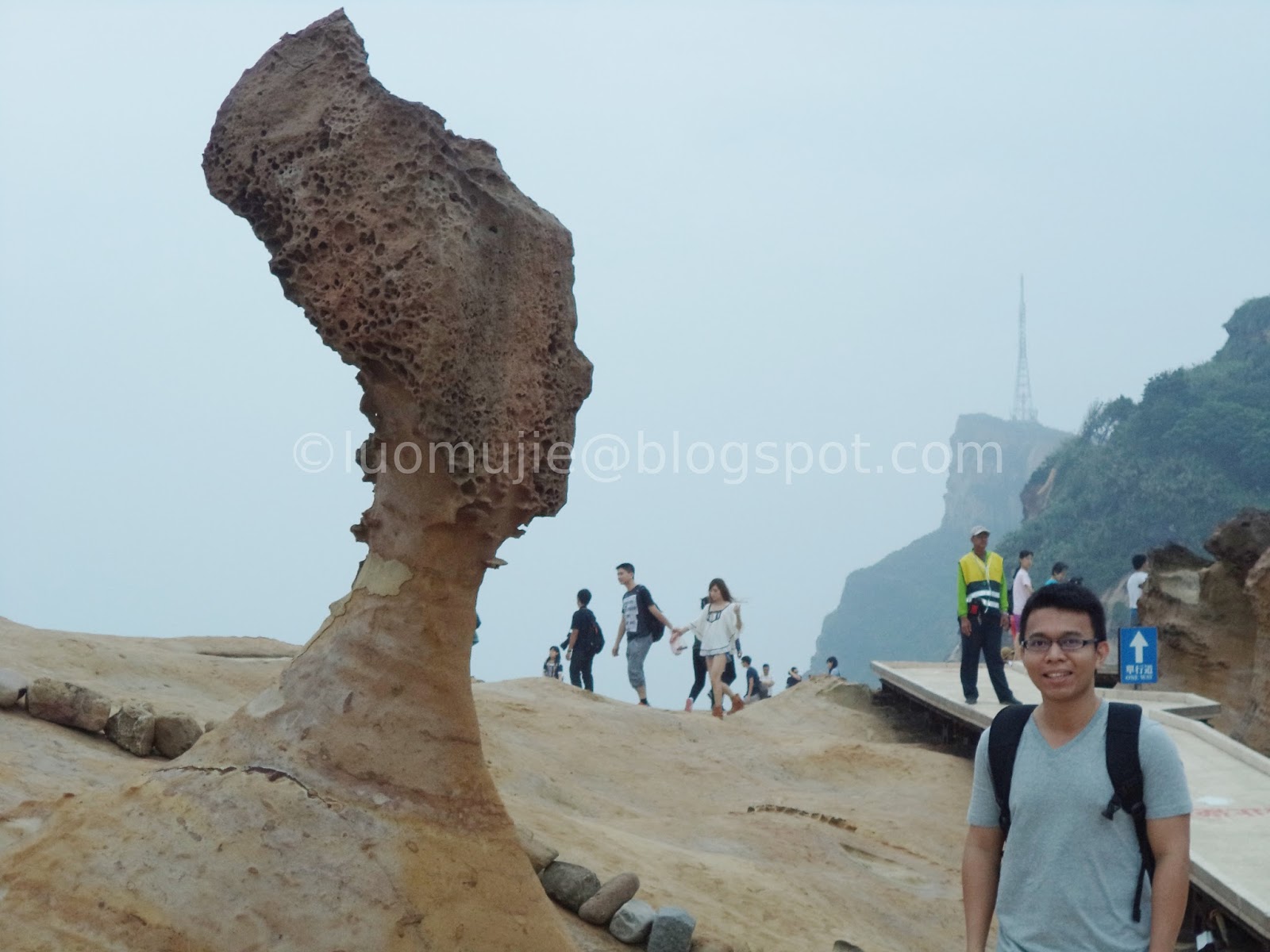
Yehliu Geopark
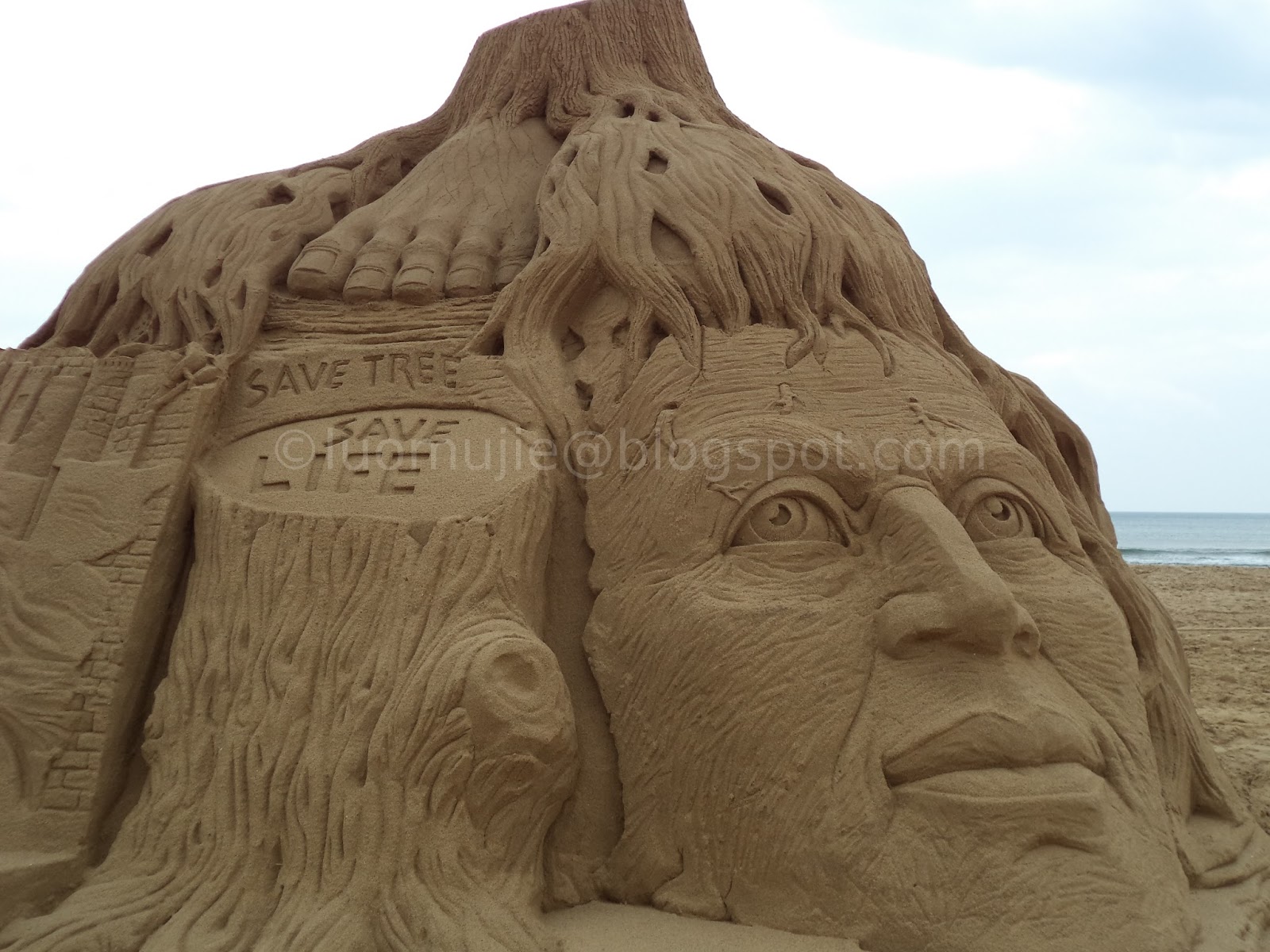
2014 Sand Sculpture

Paragliding
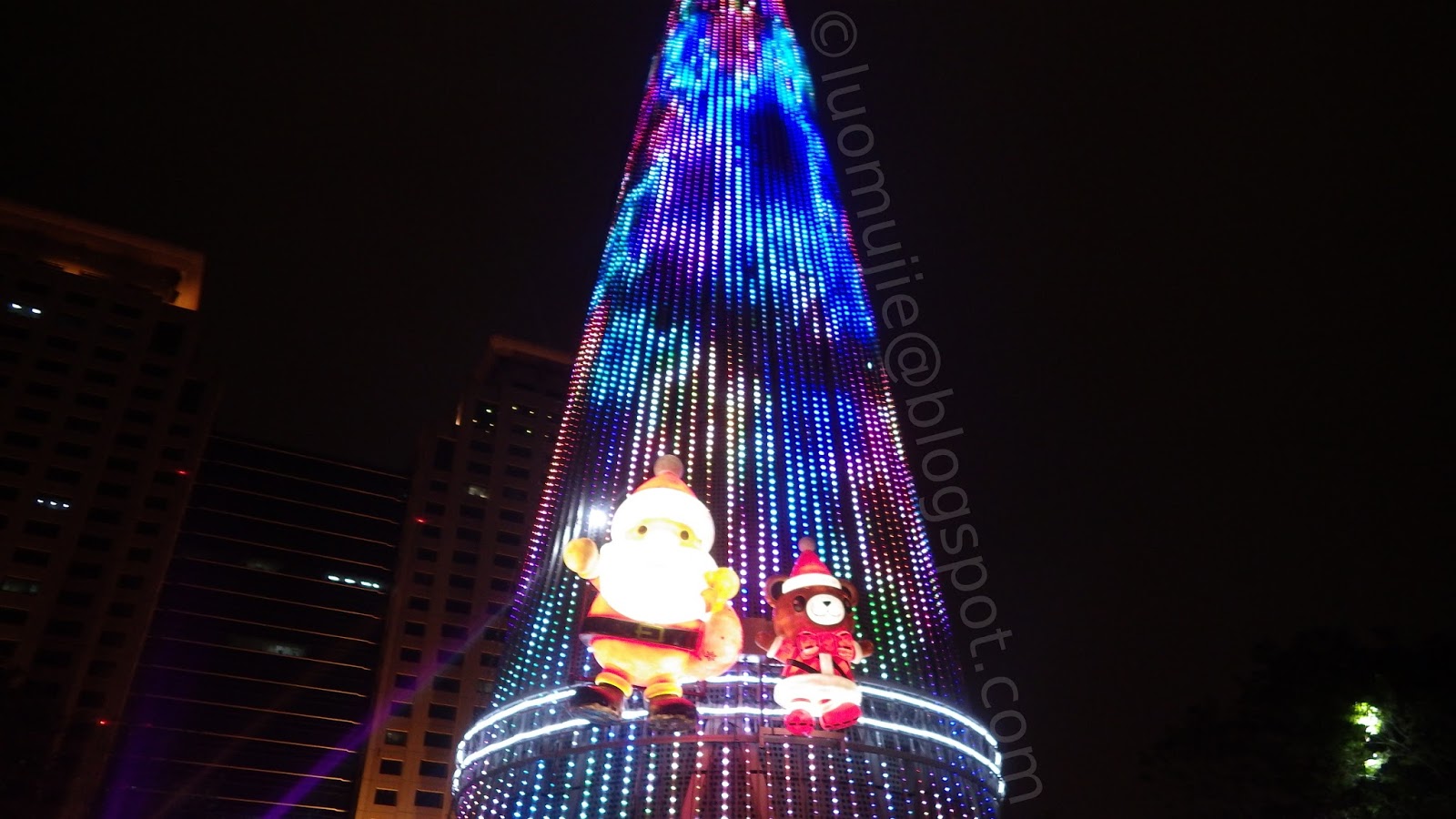
2014 Christmasland

2014 Pingxi Lantern
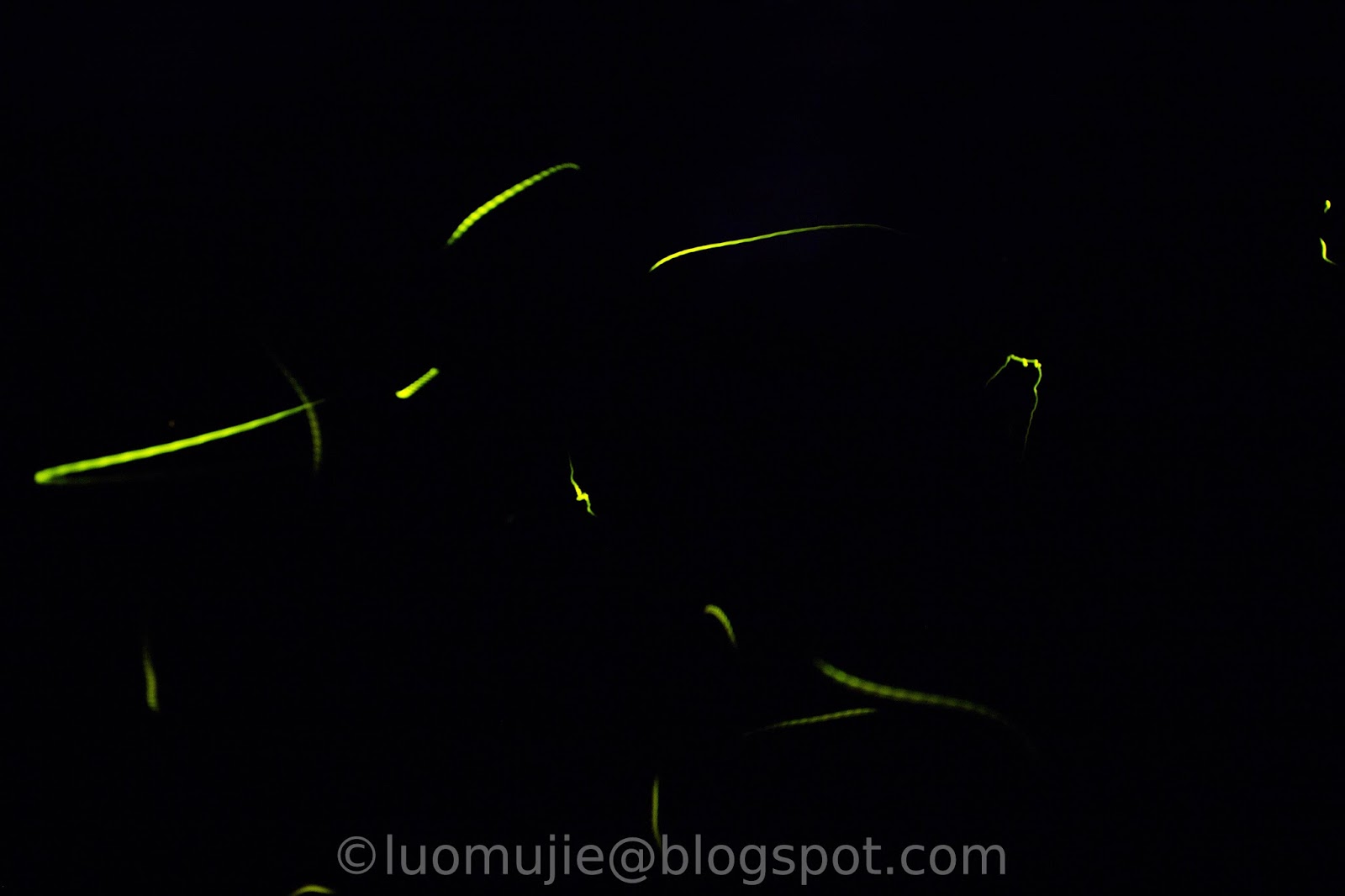
firefly watching

Yingge Ceramics Street

Jiufen tour


























































































































































0 comments:
Post a Comment